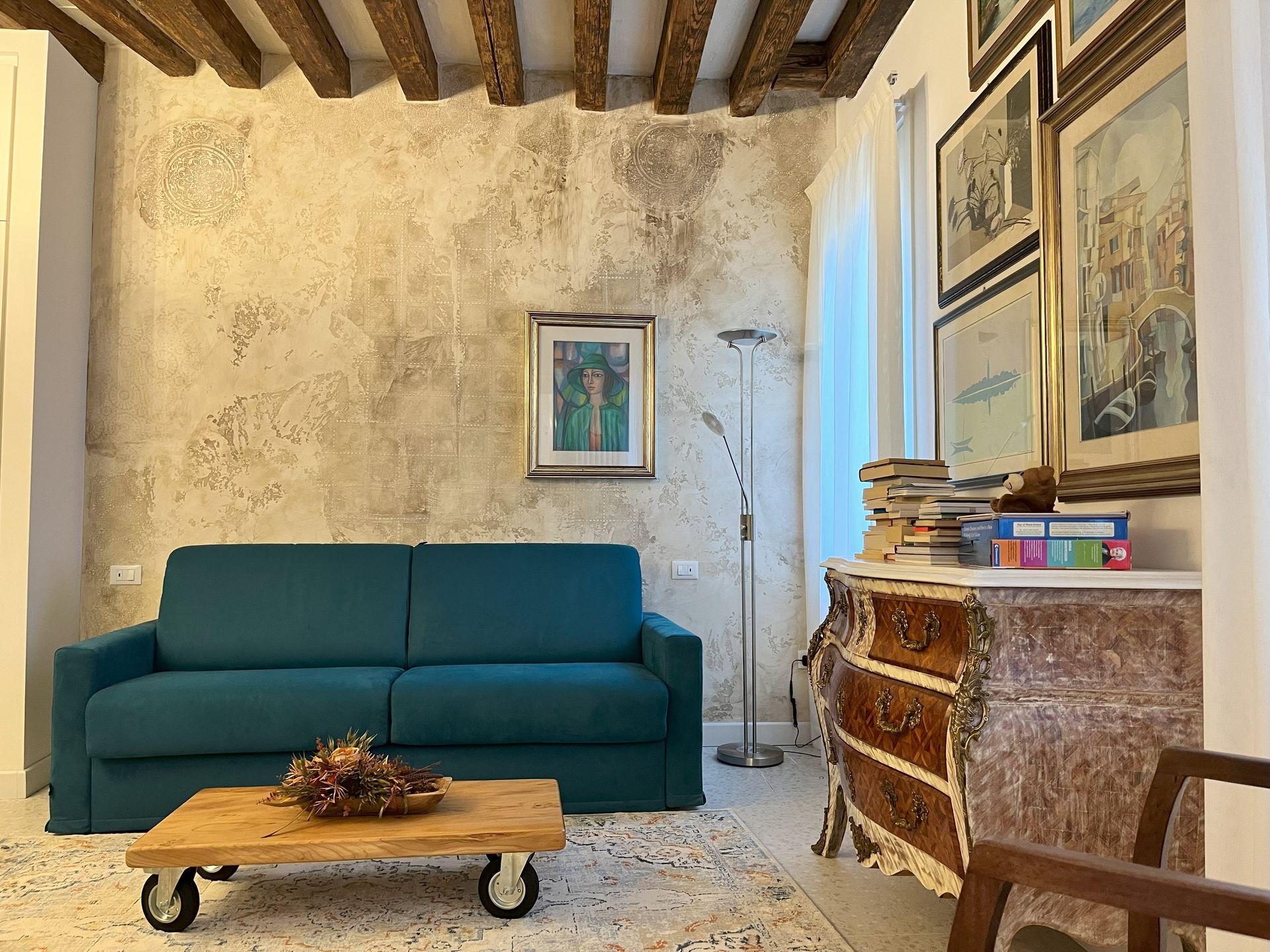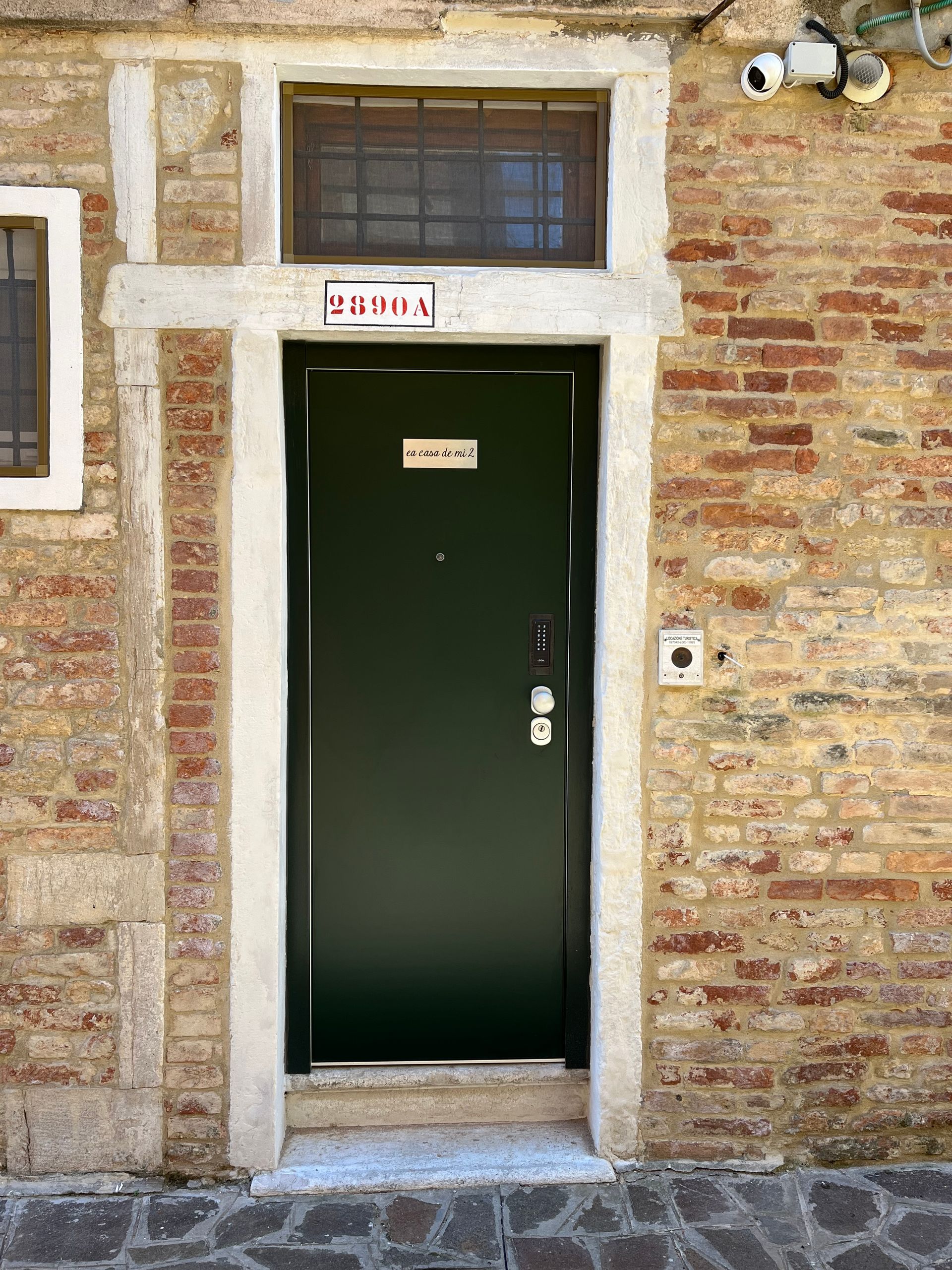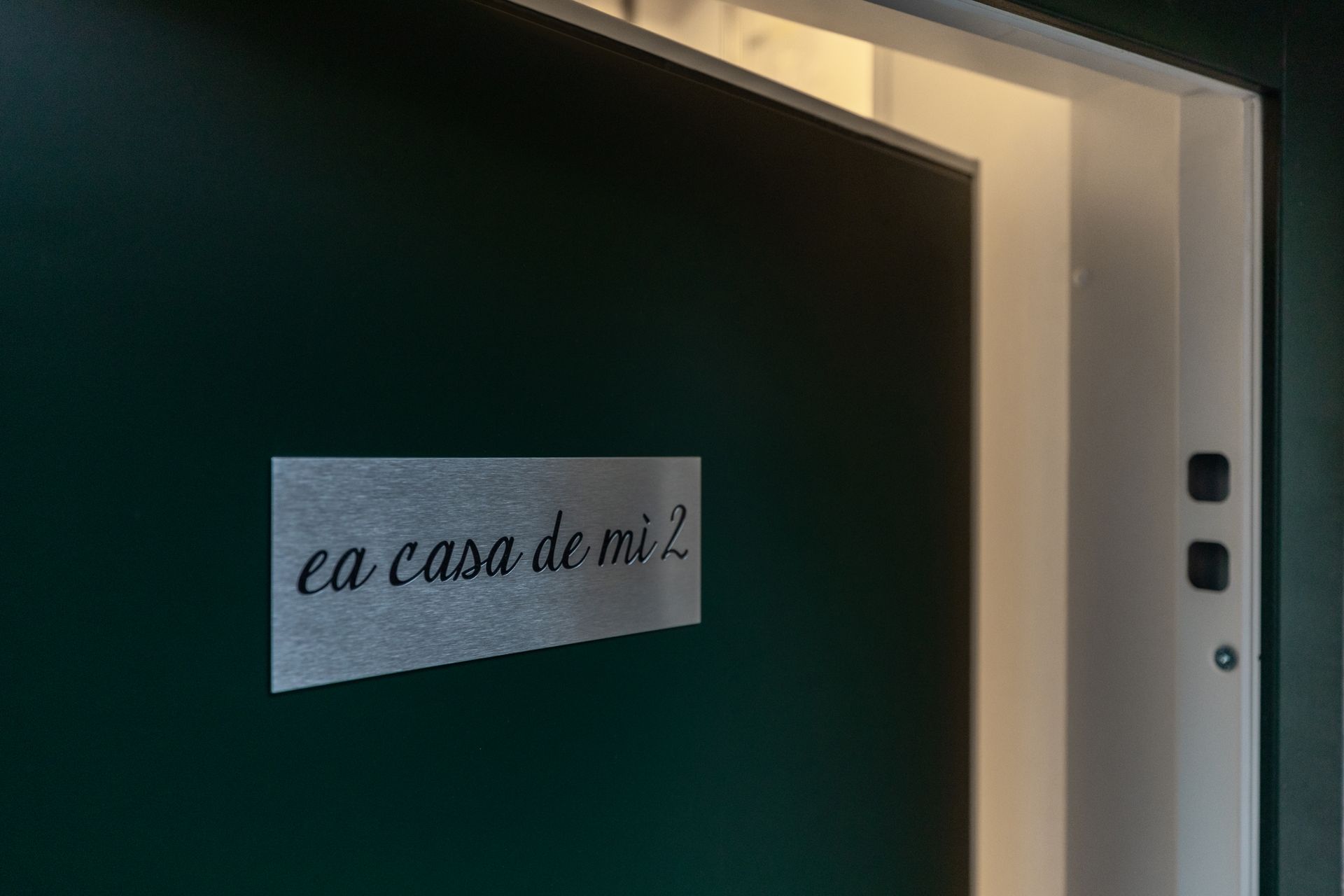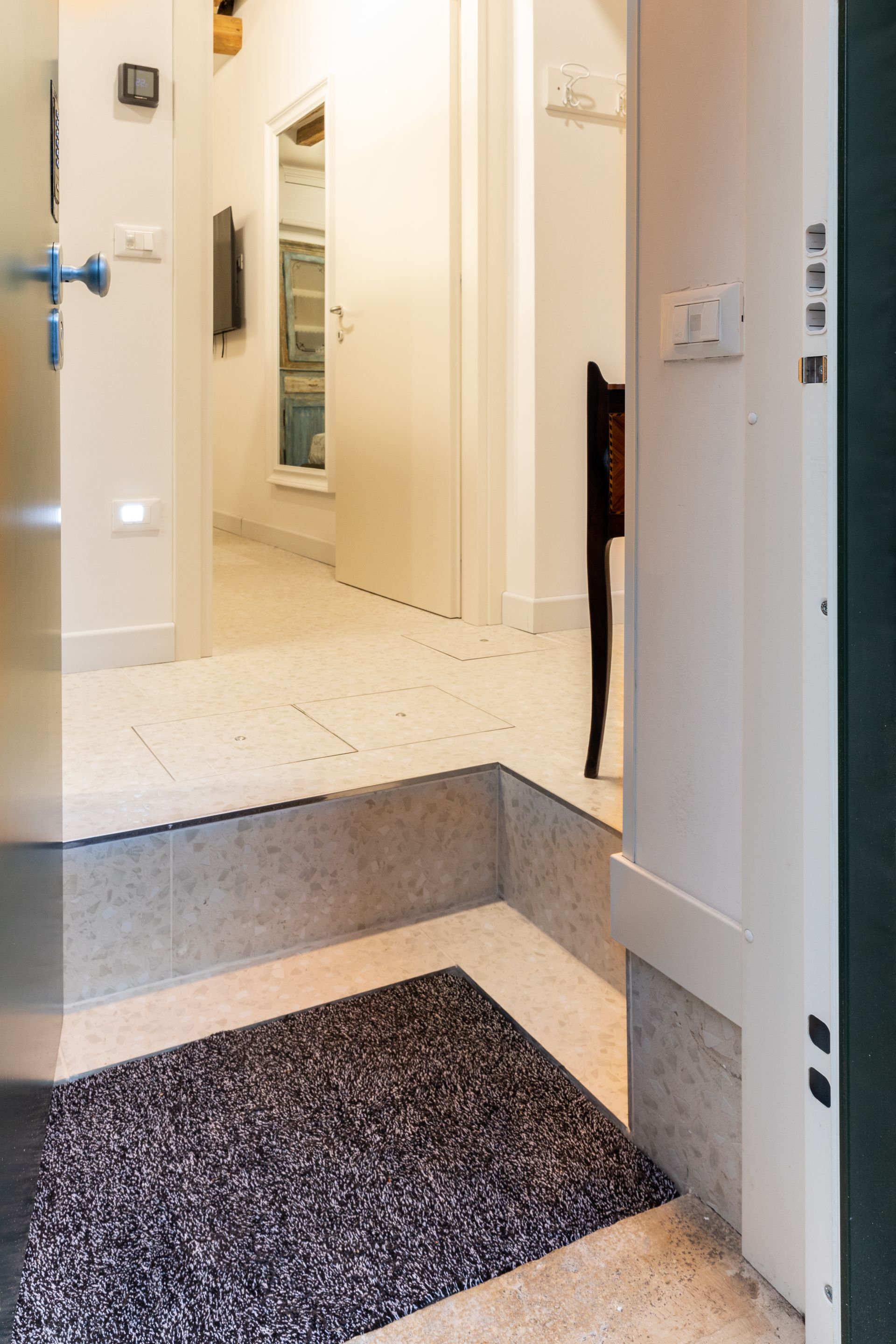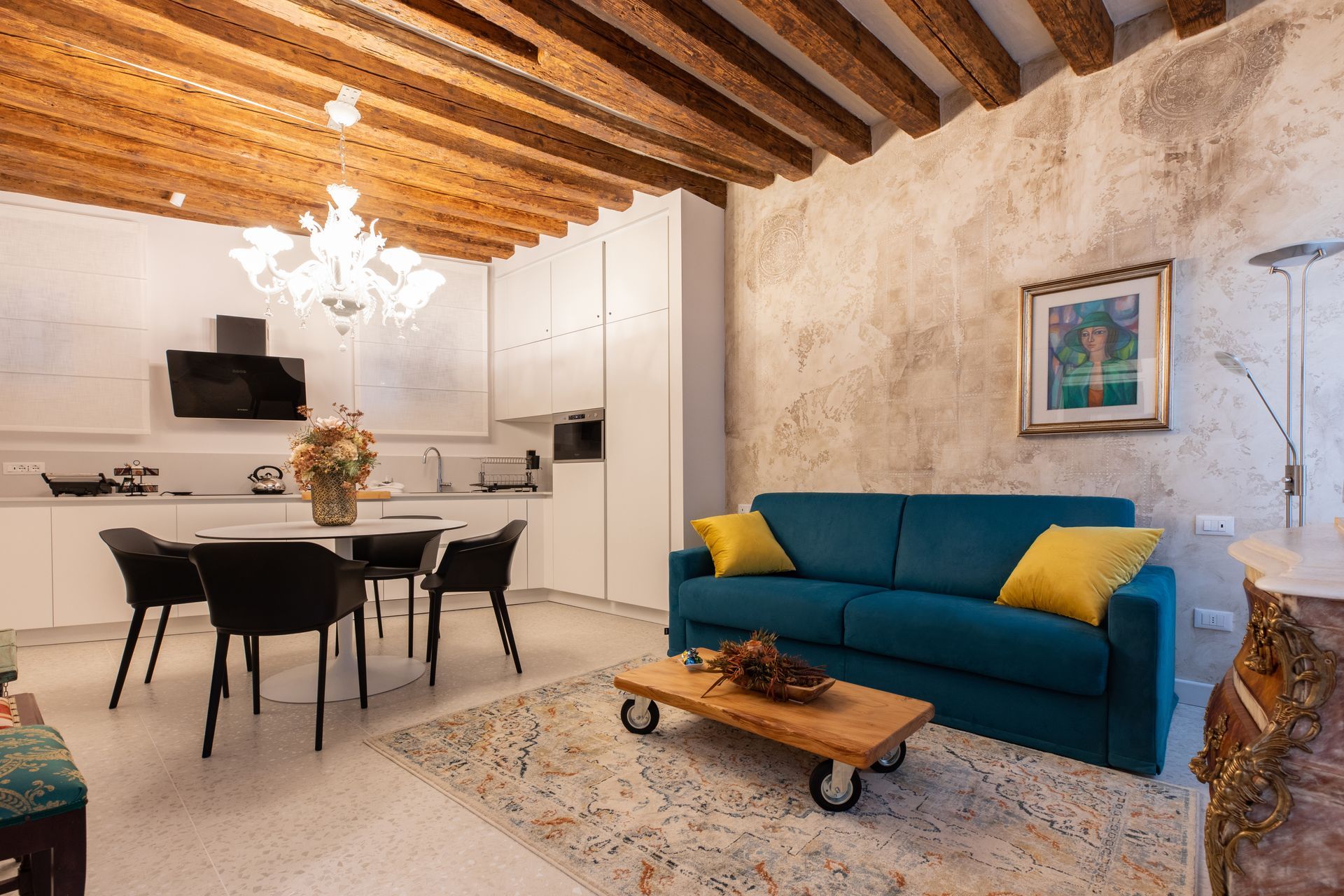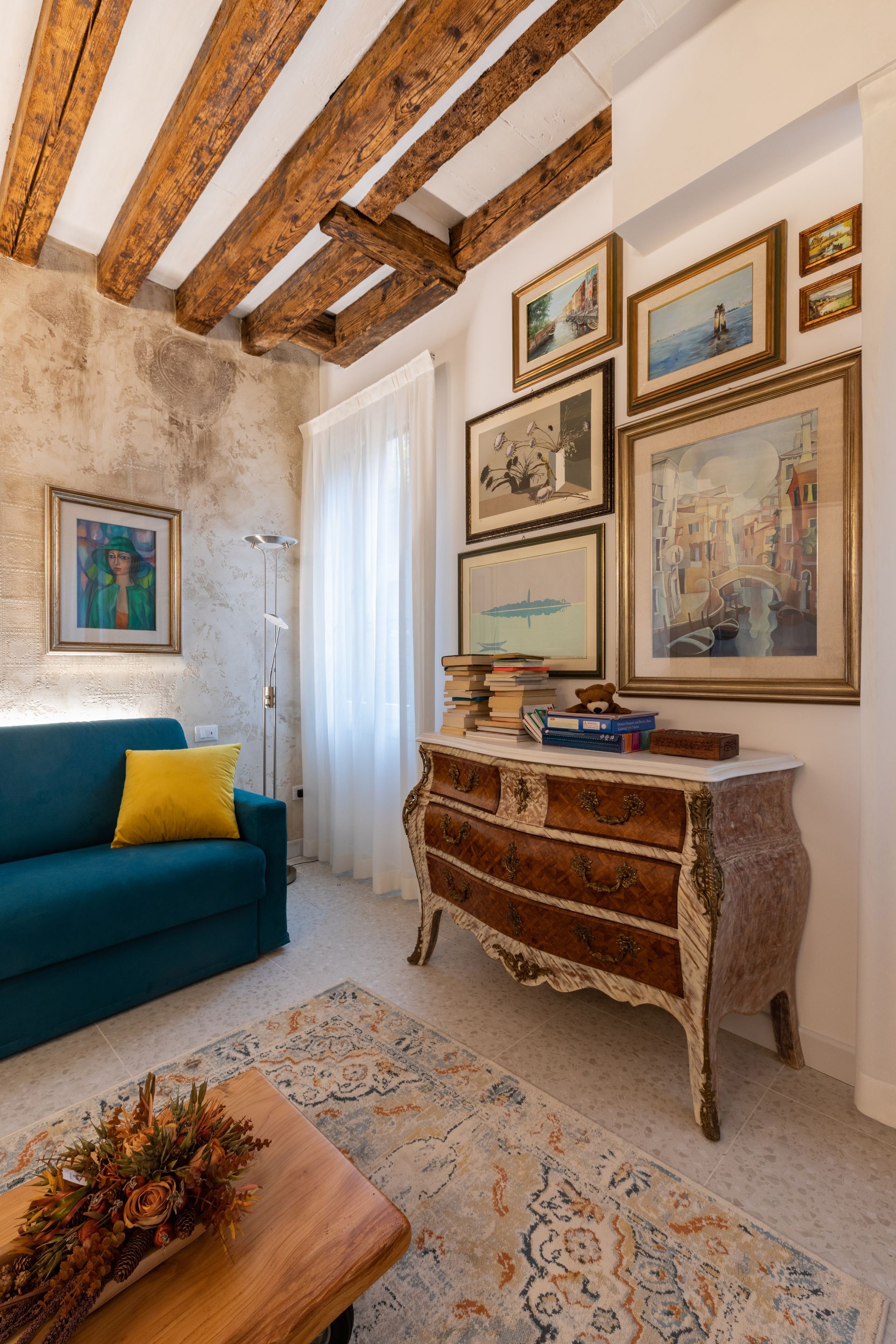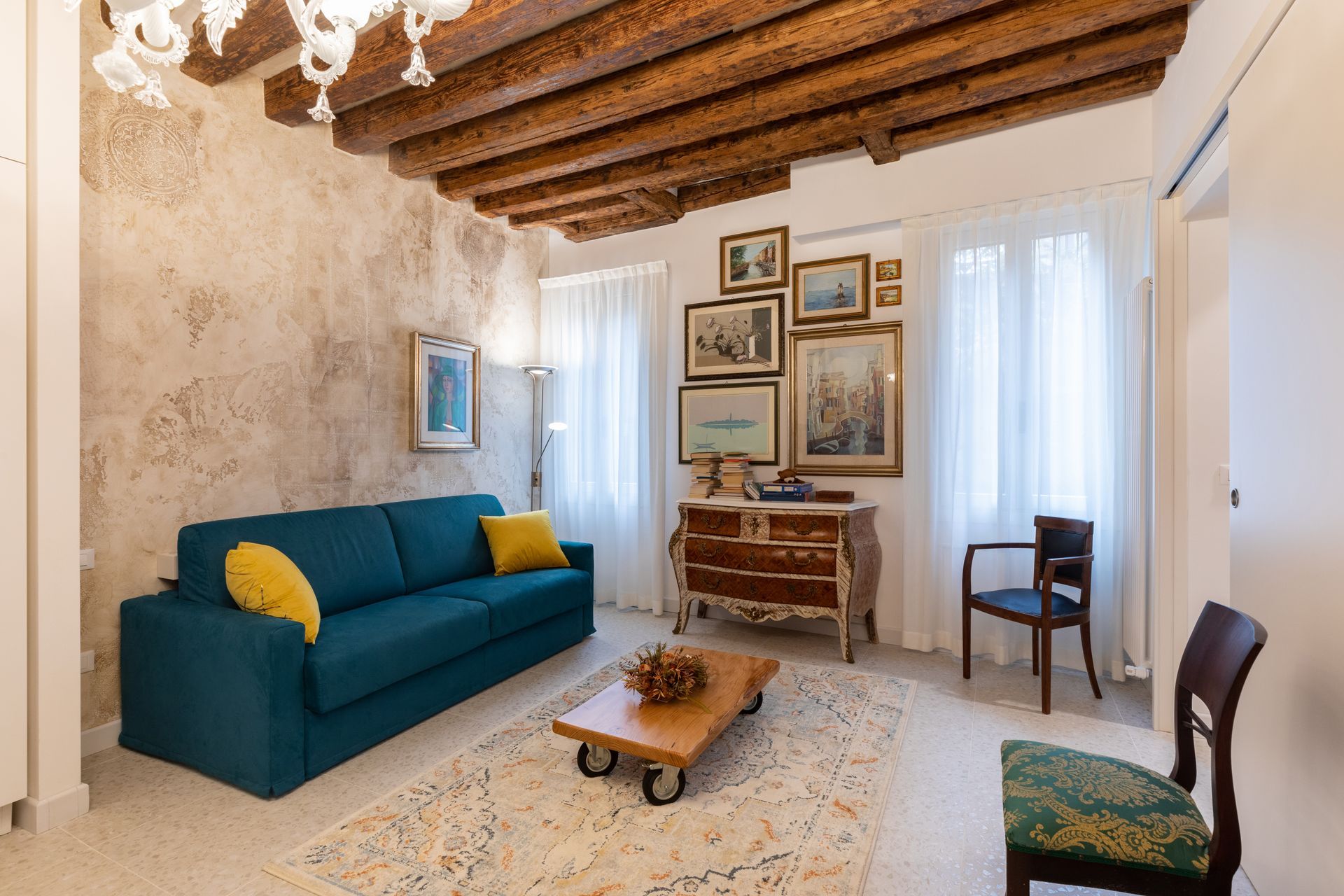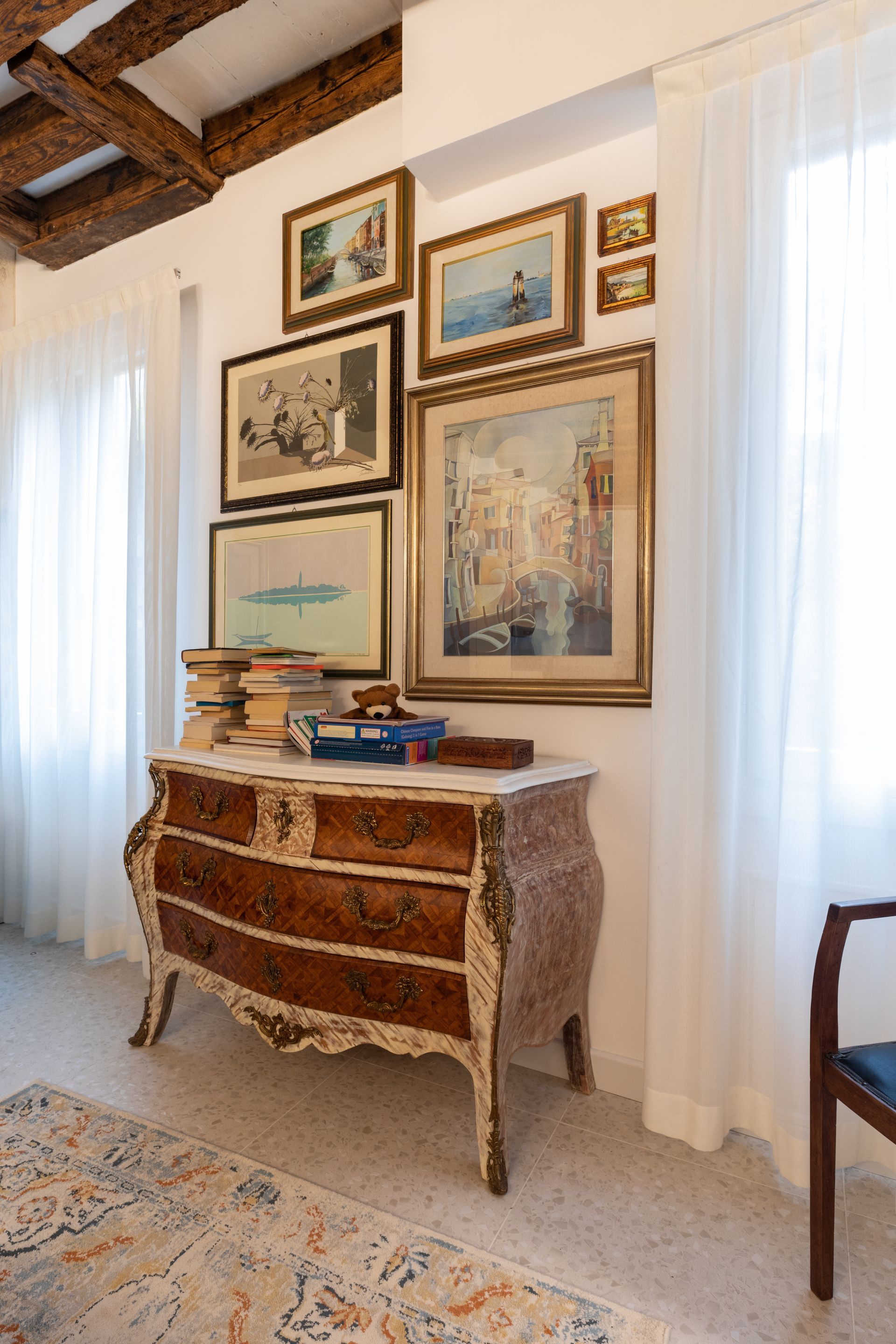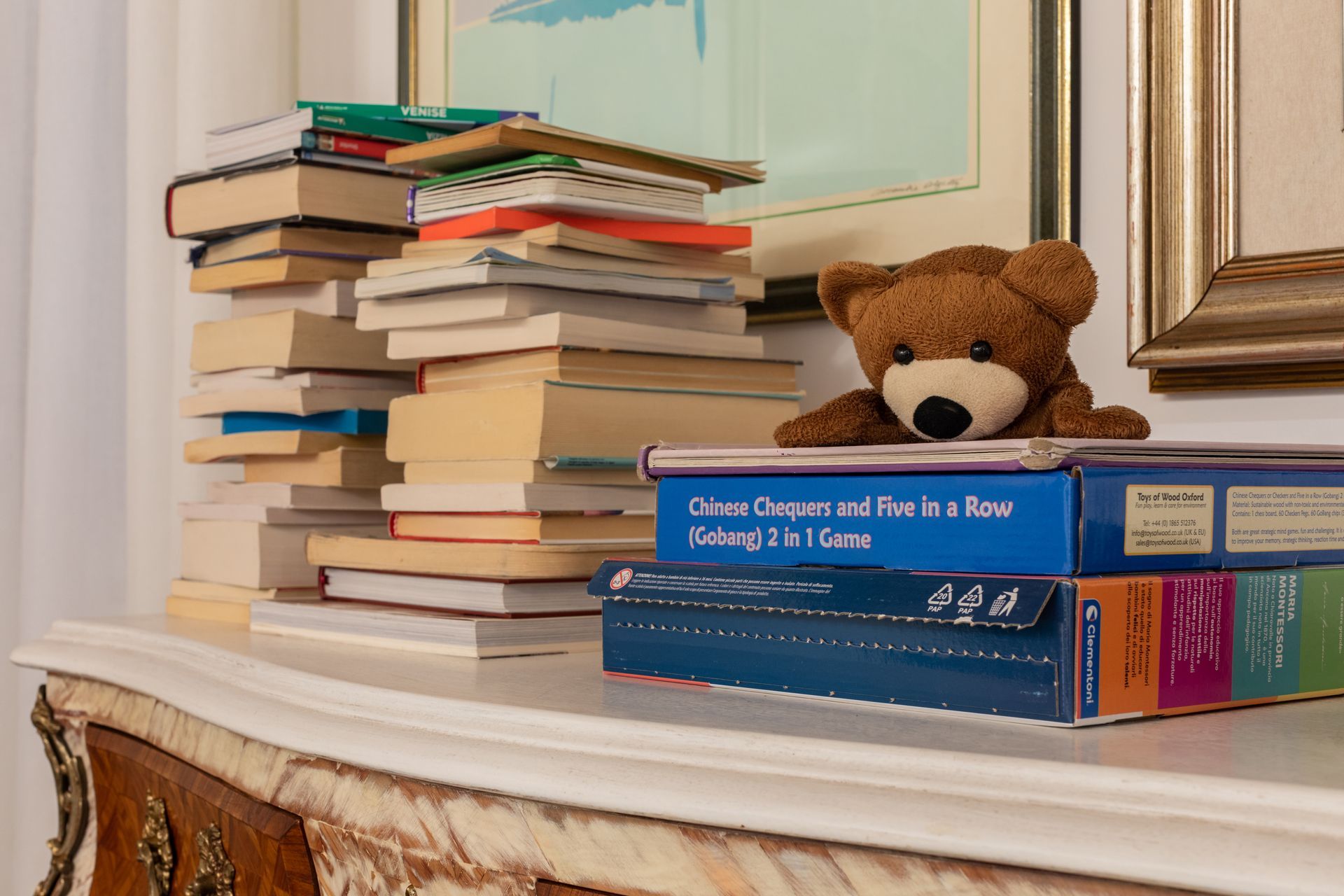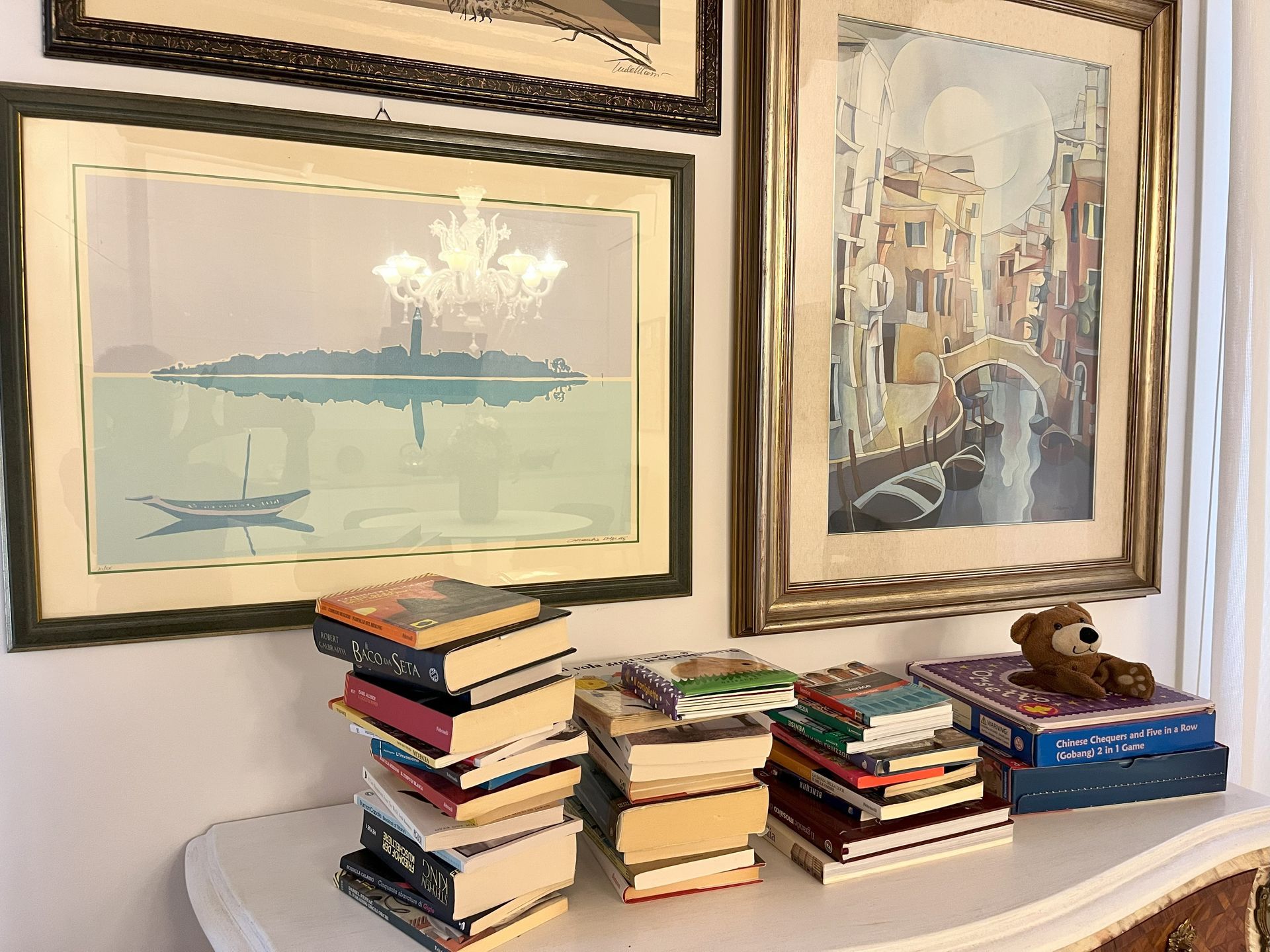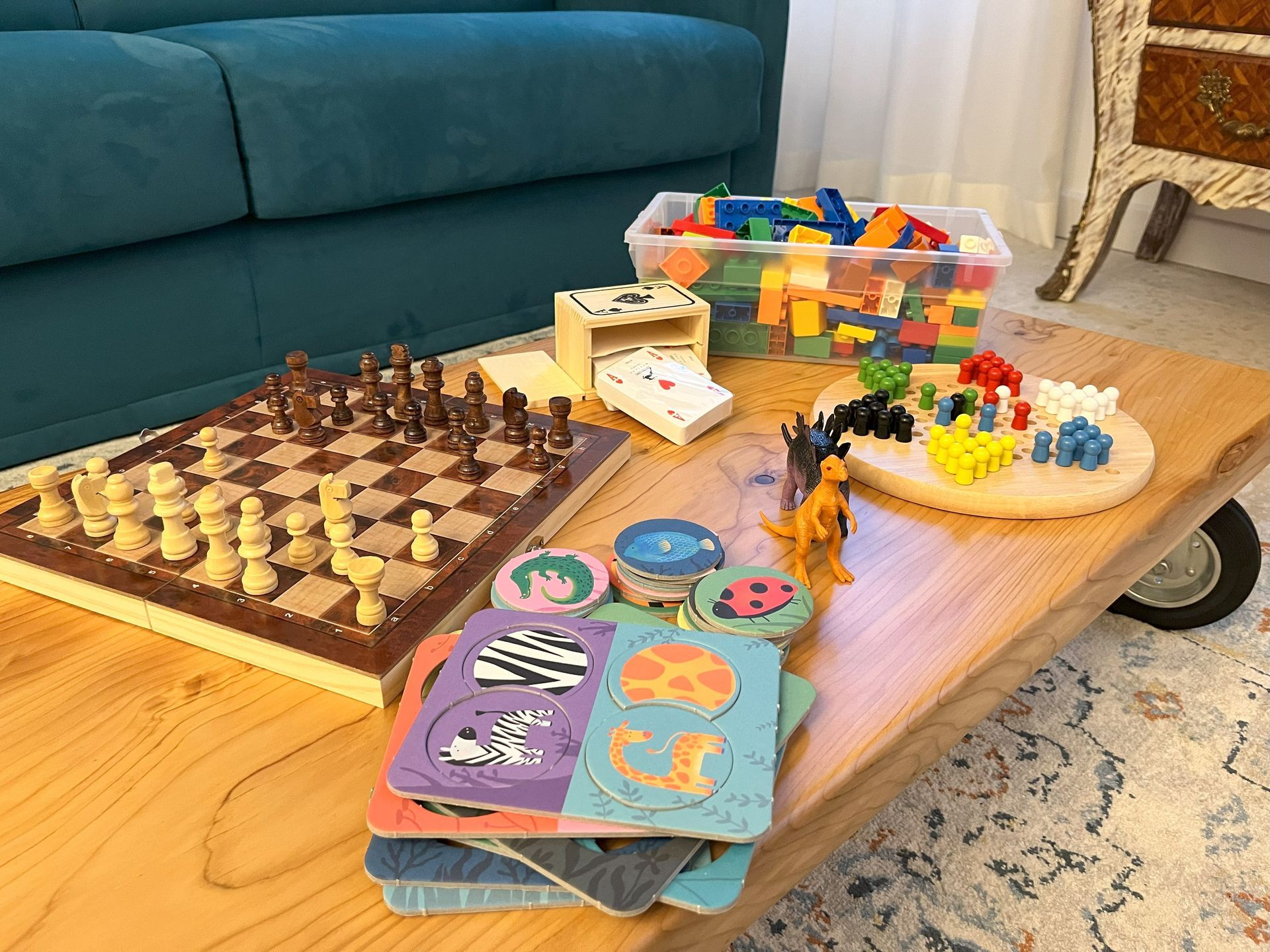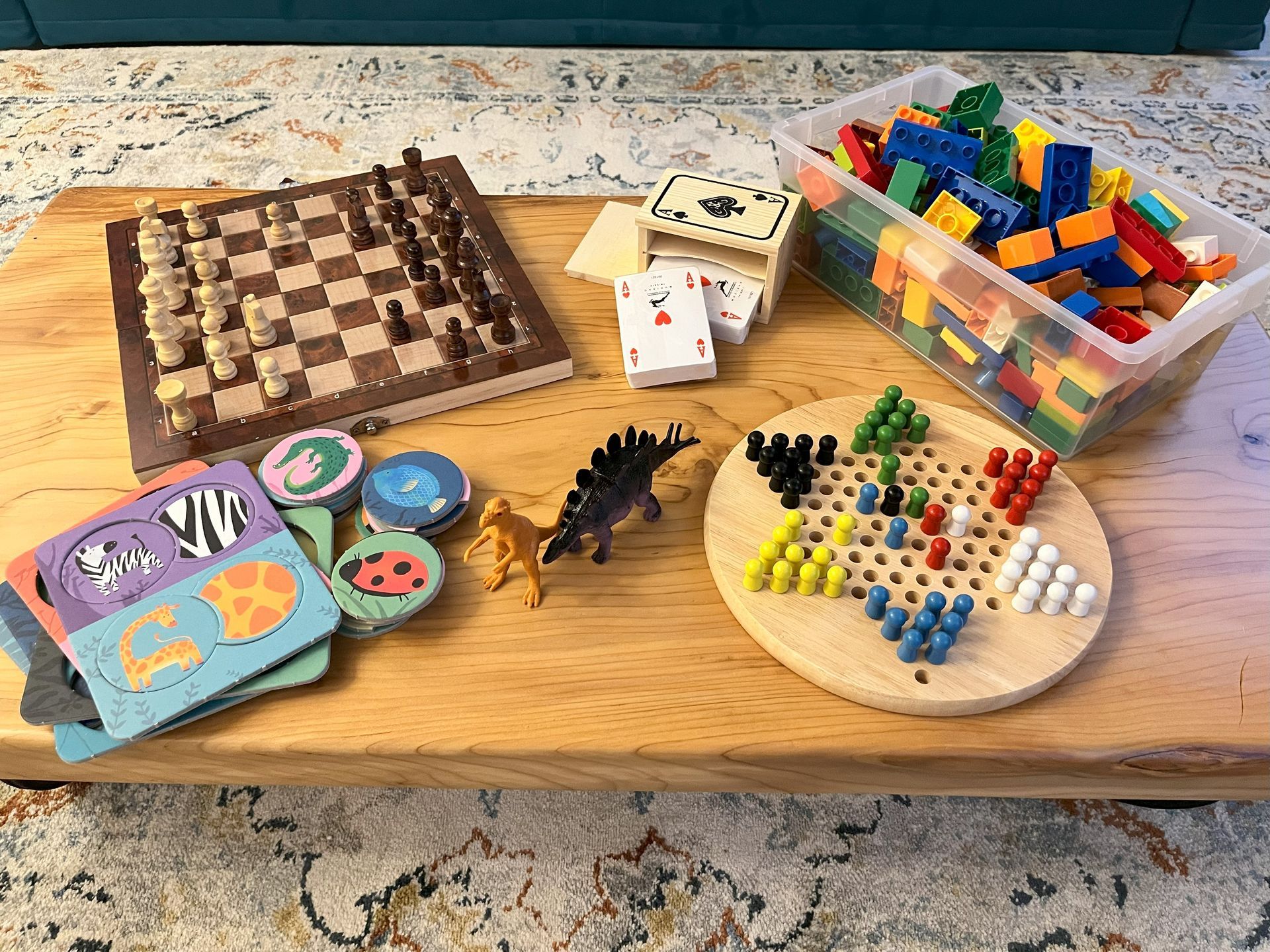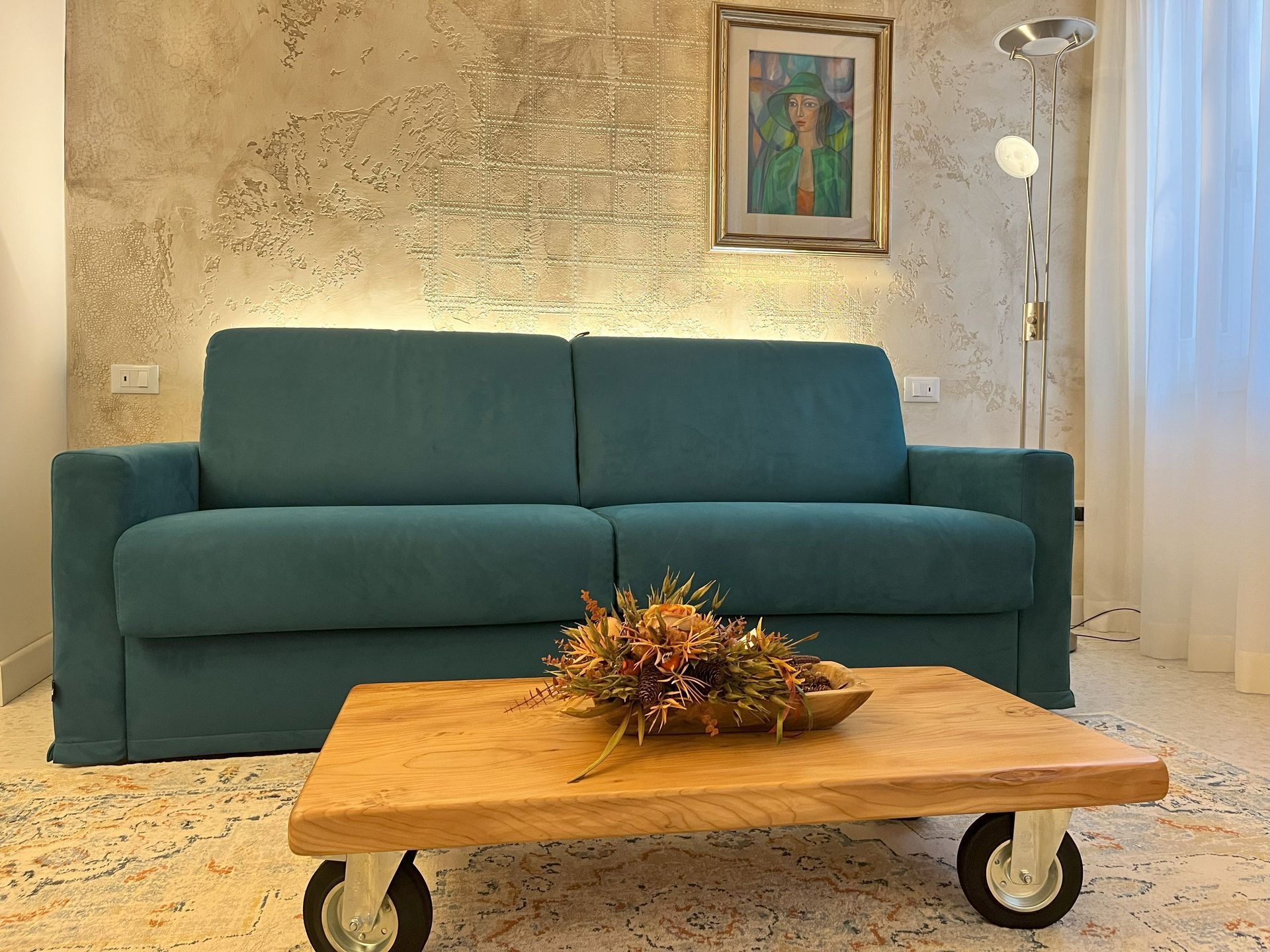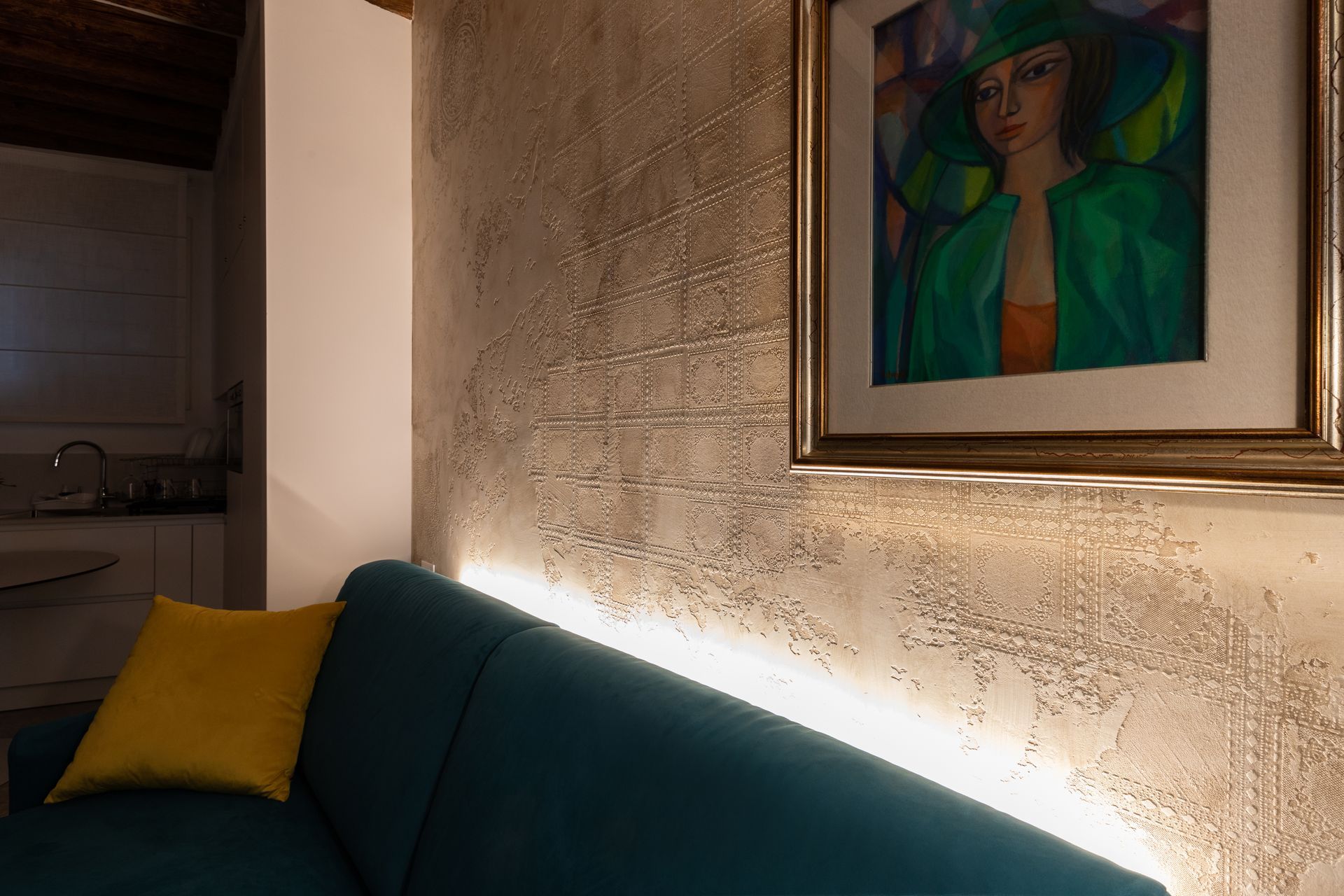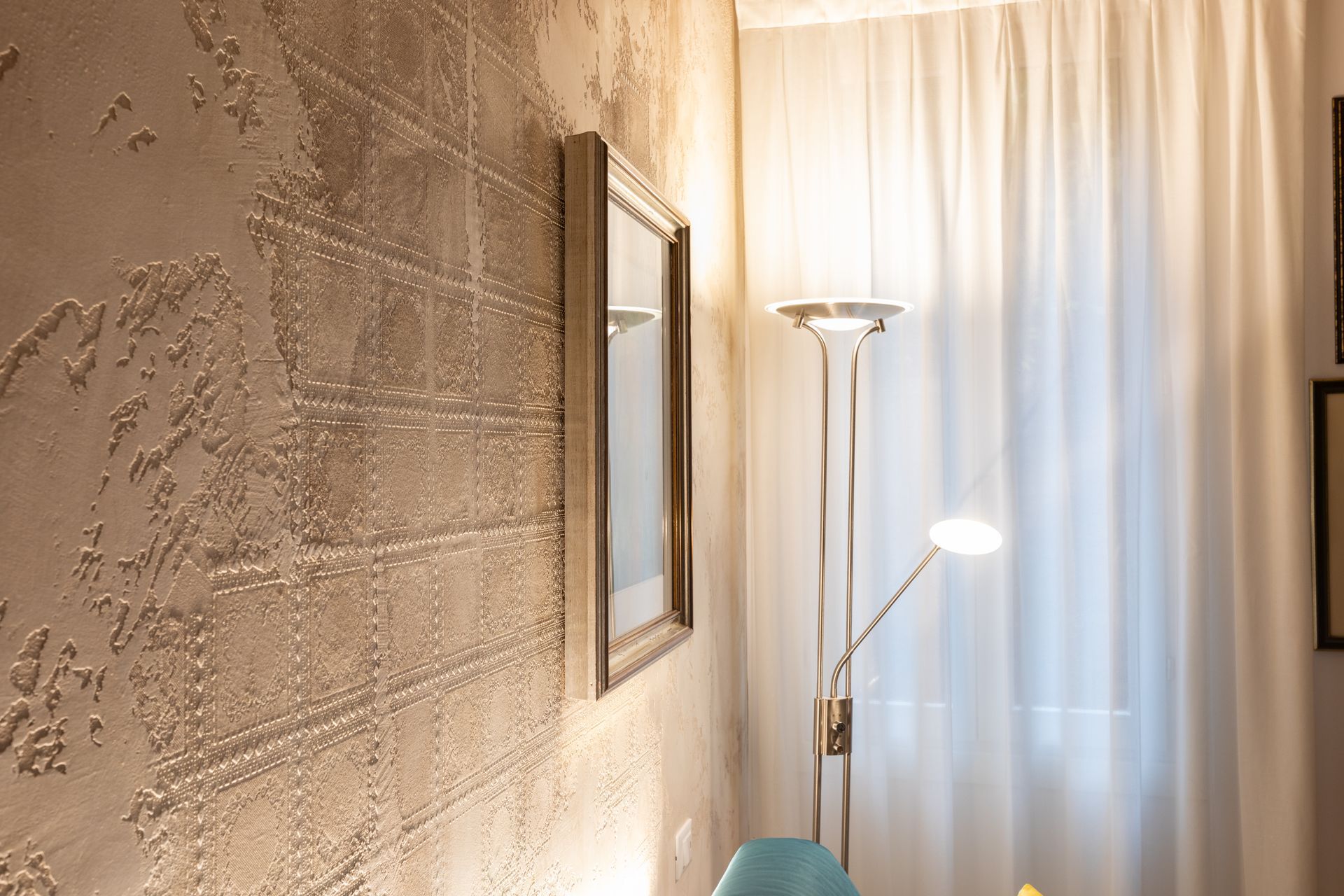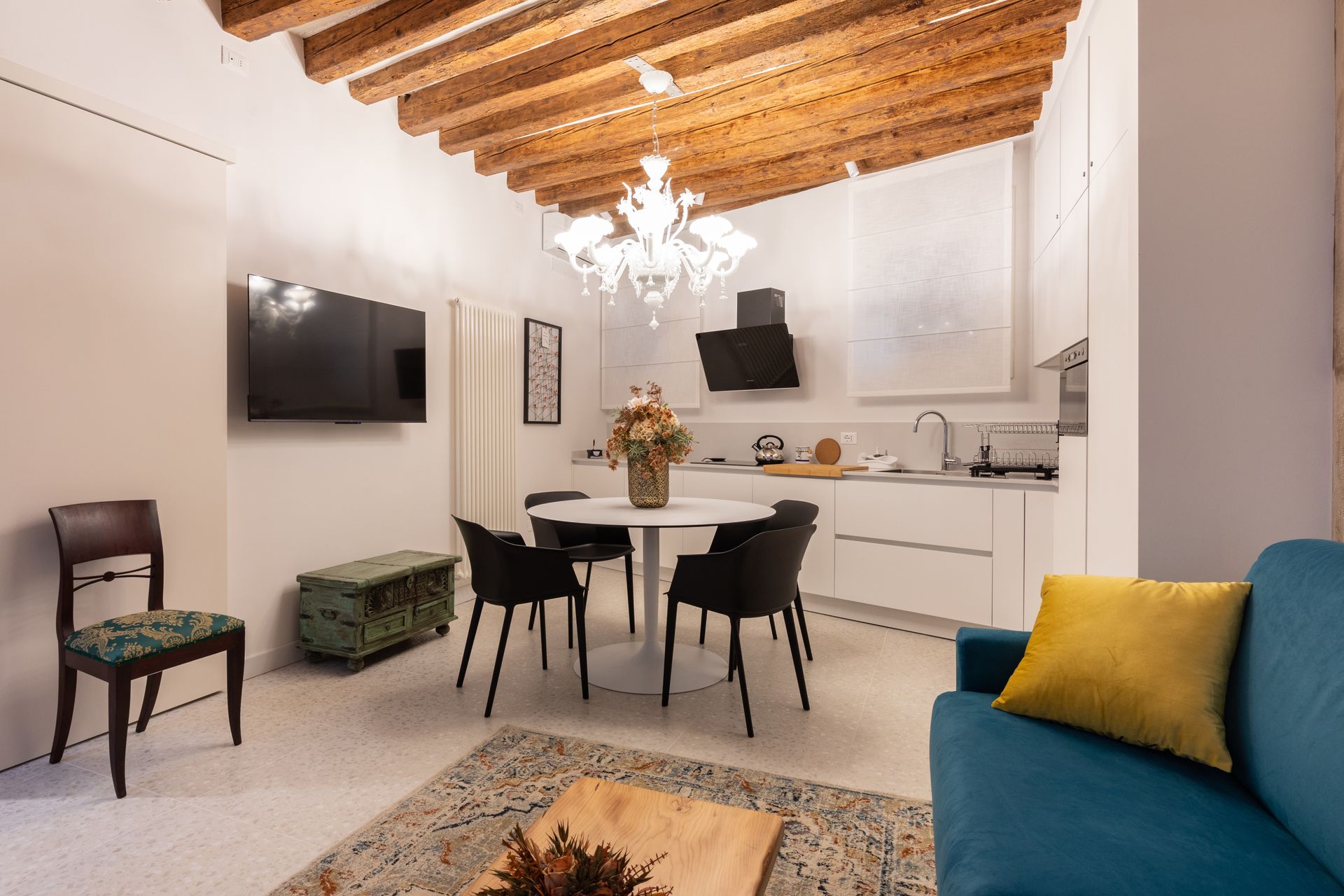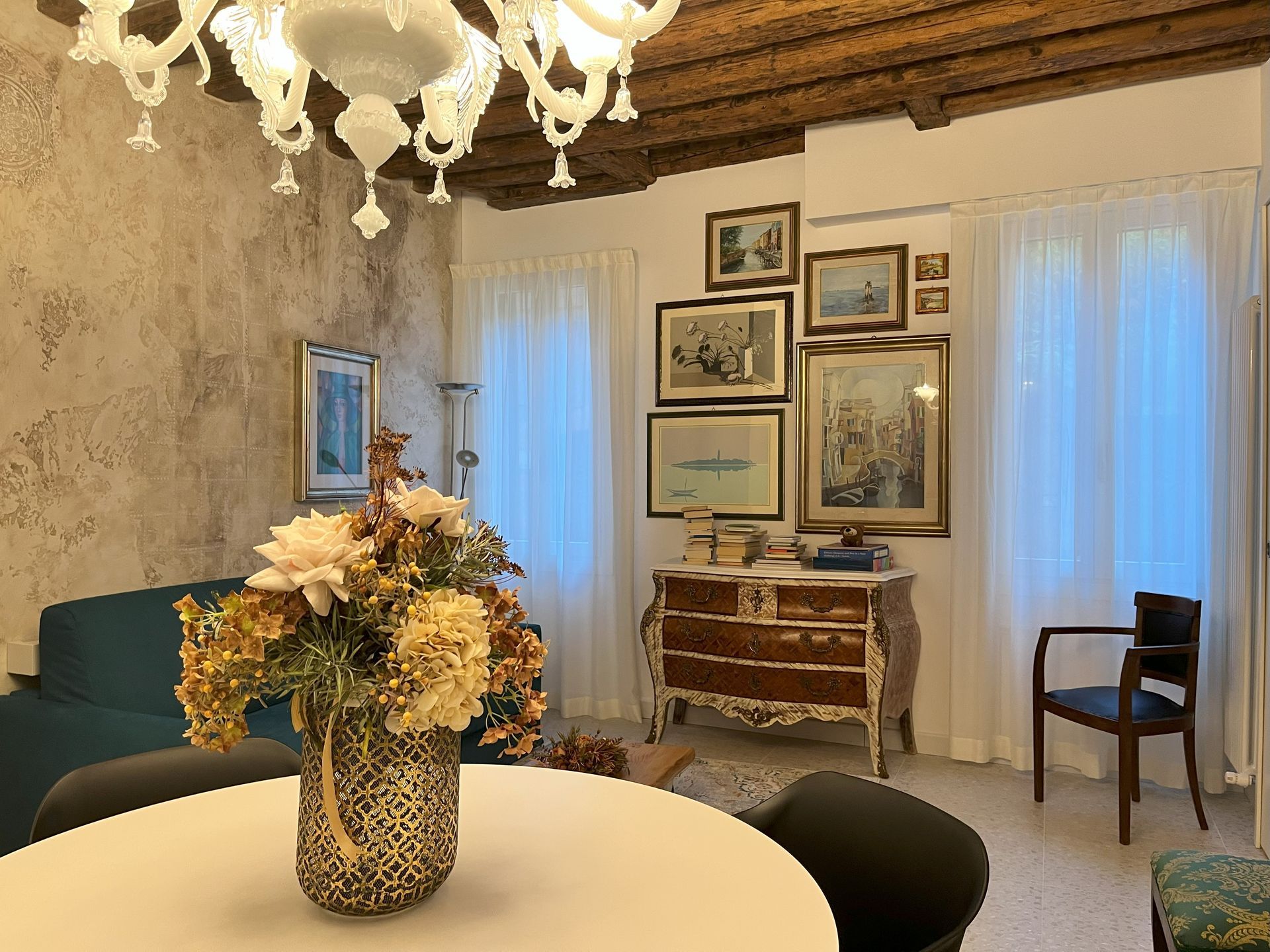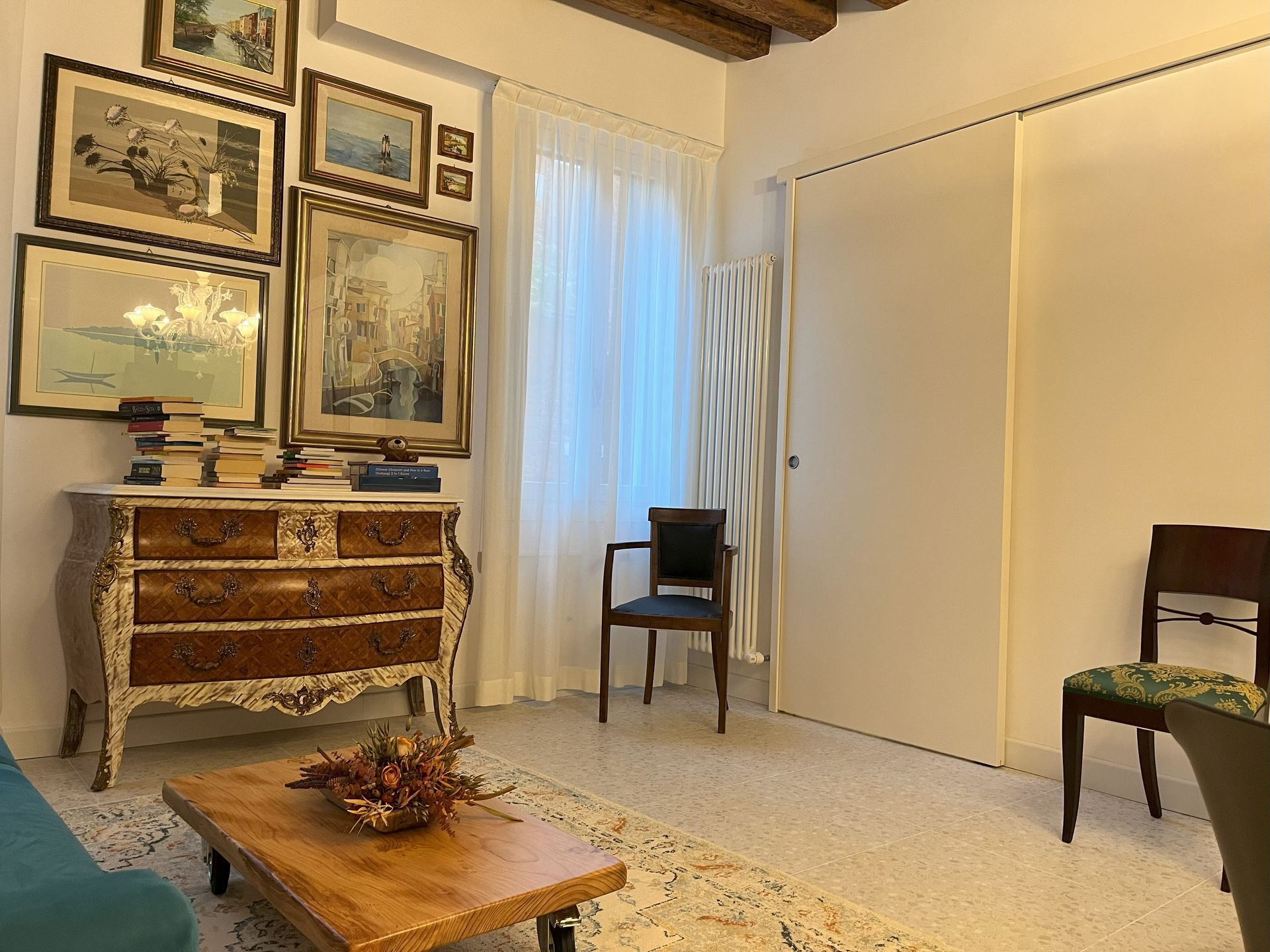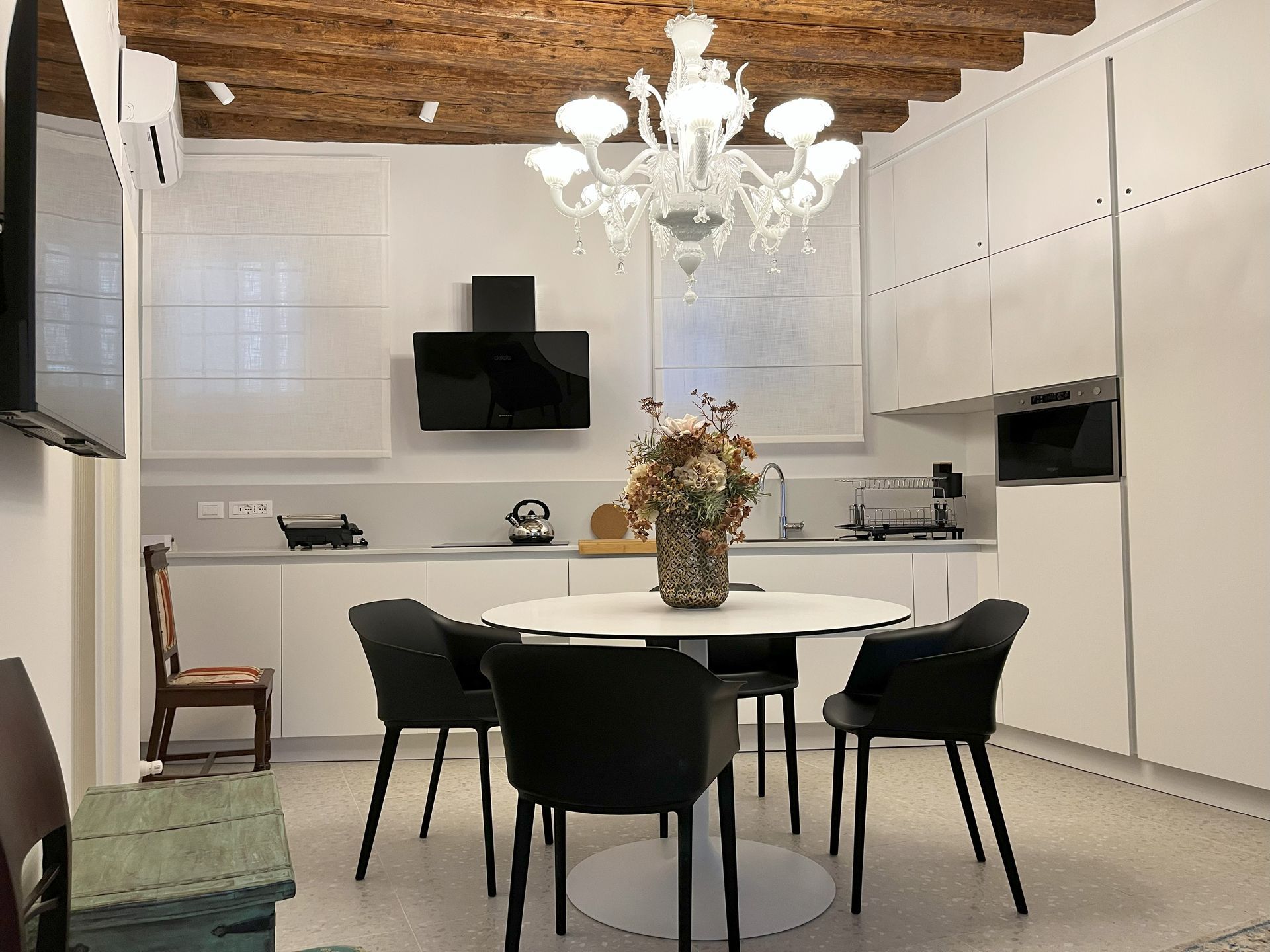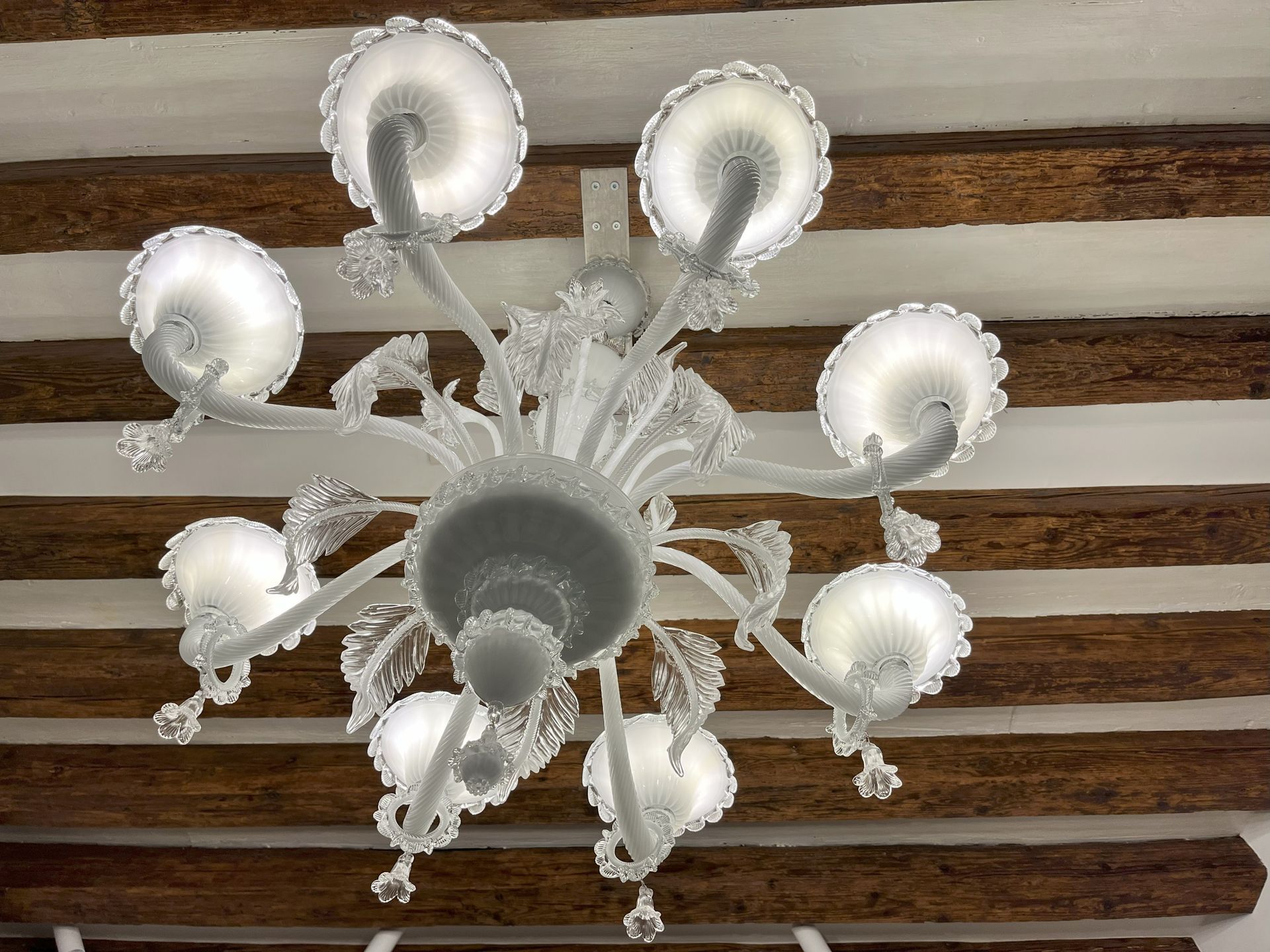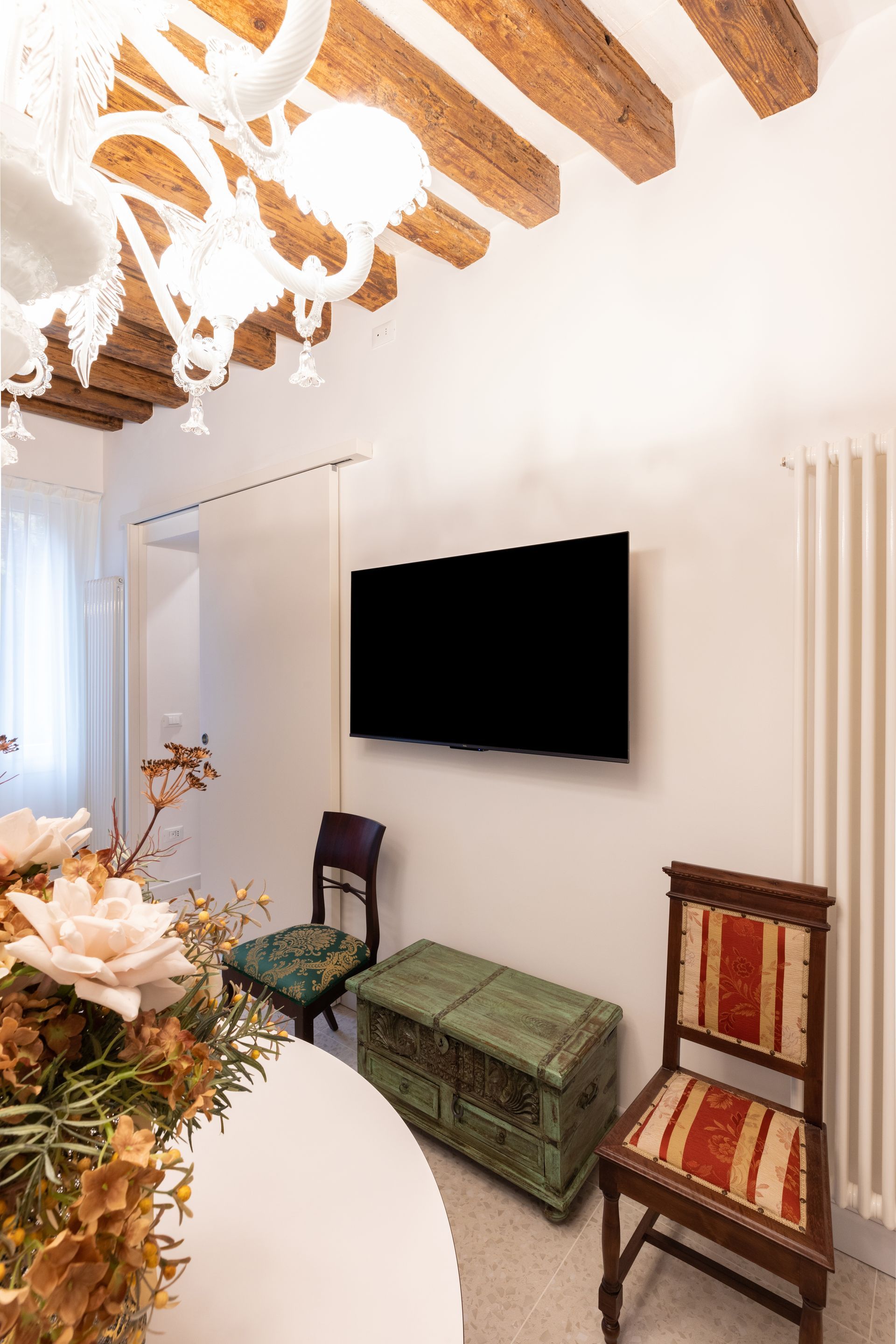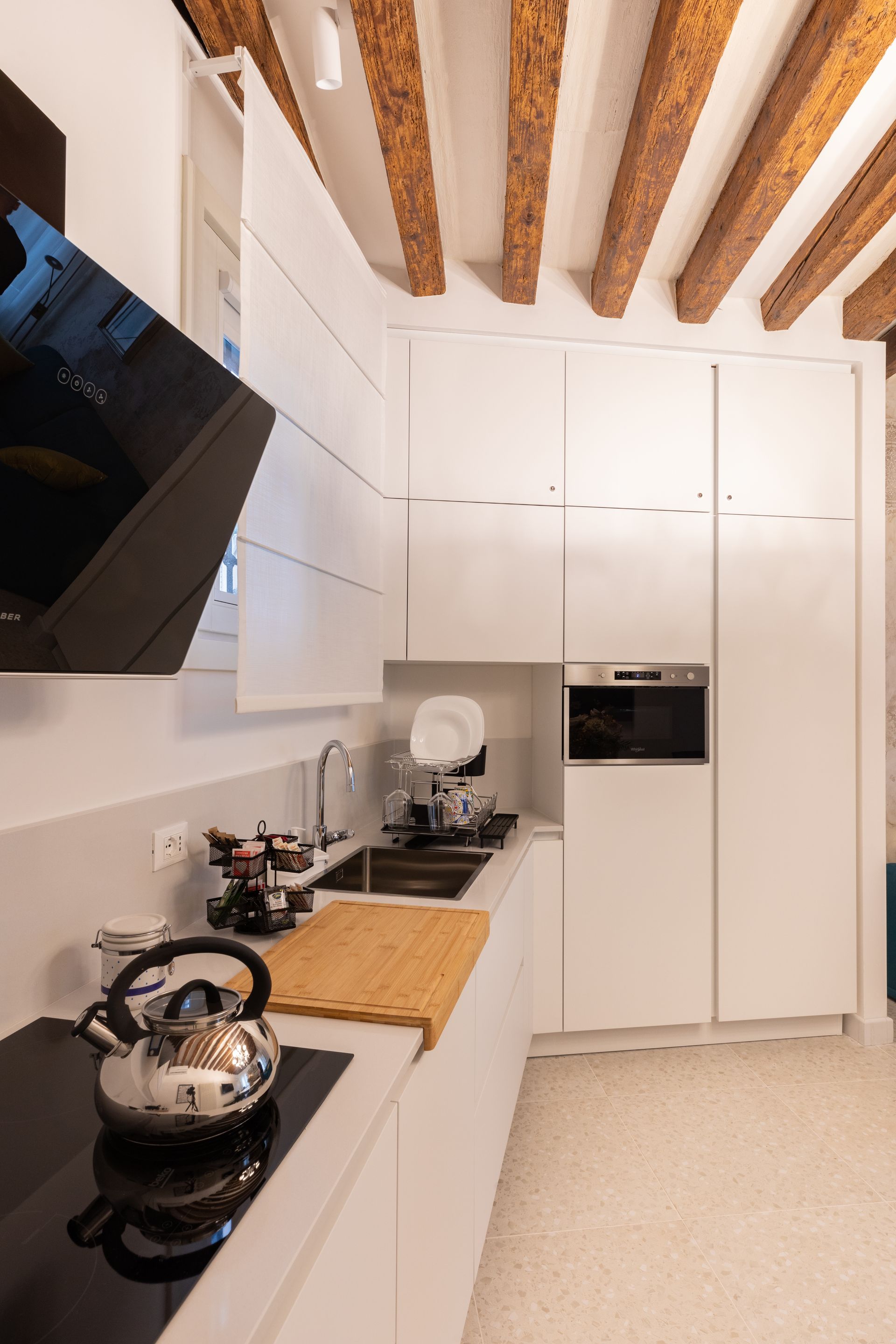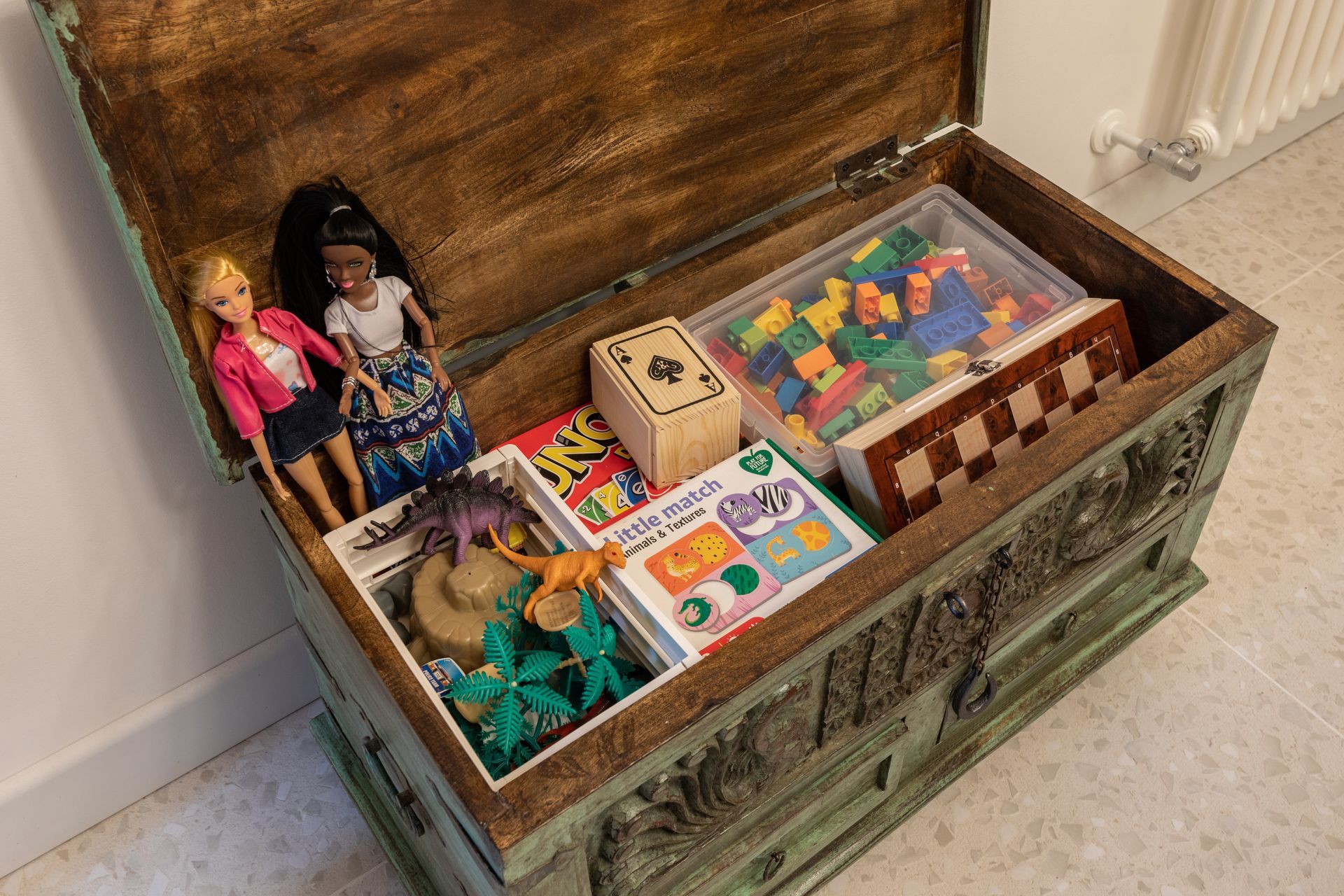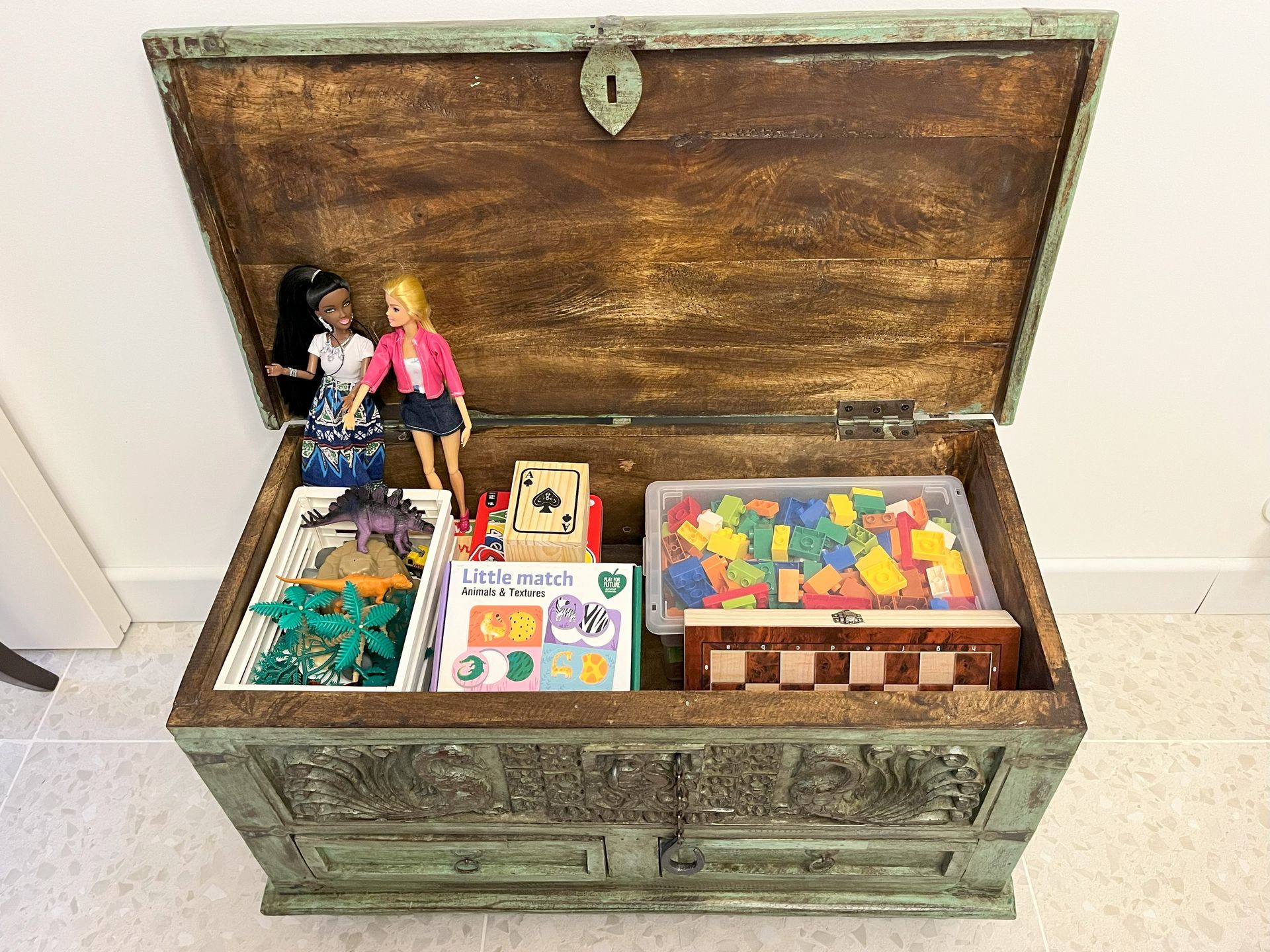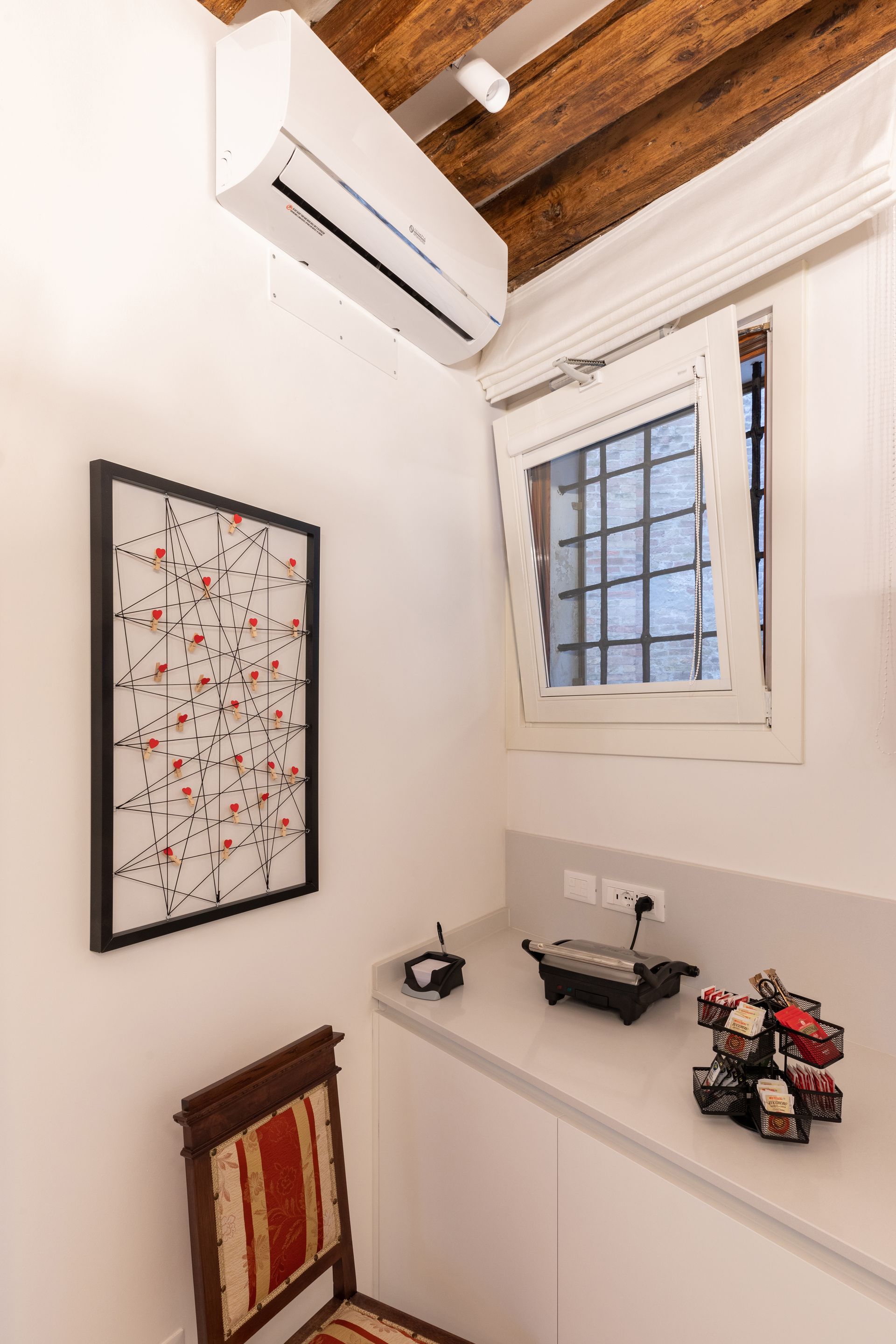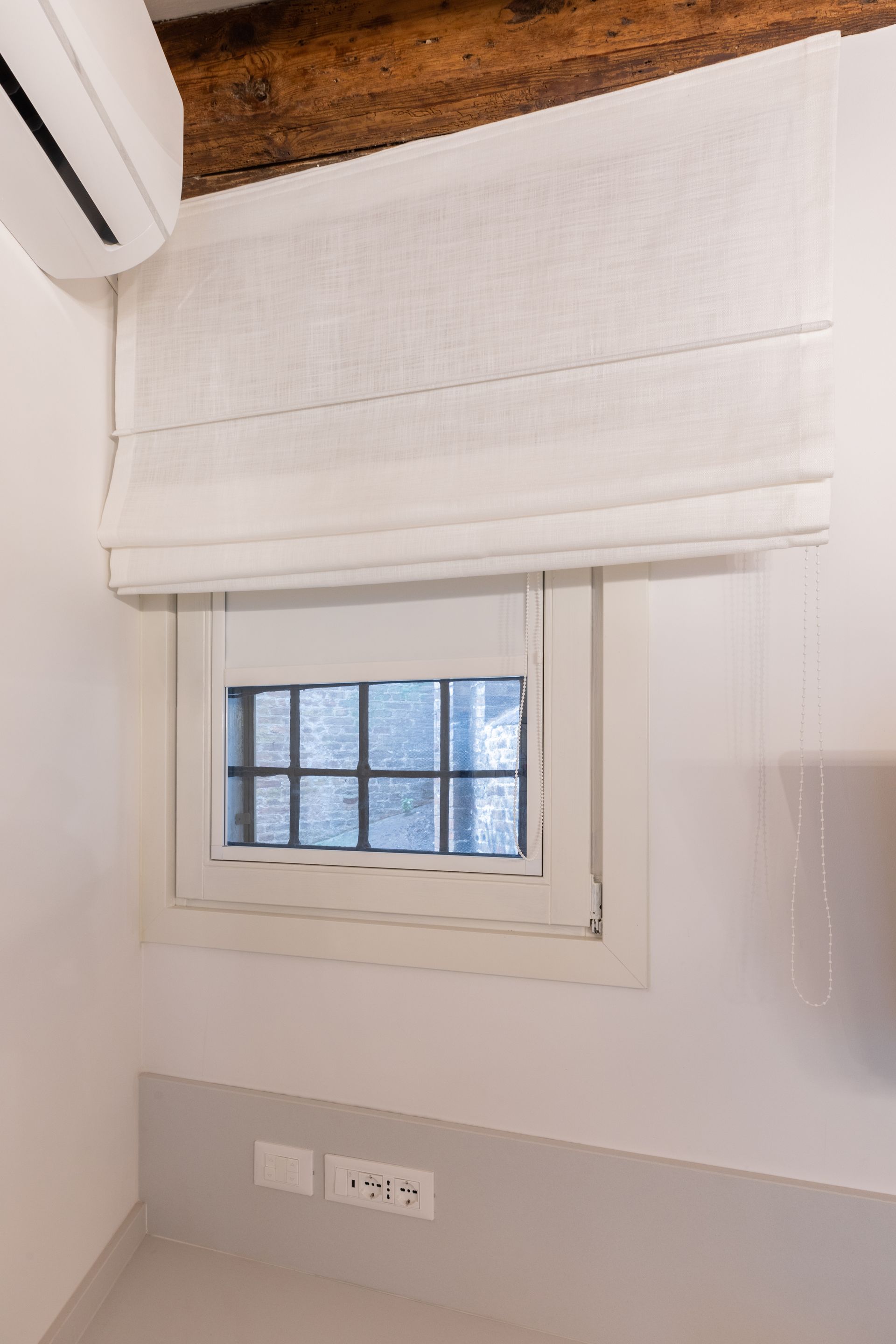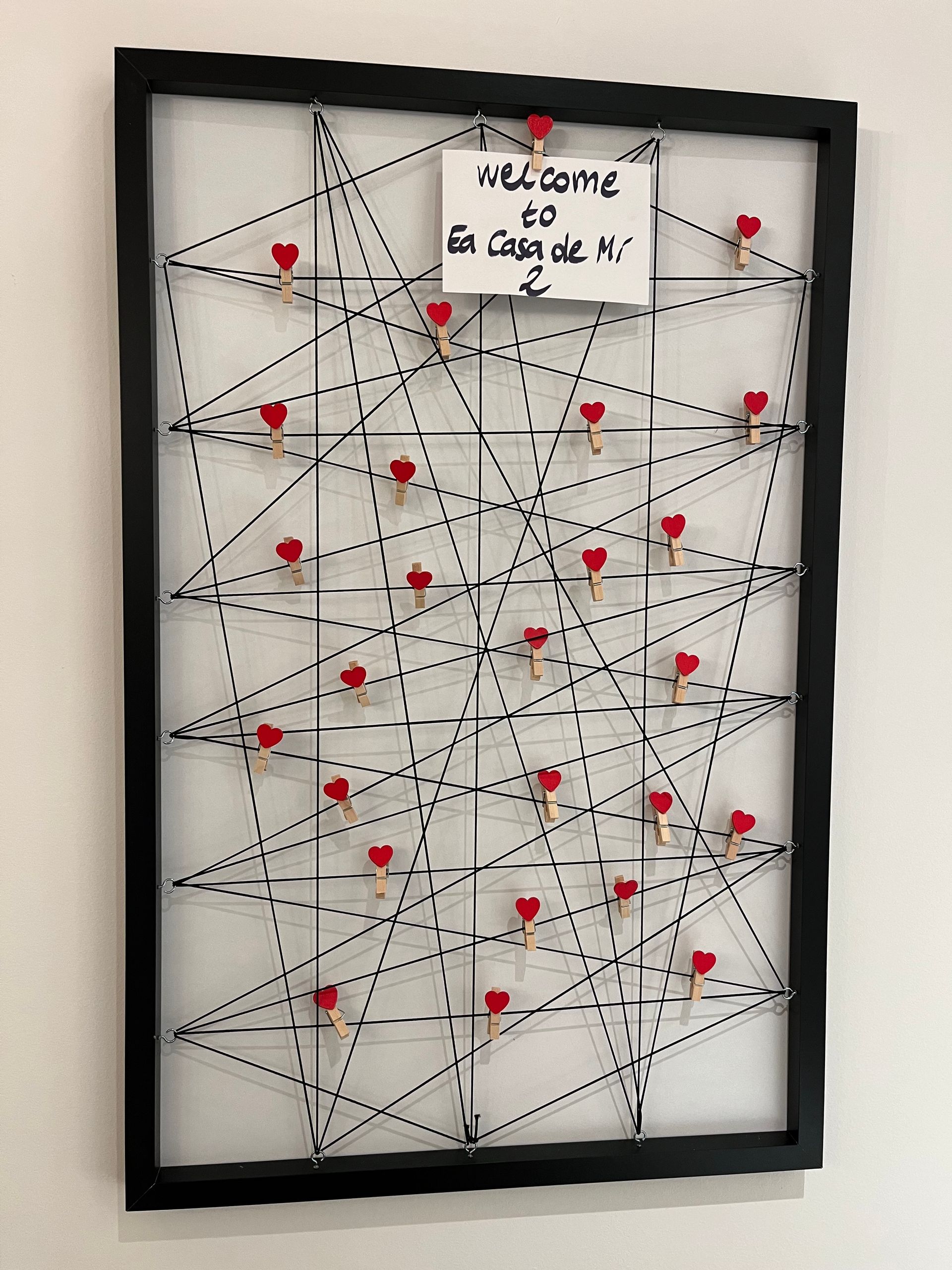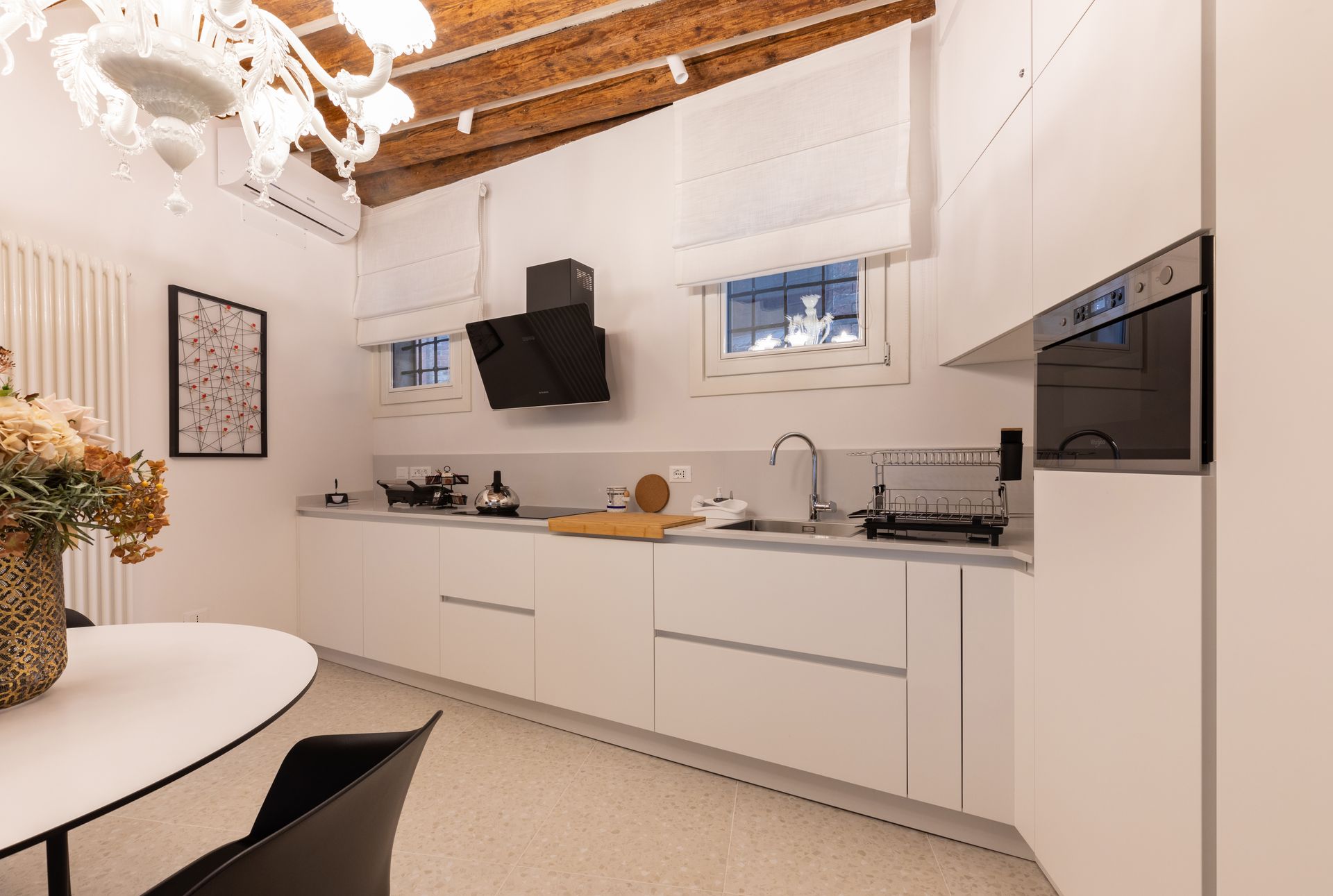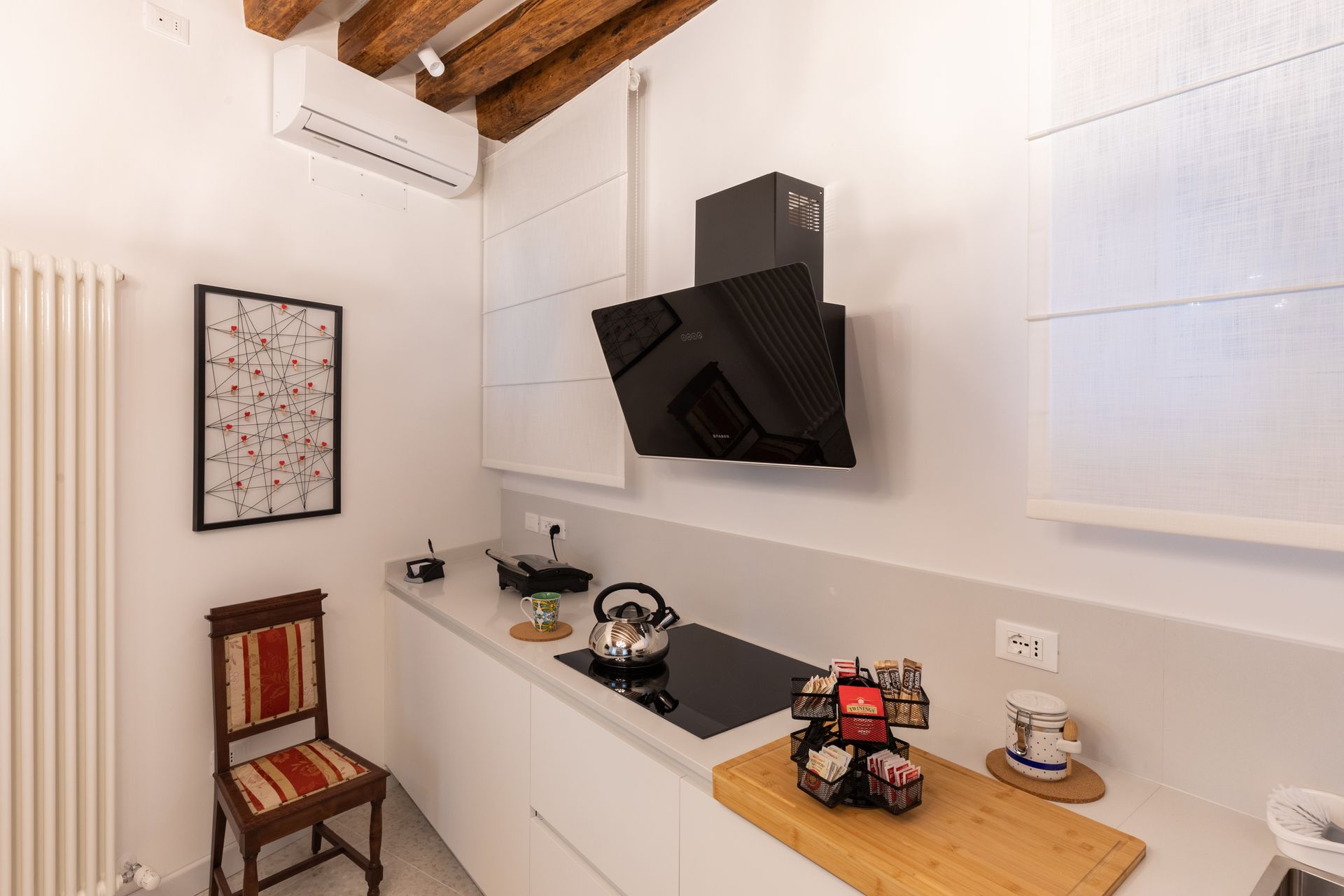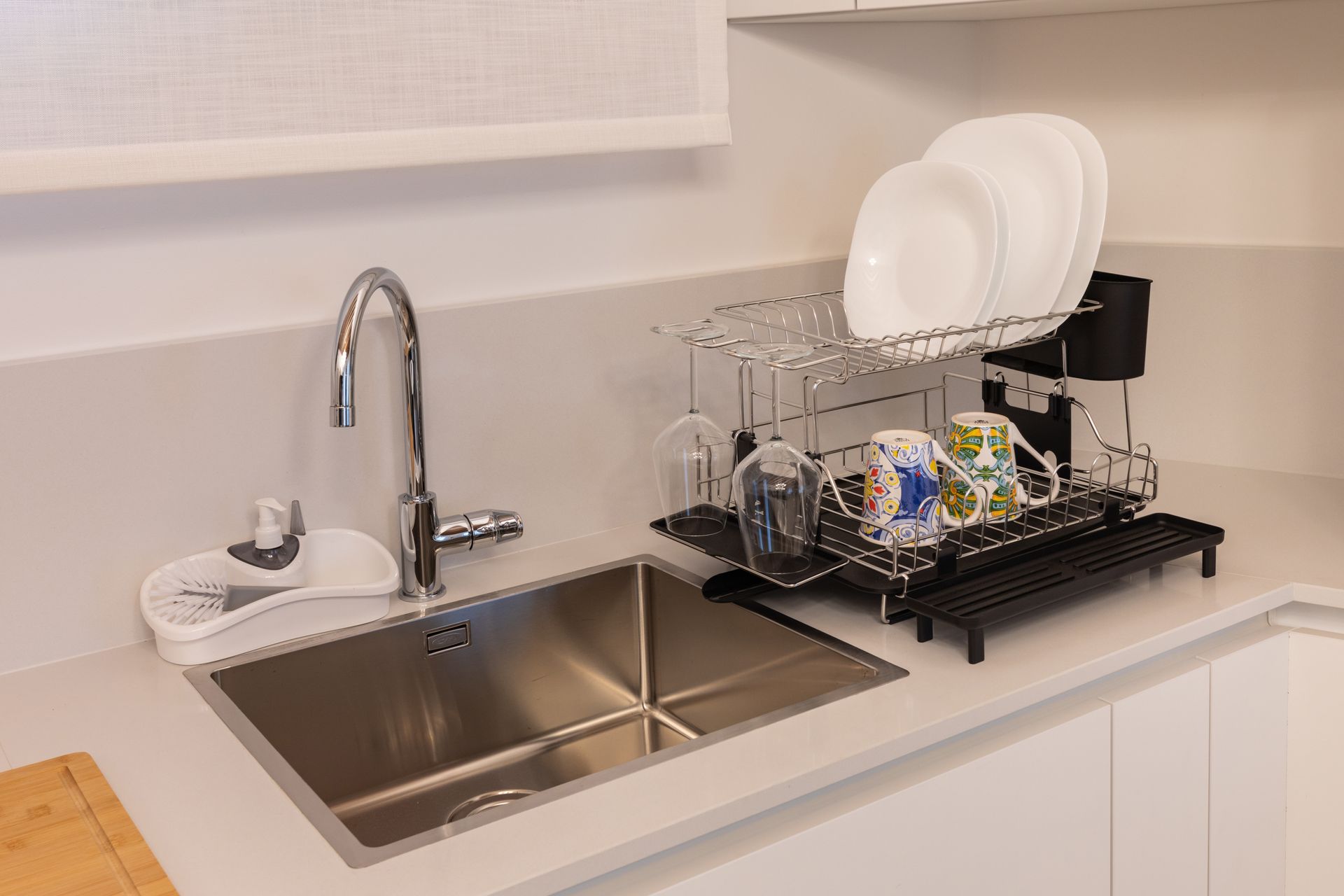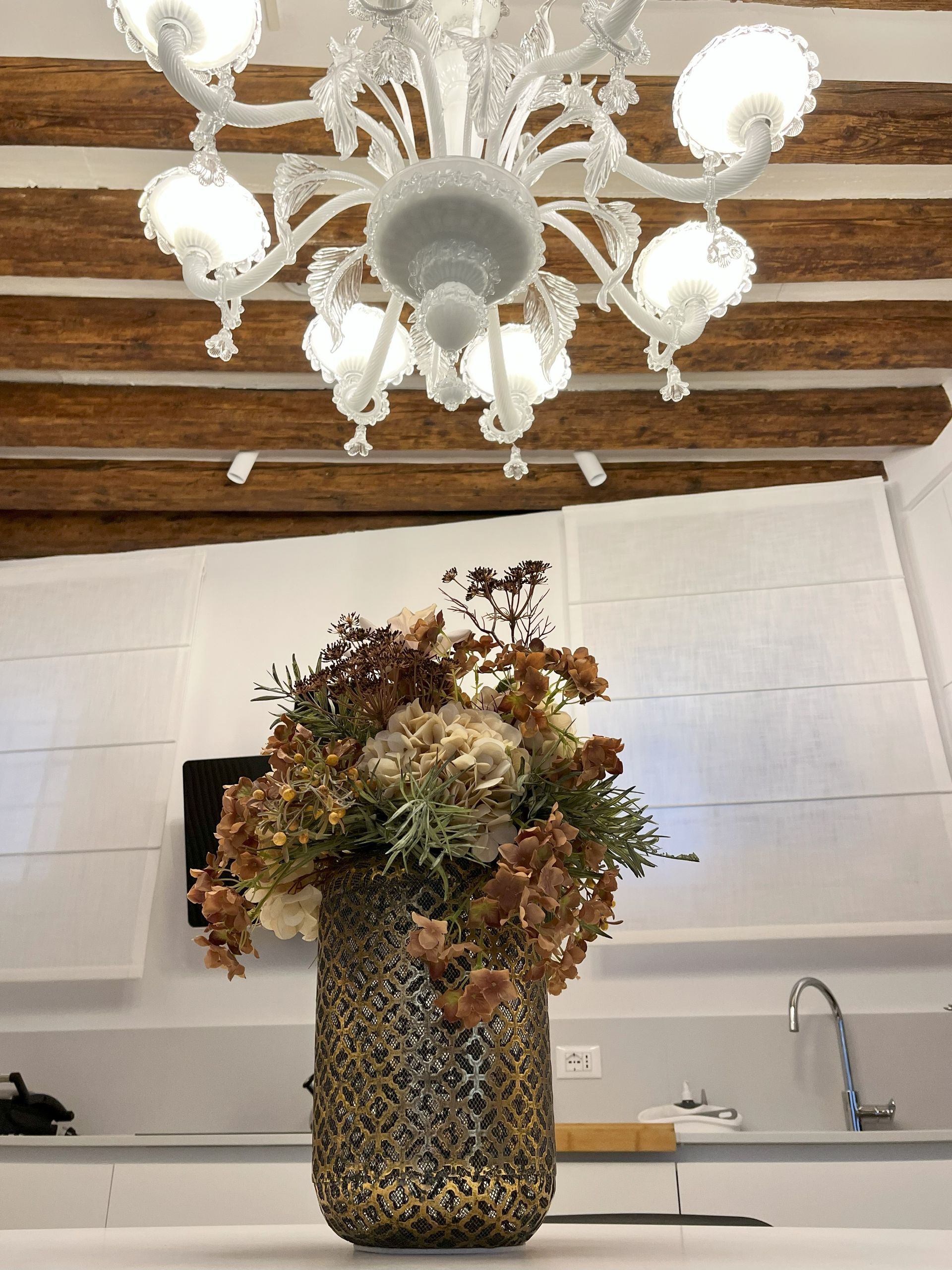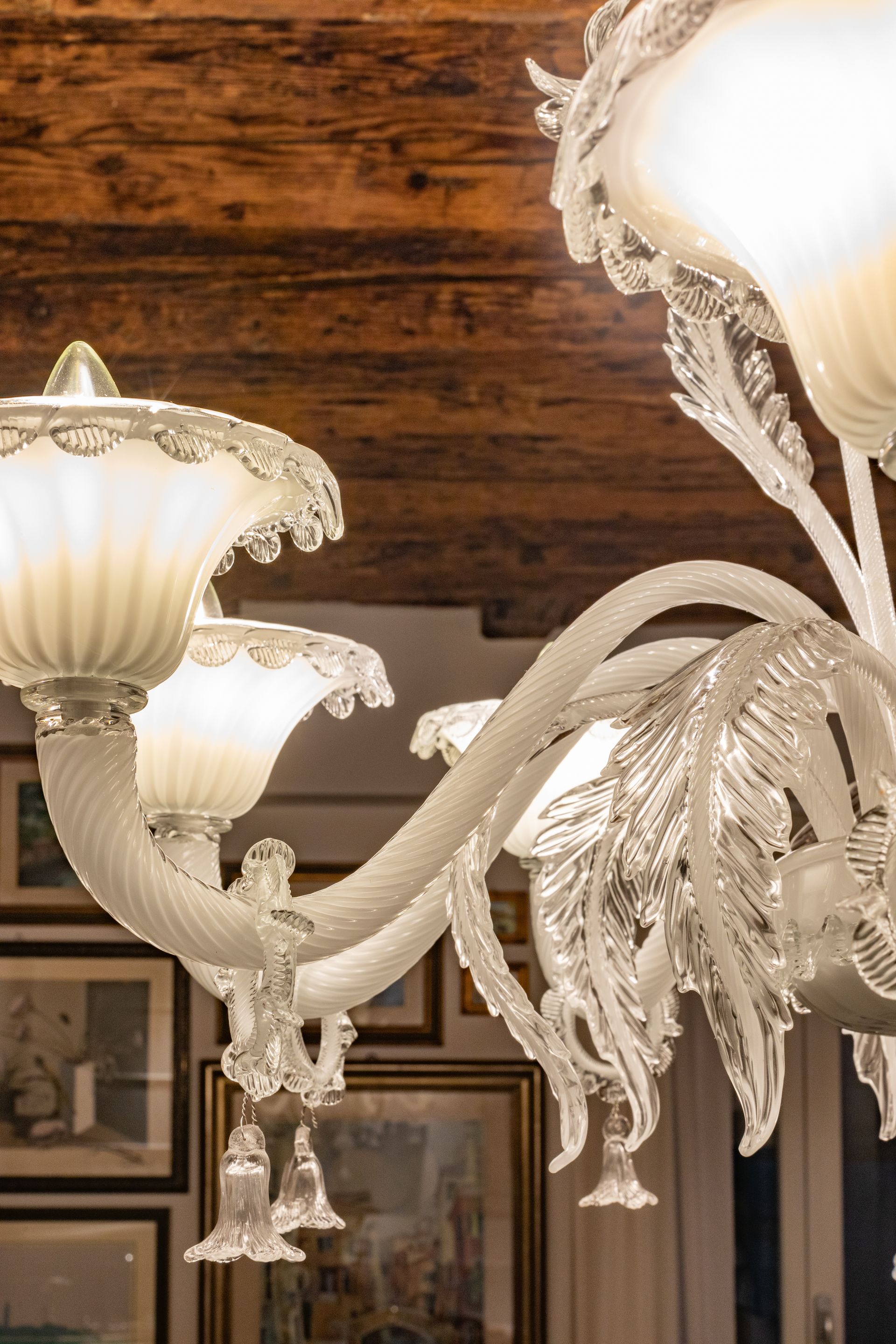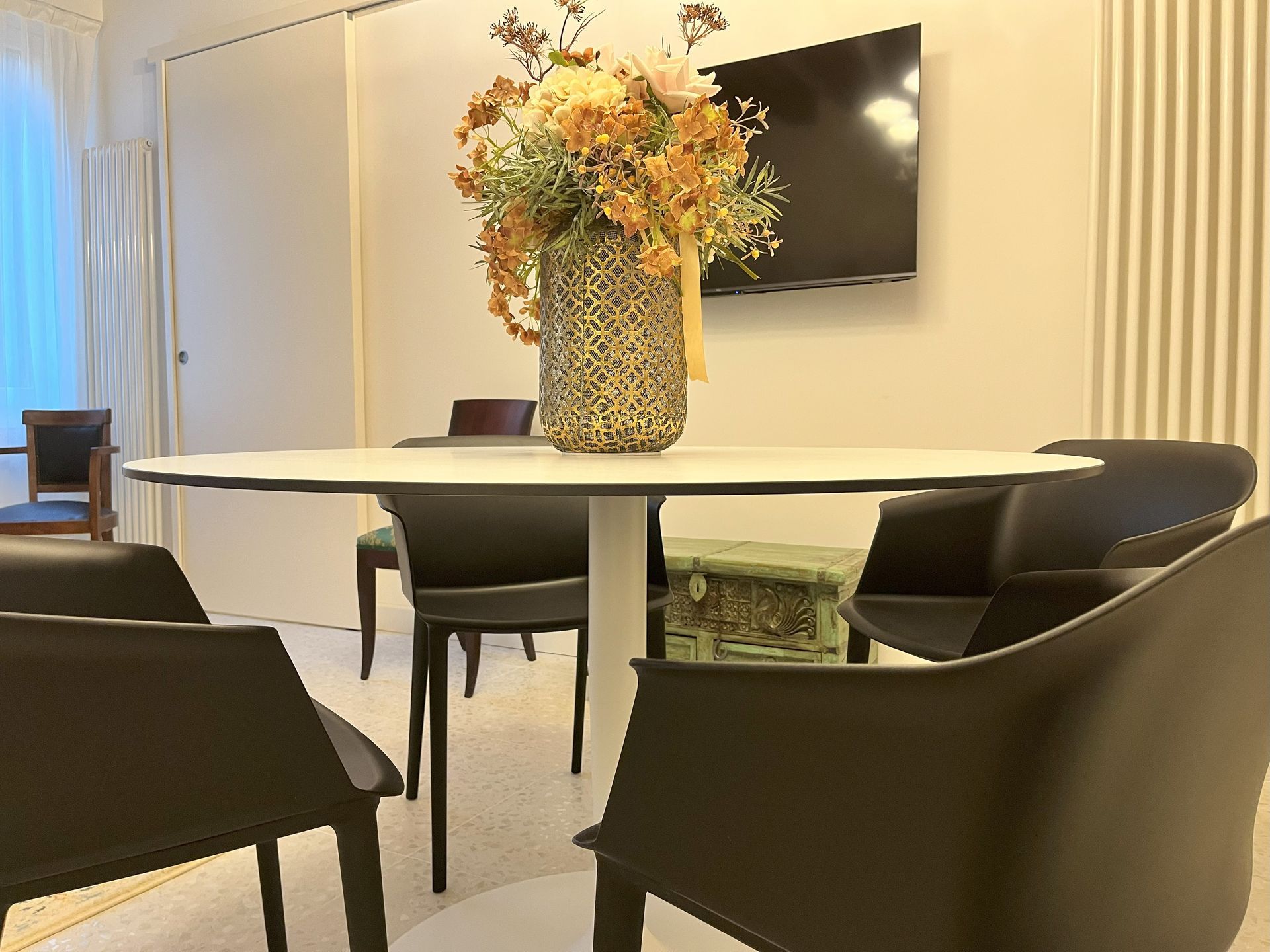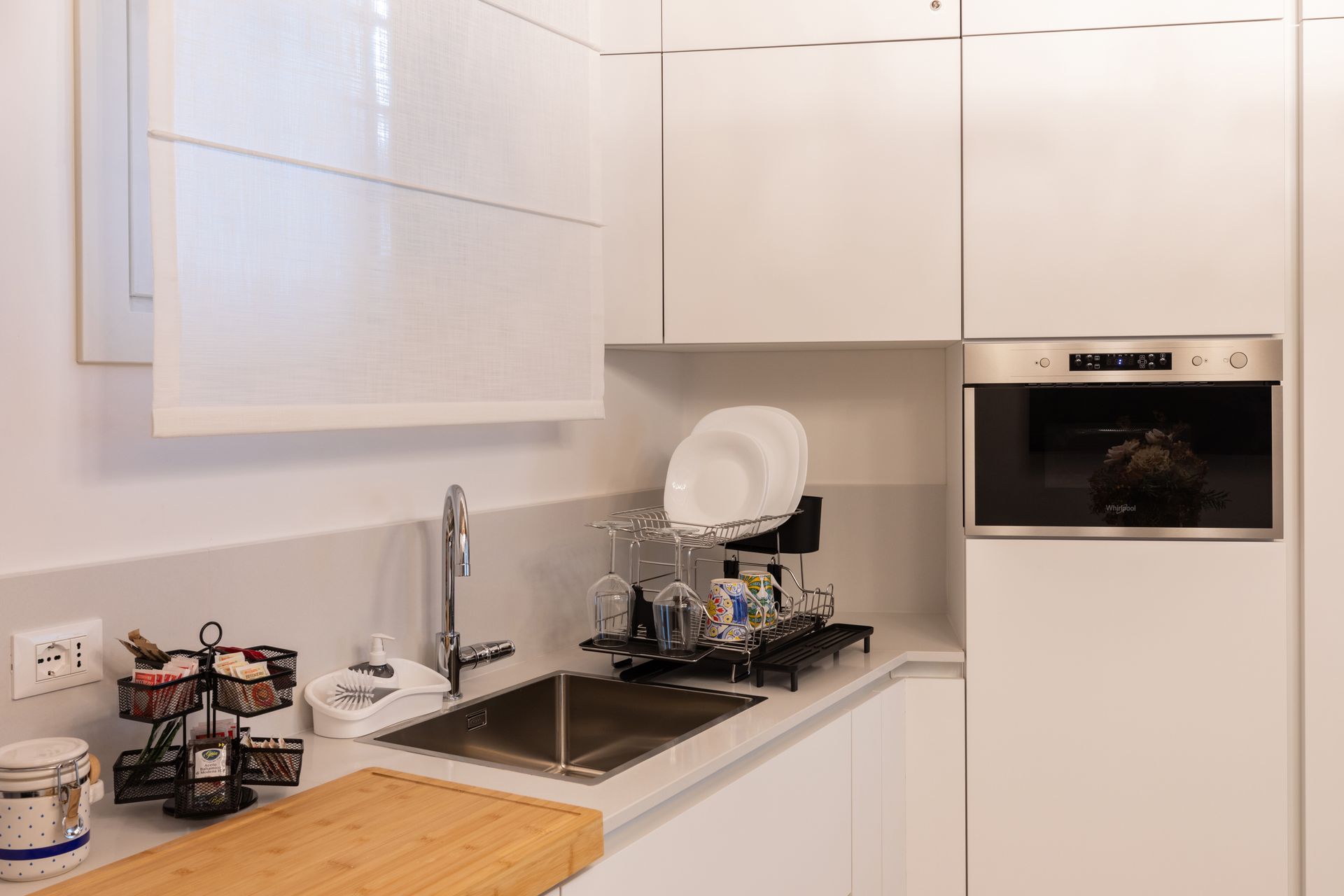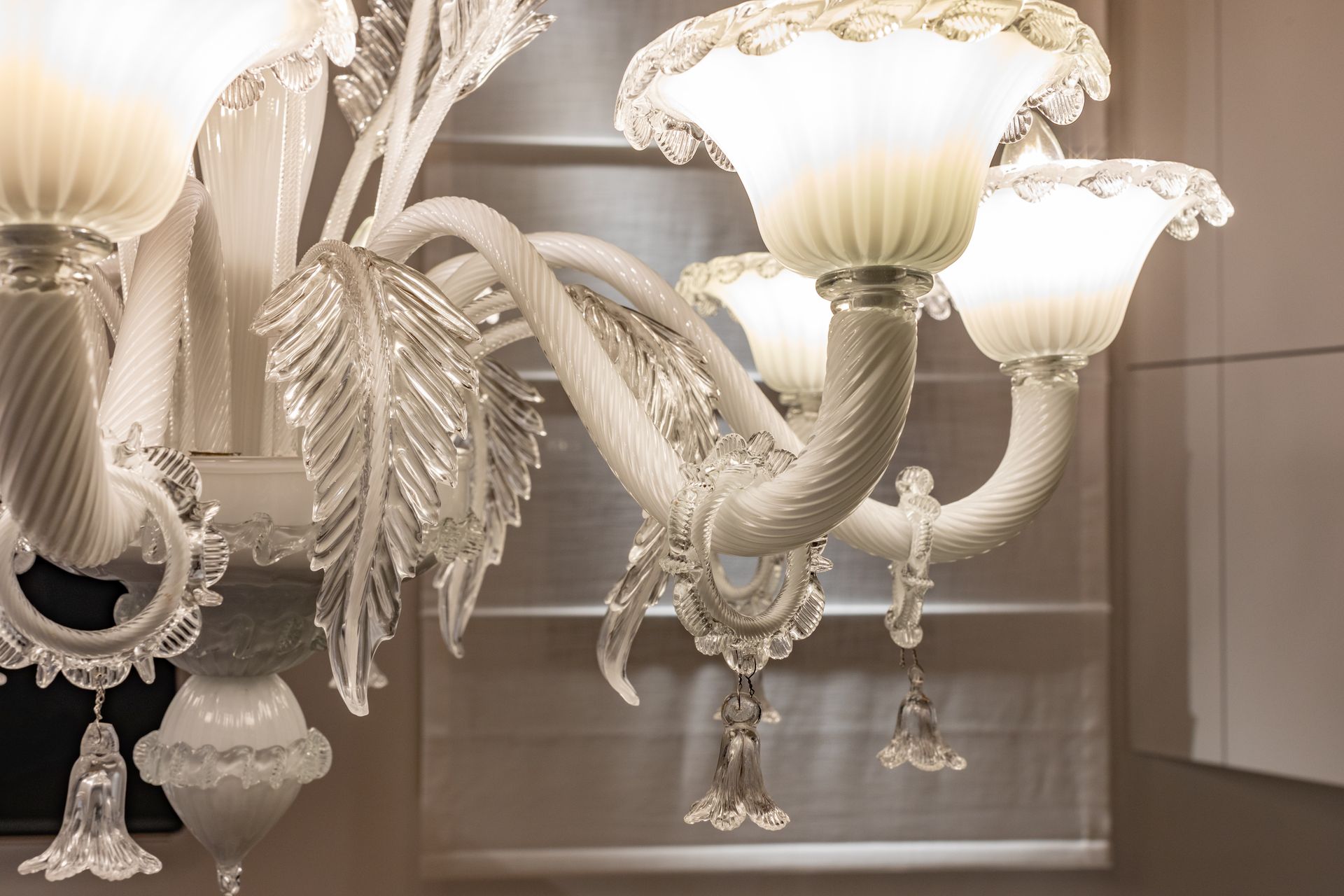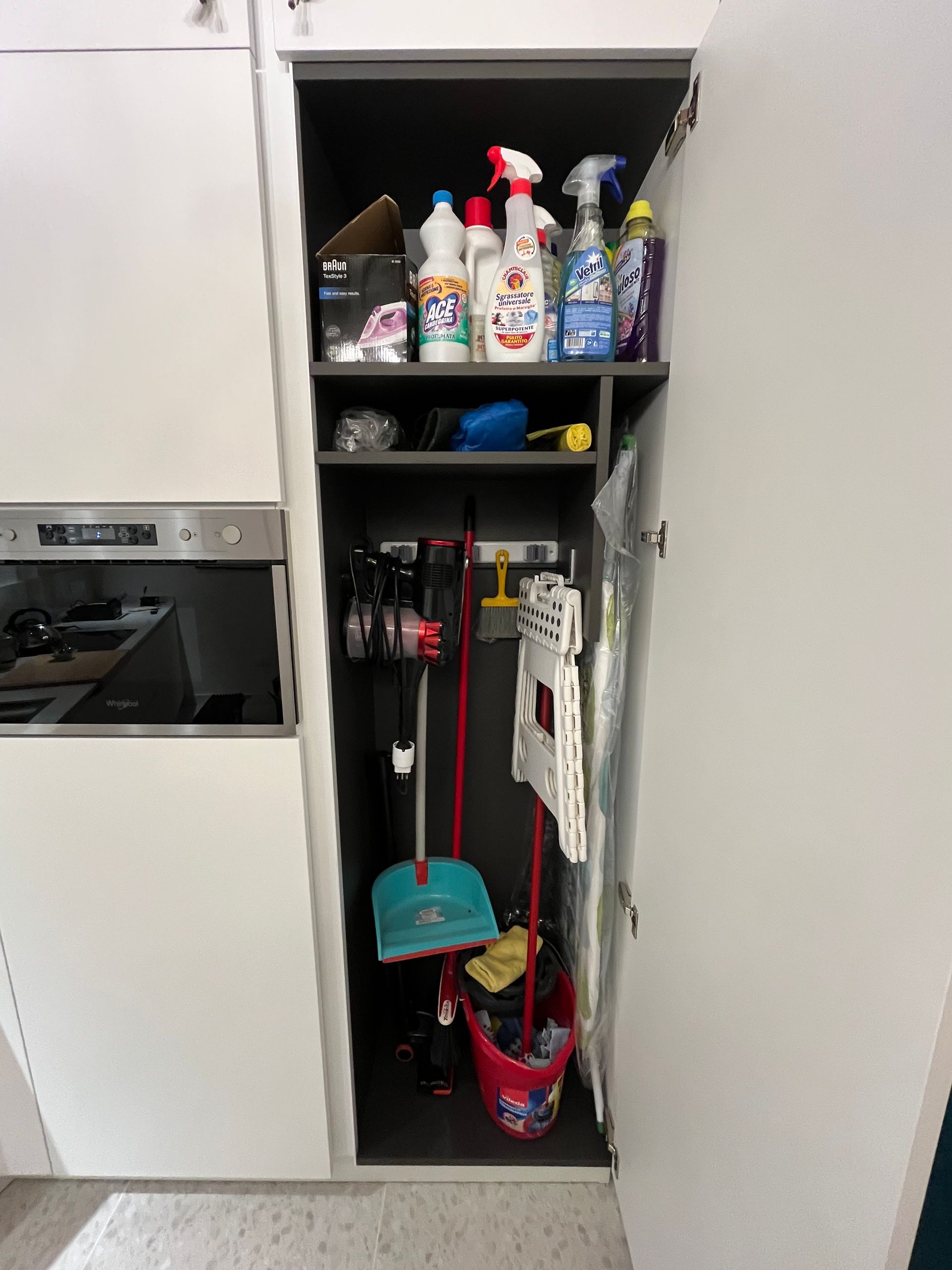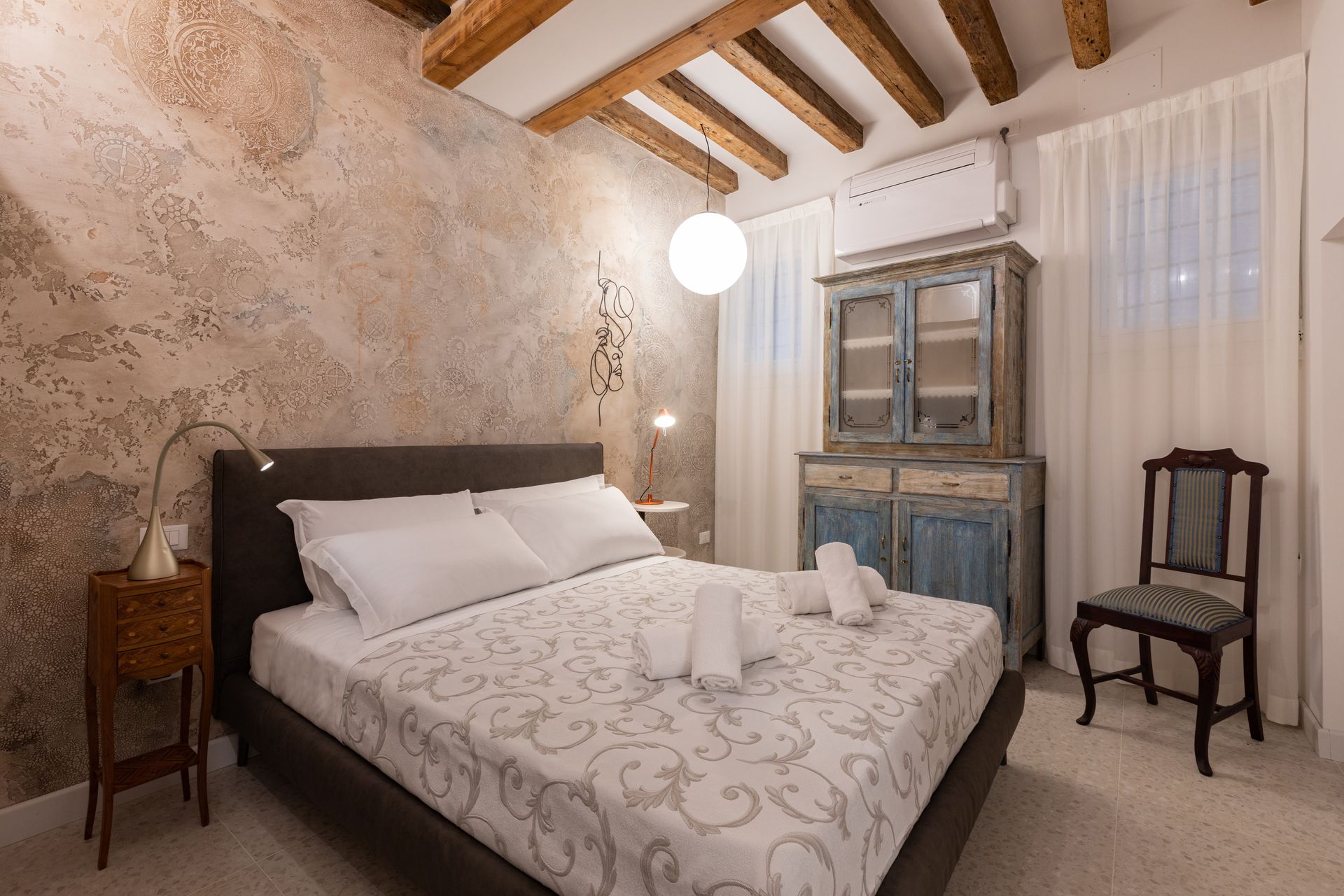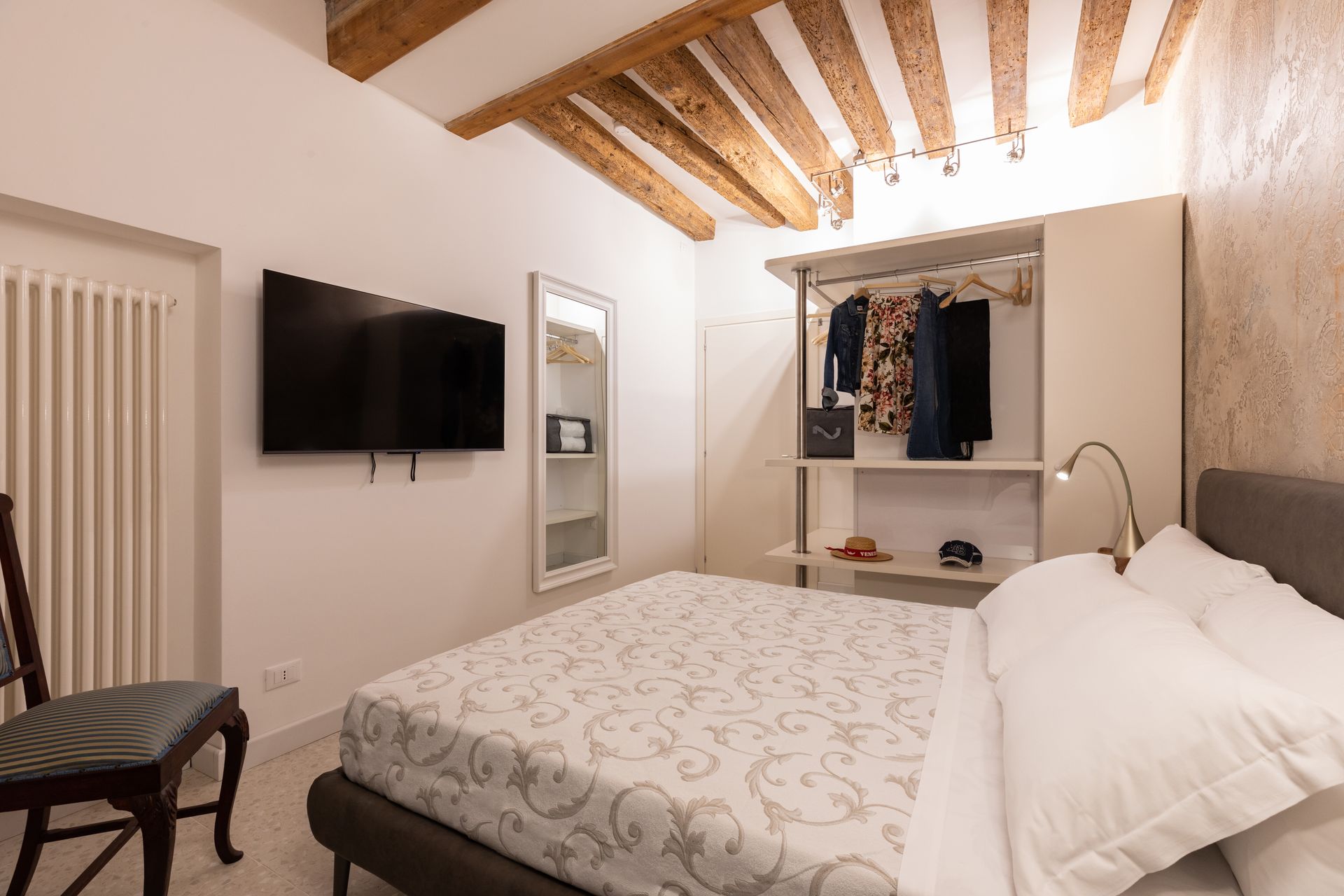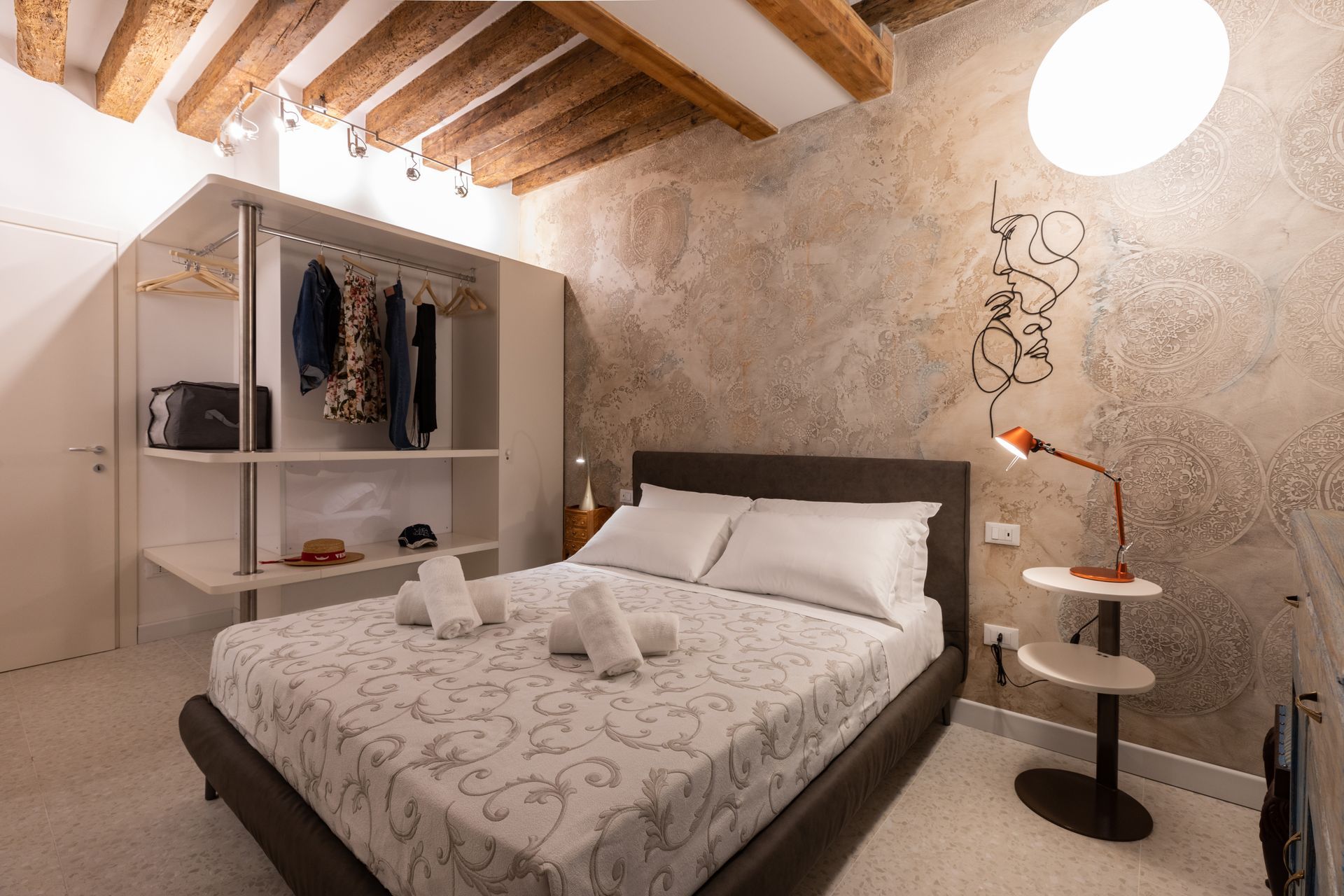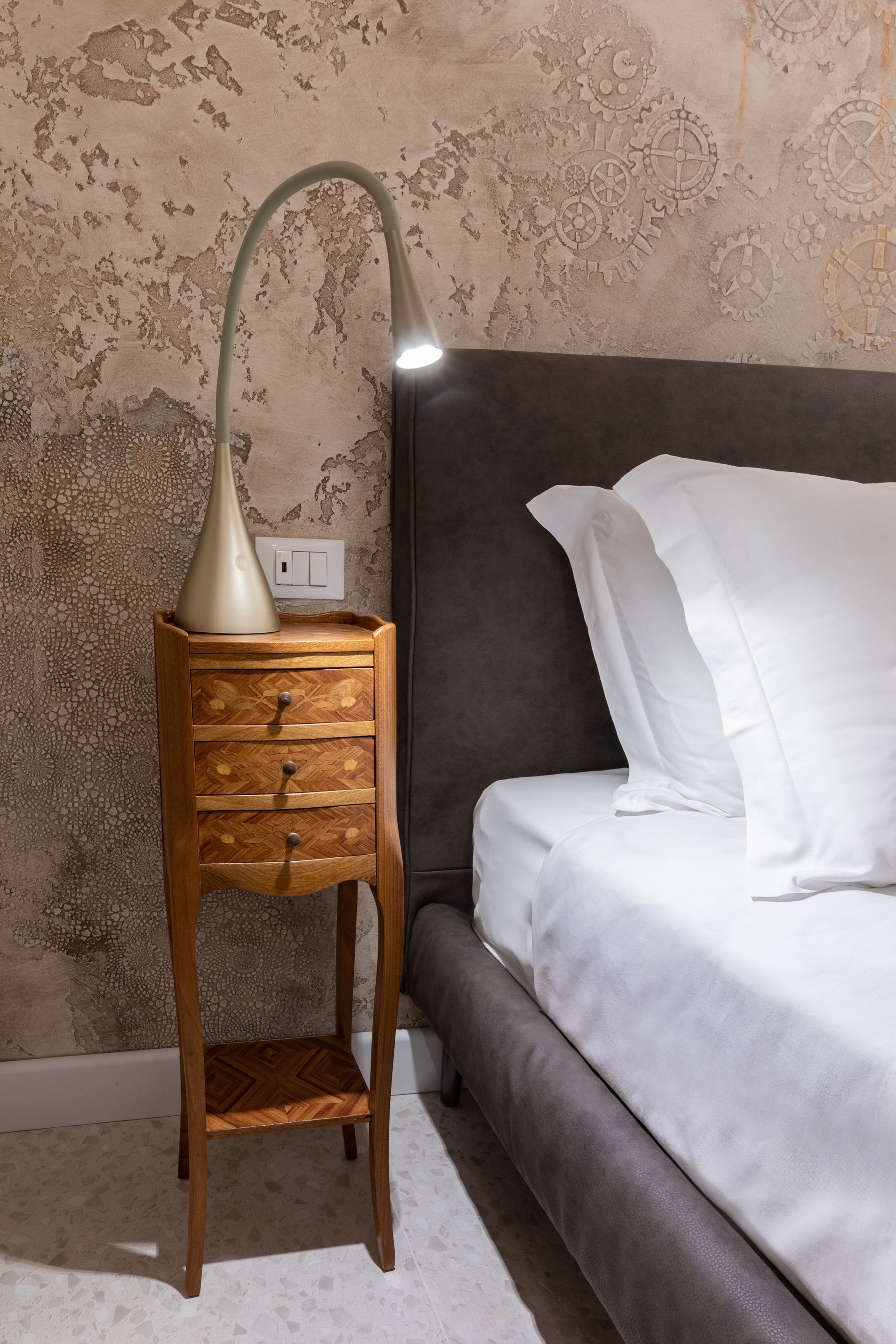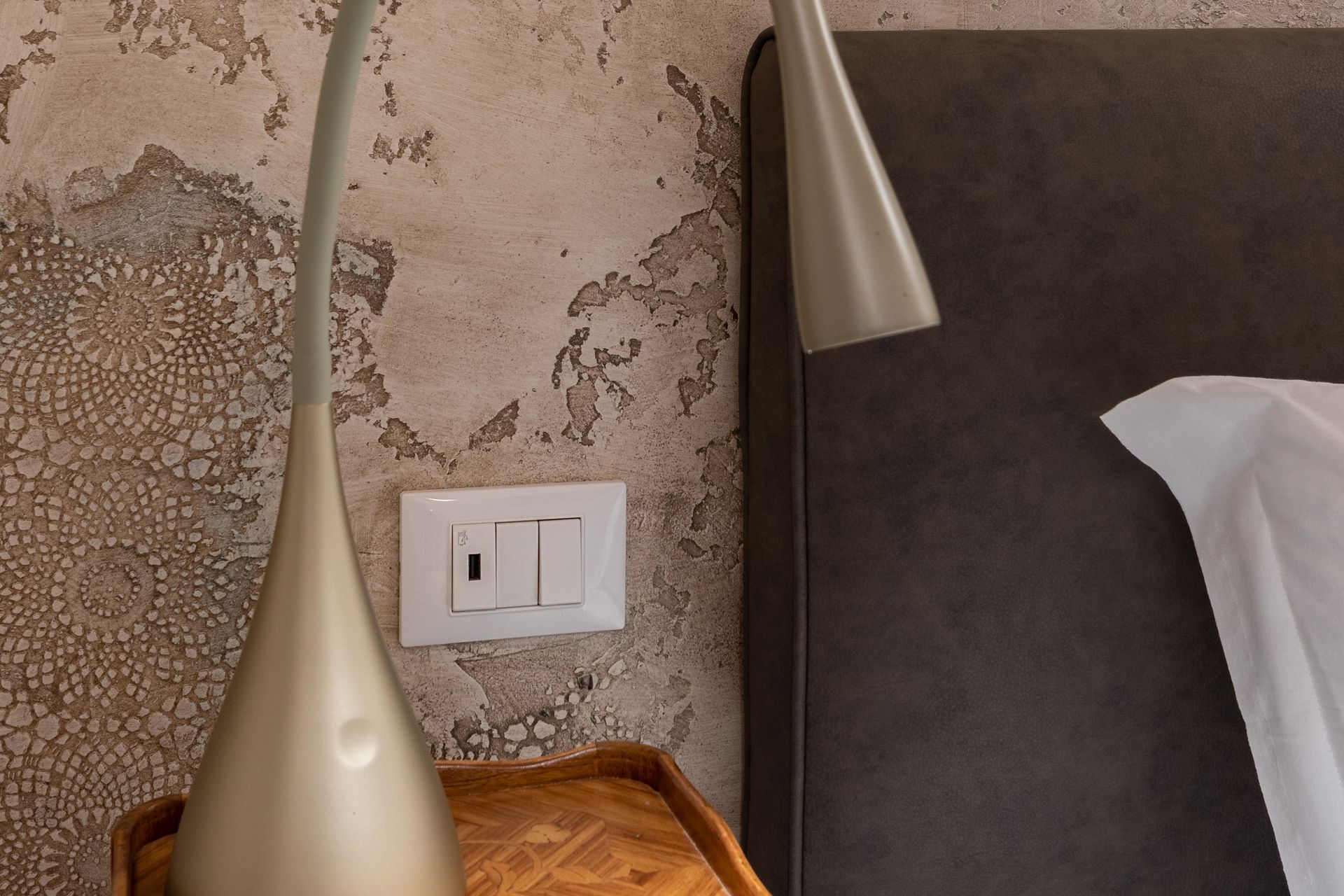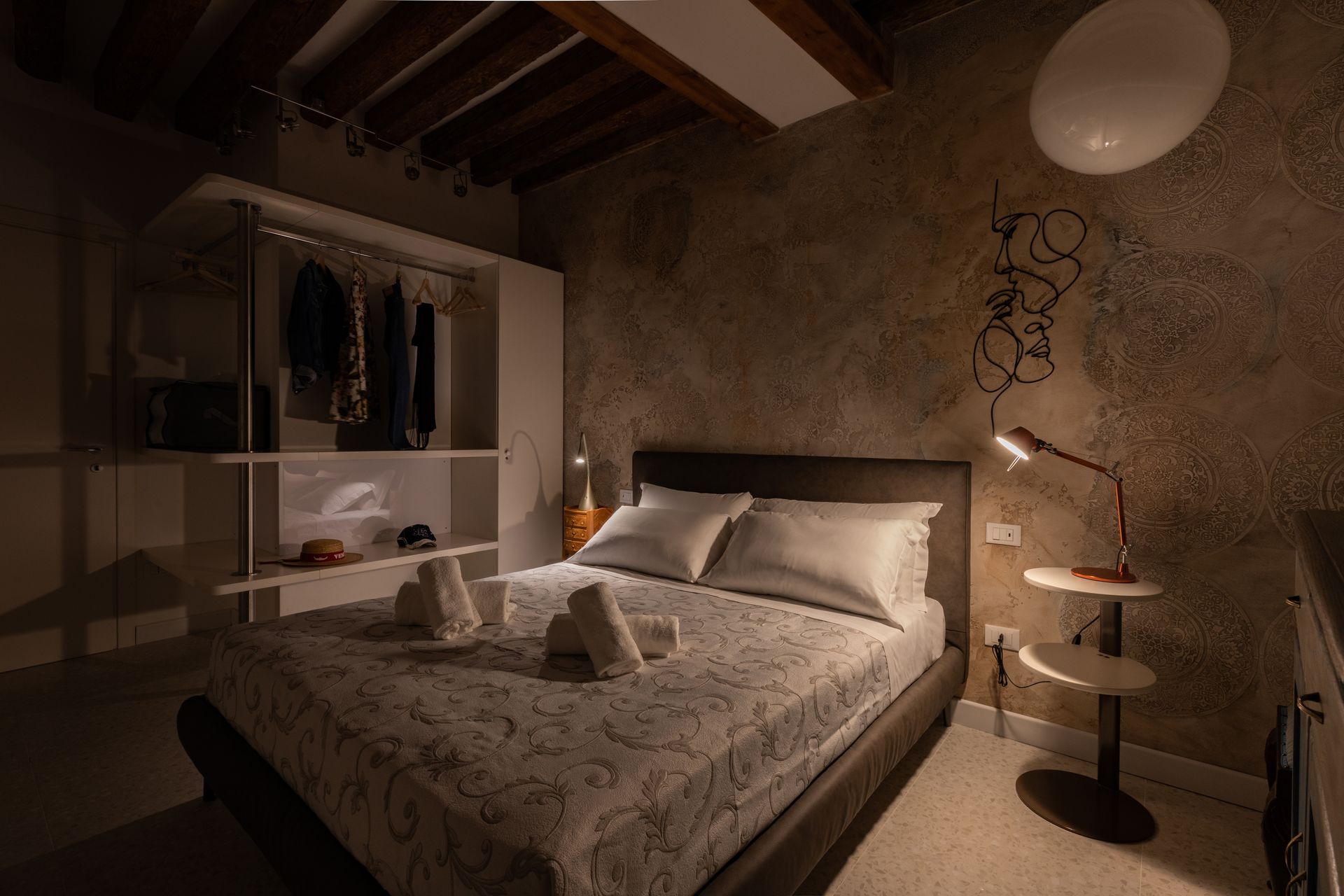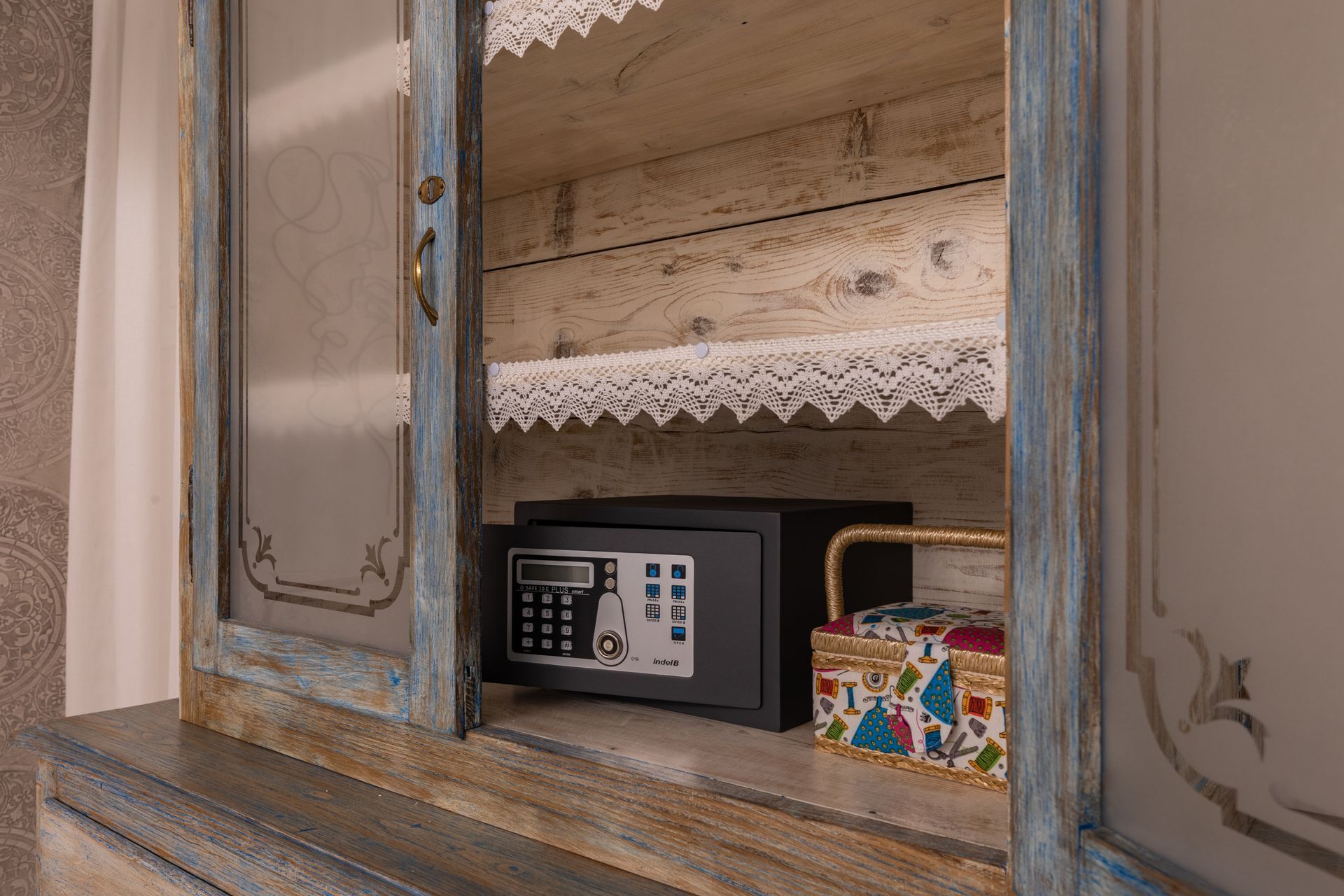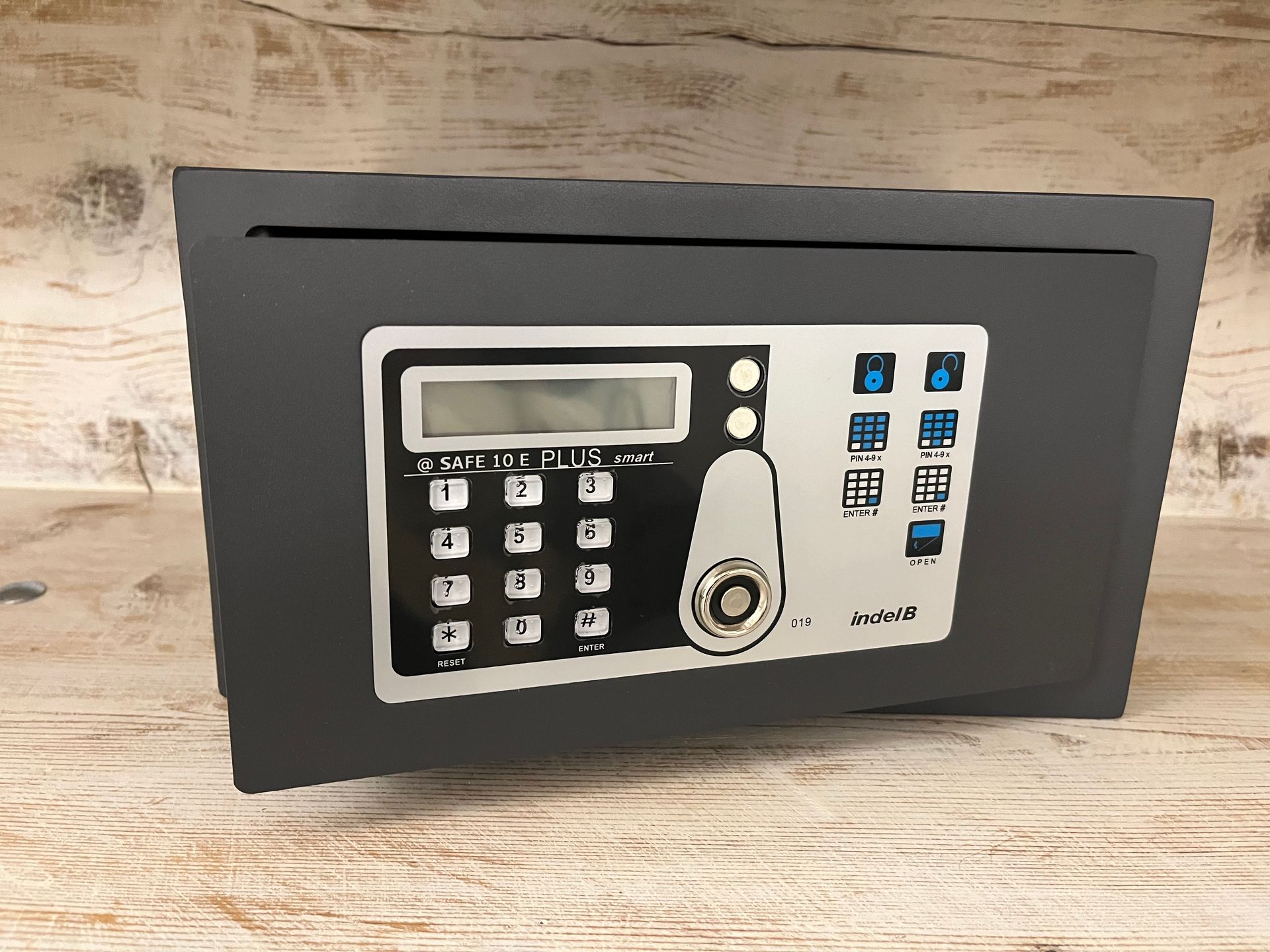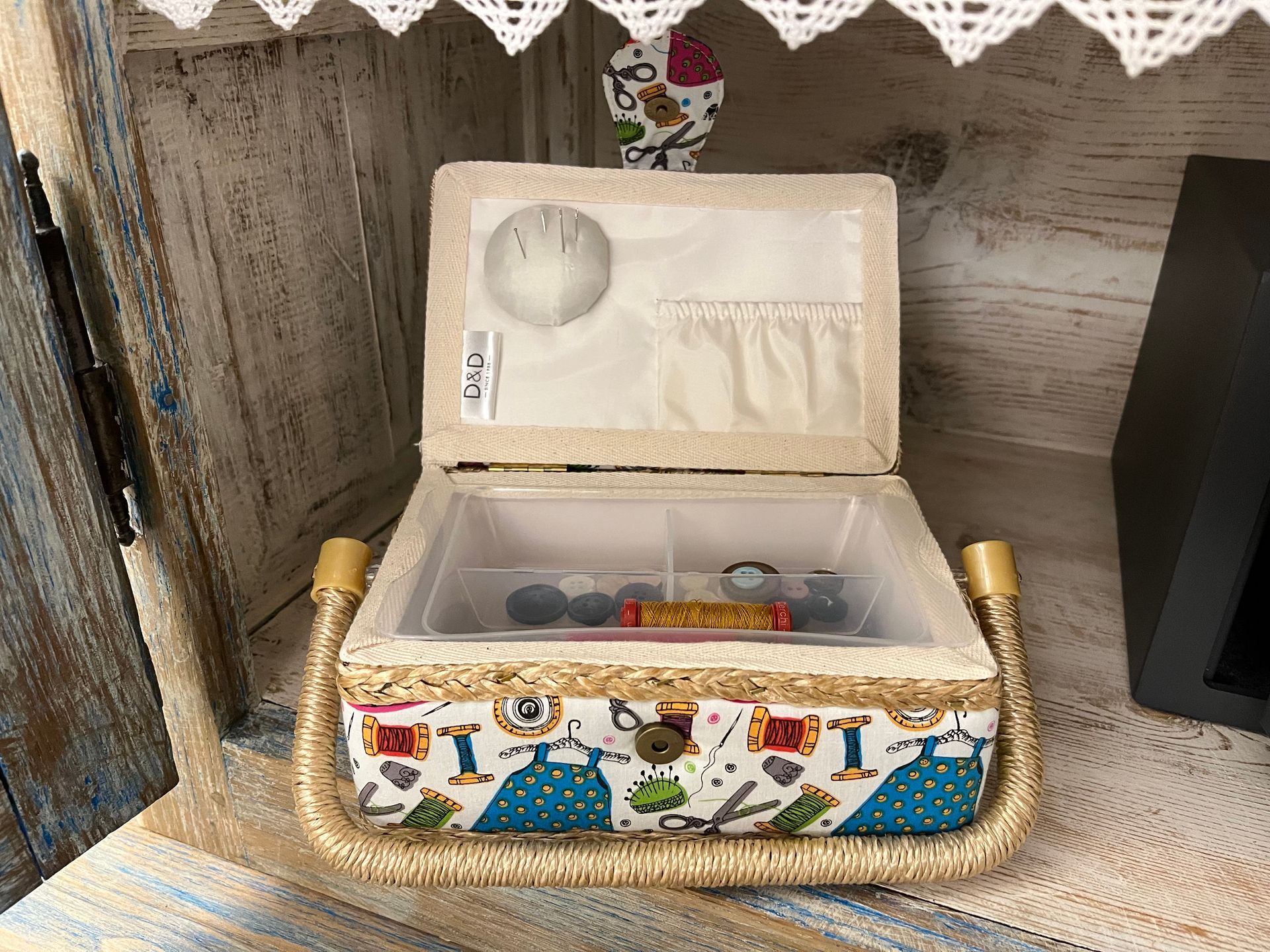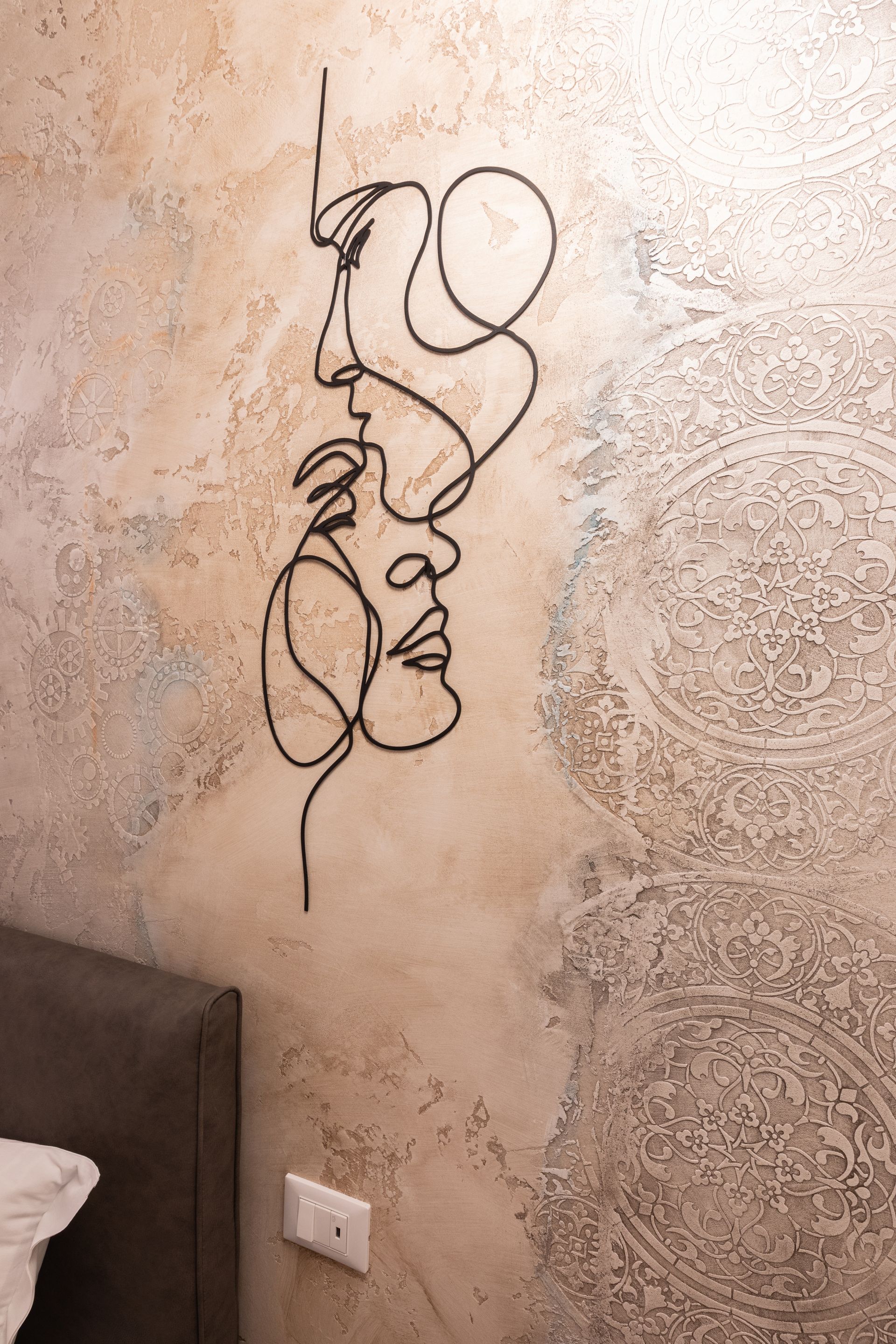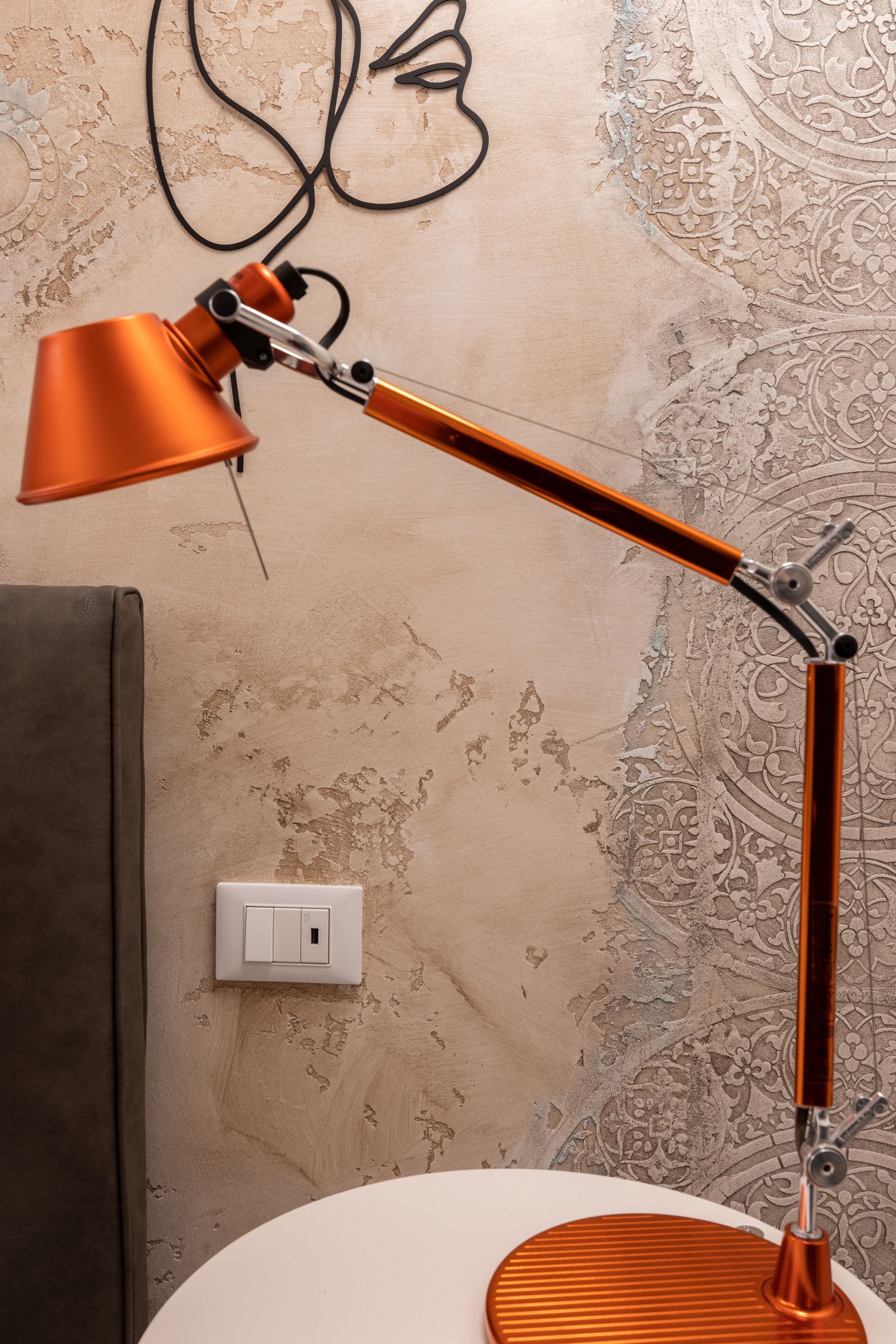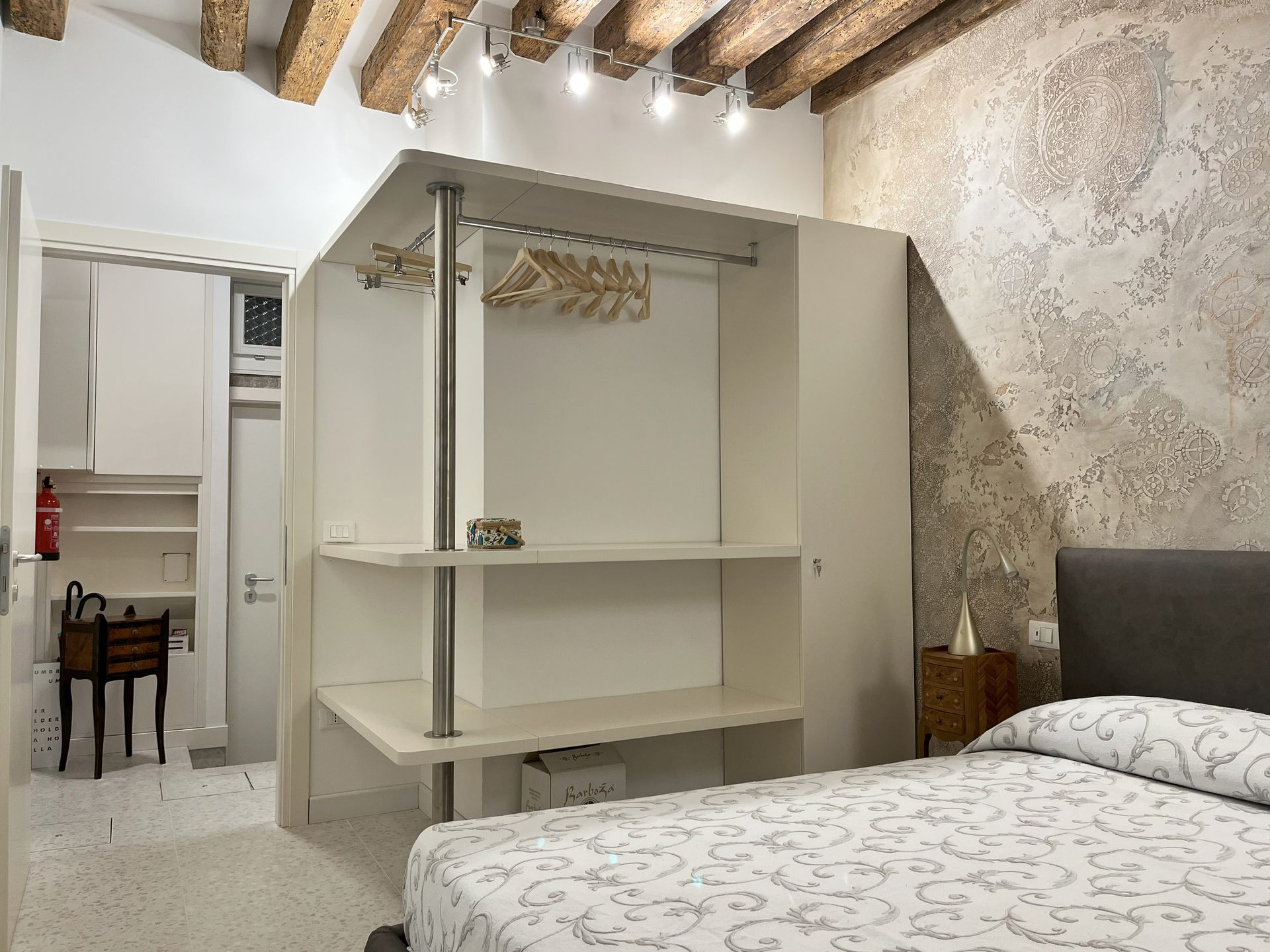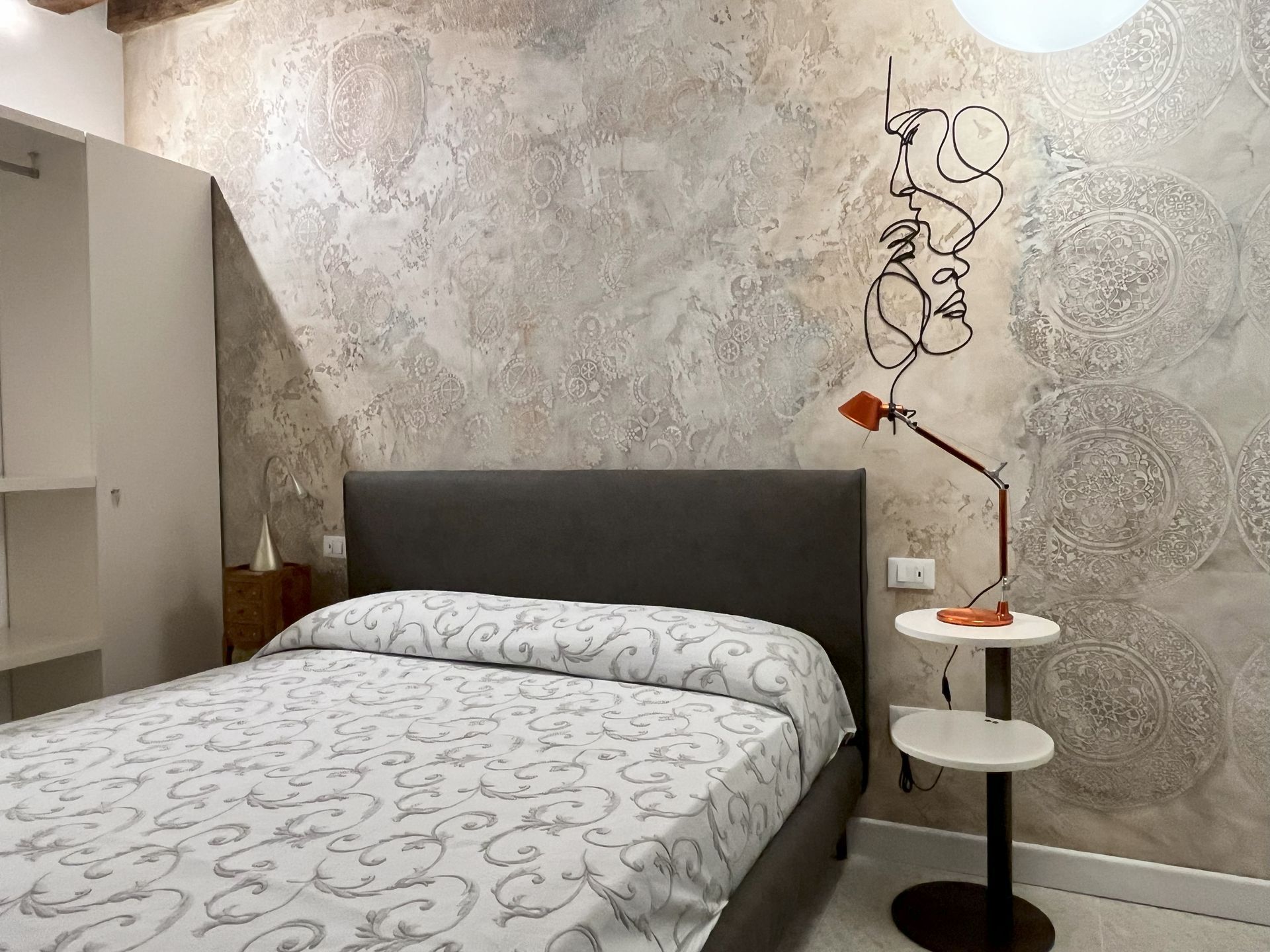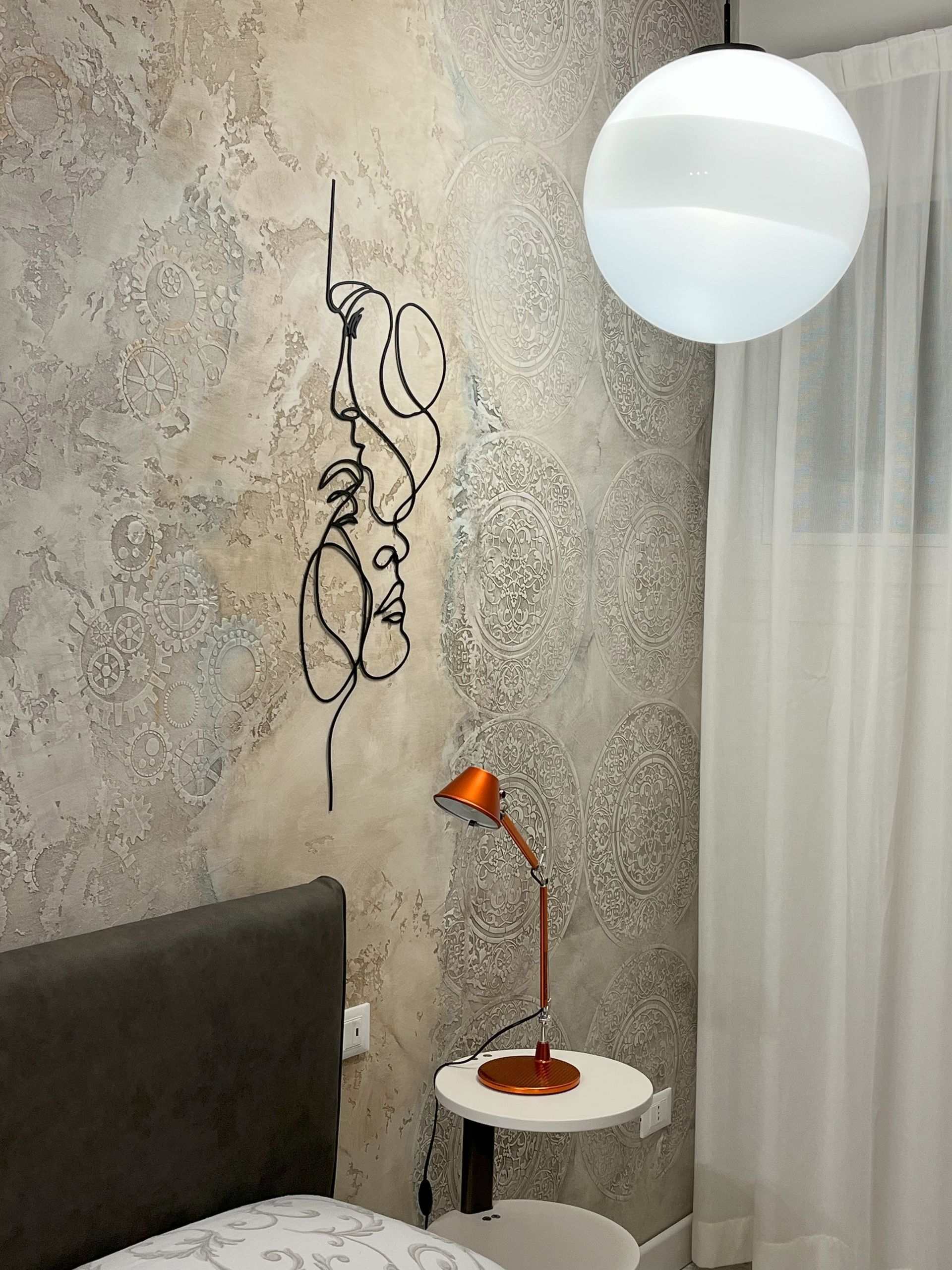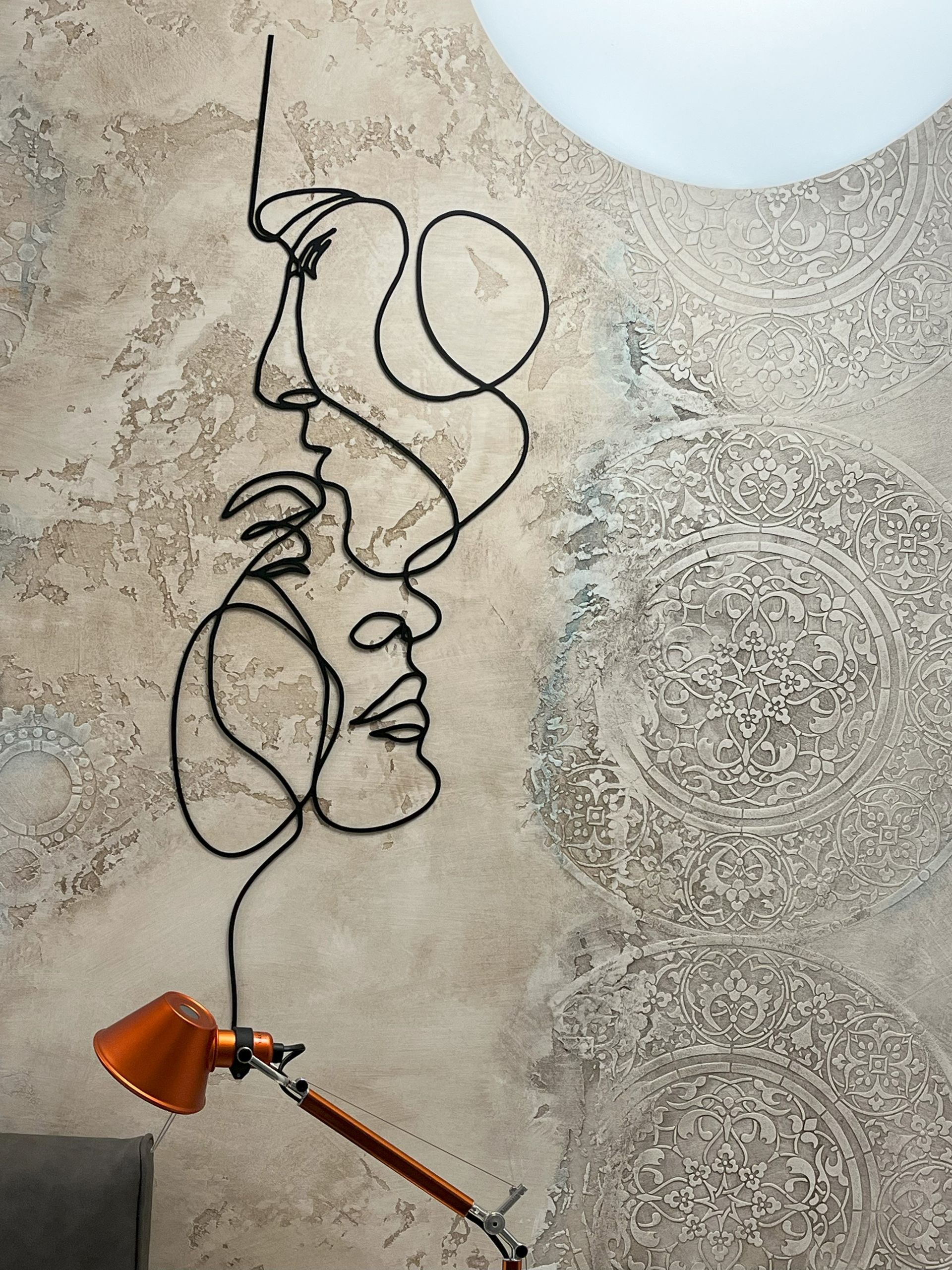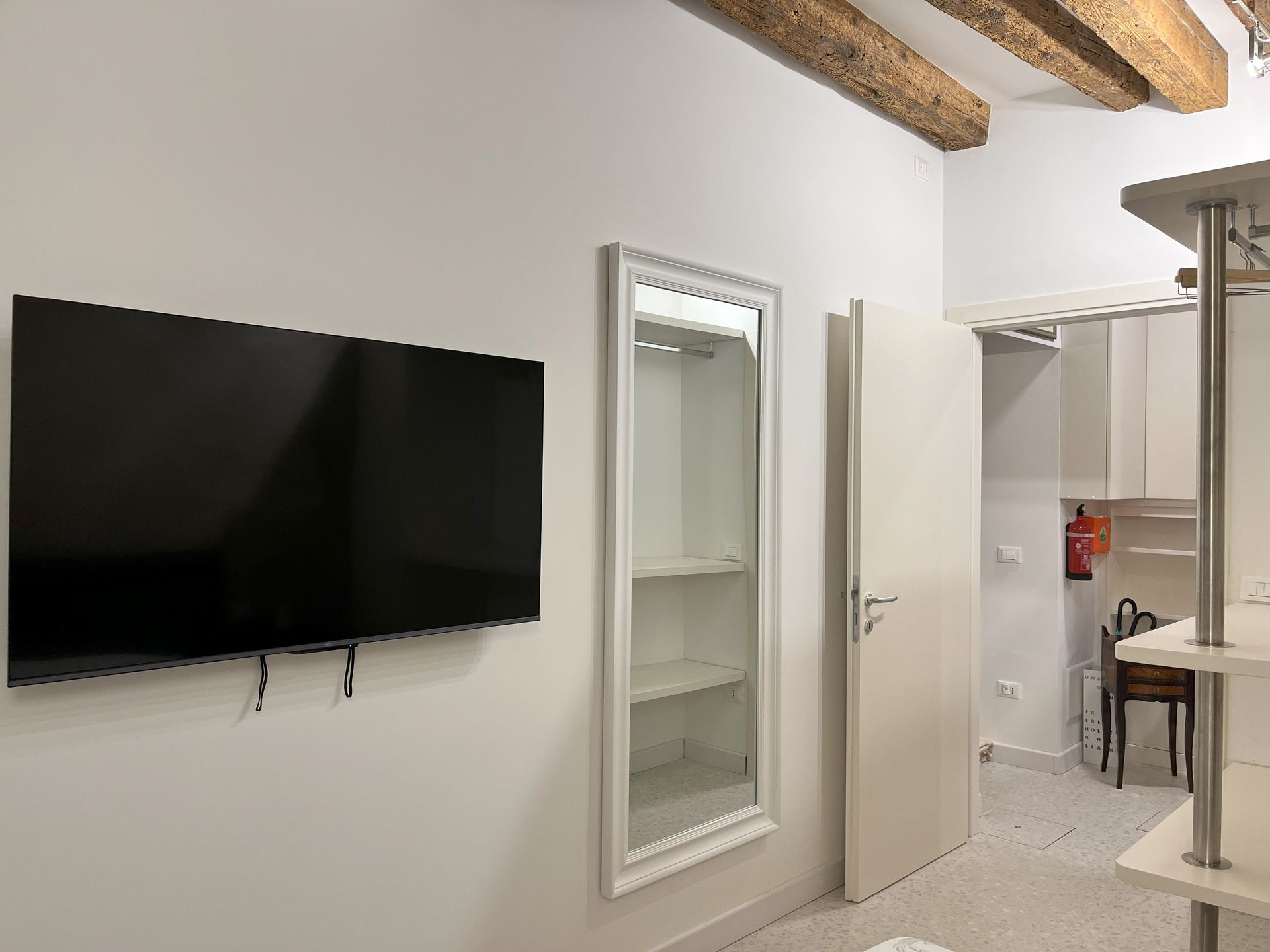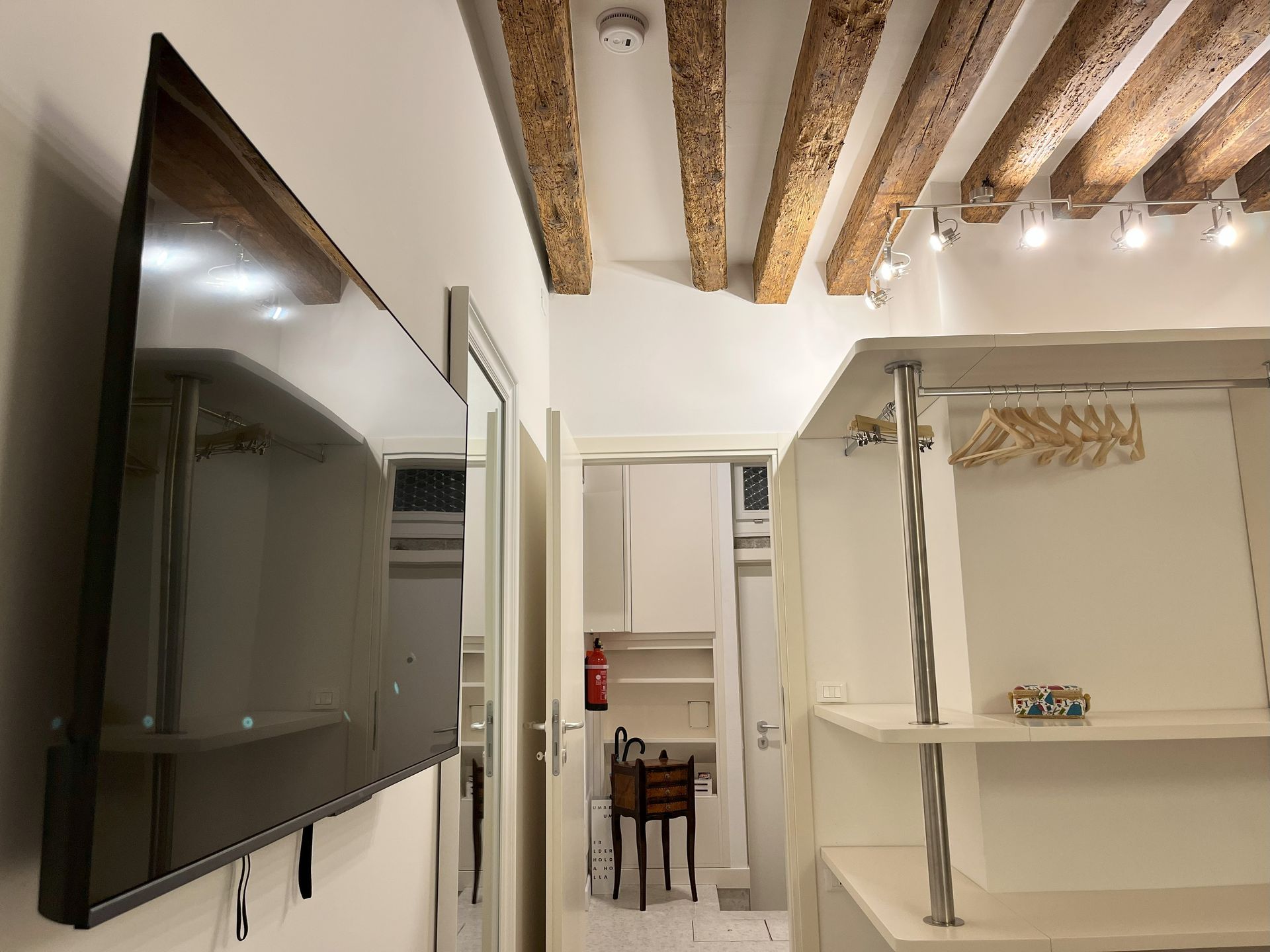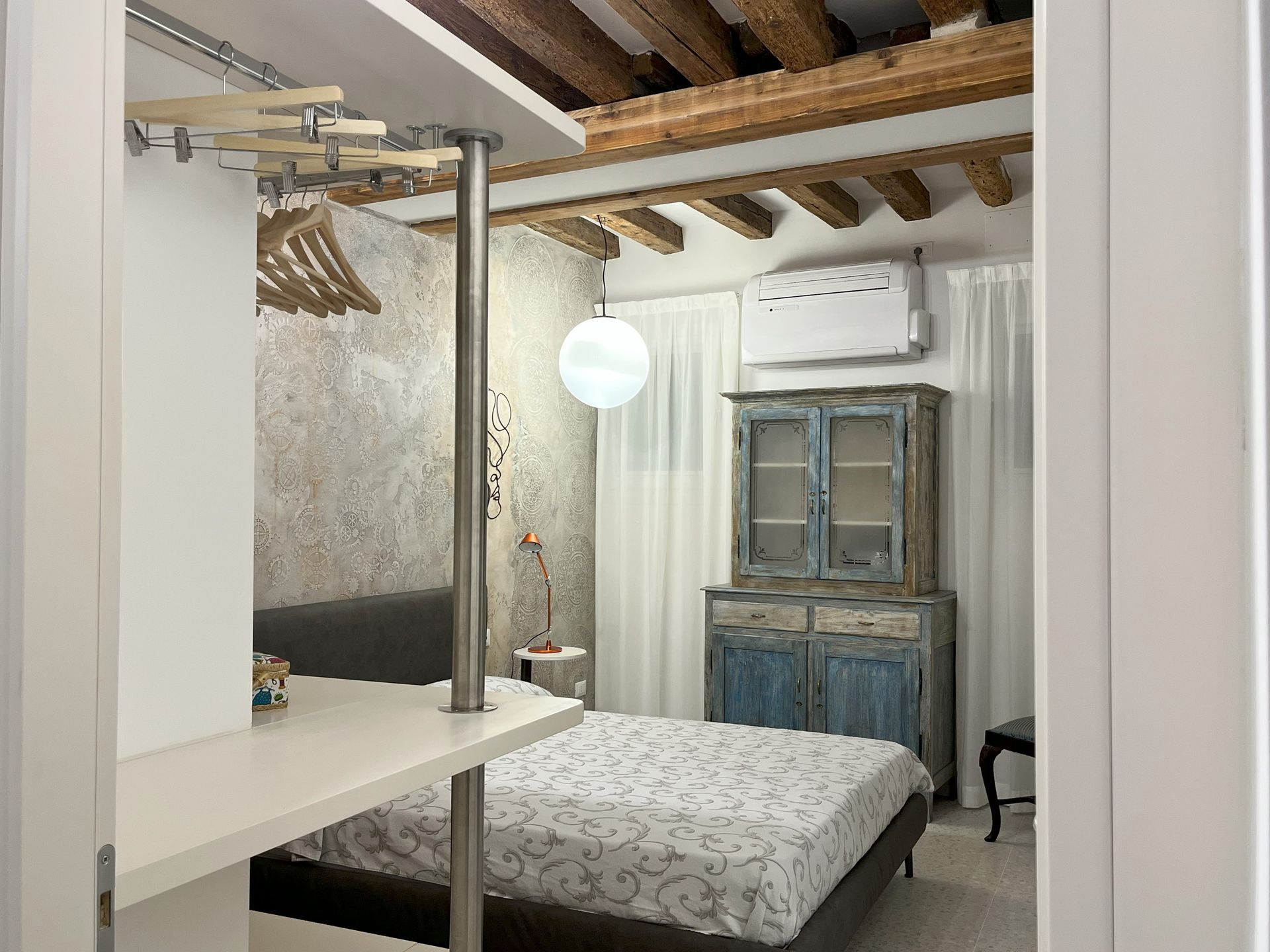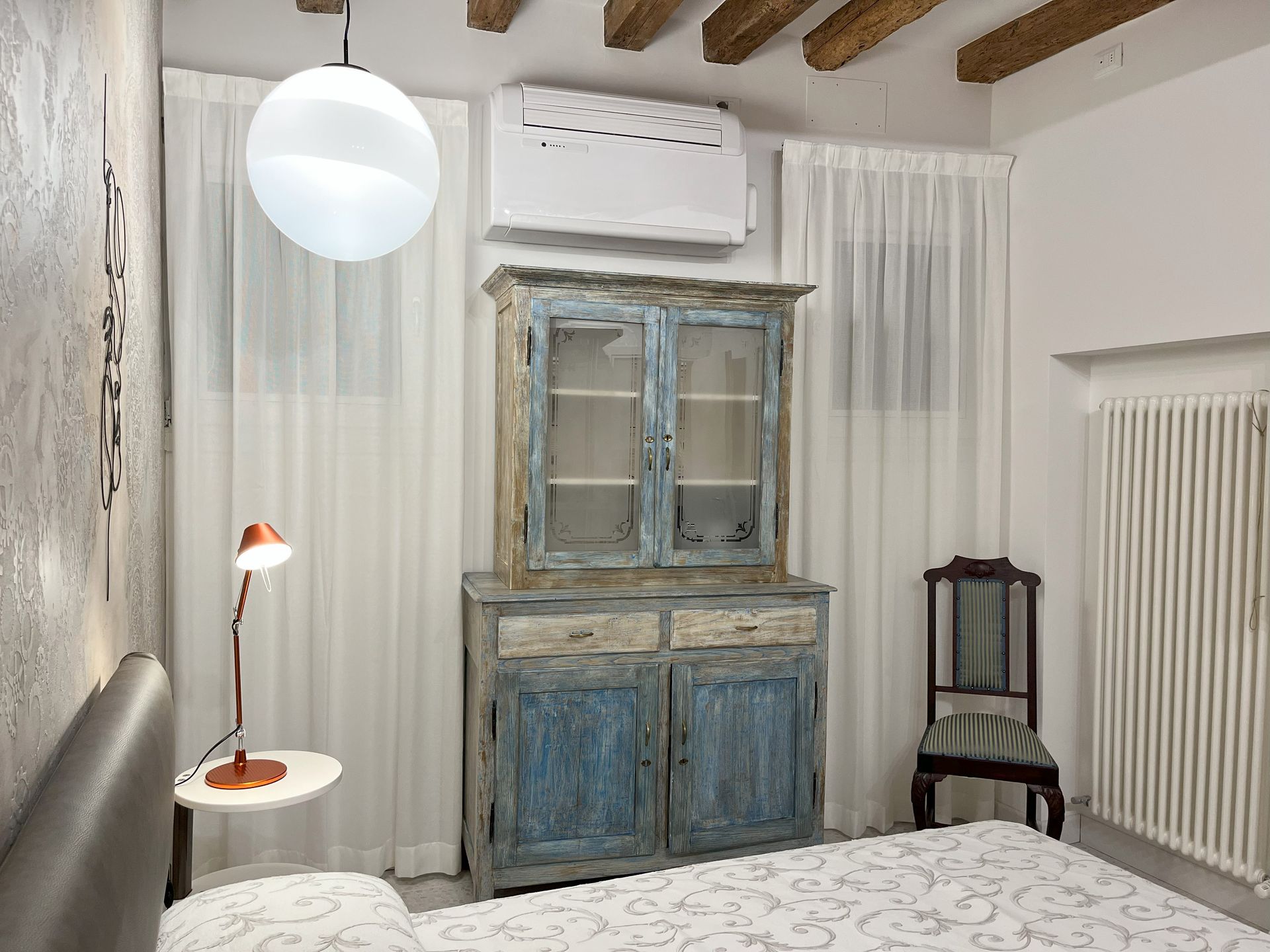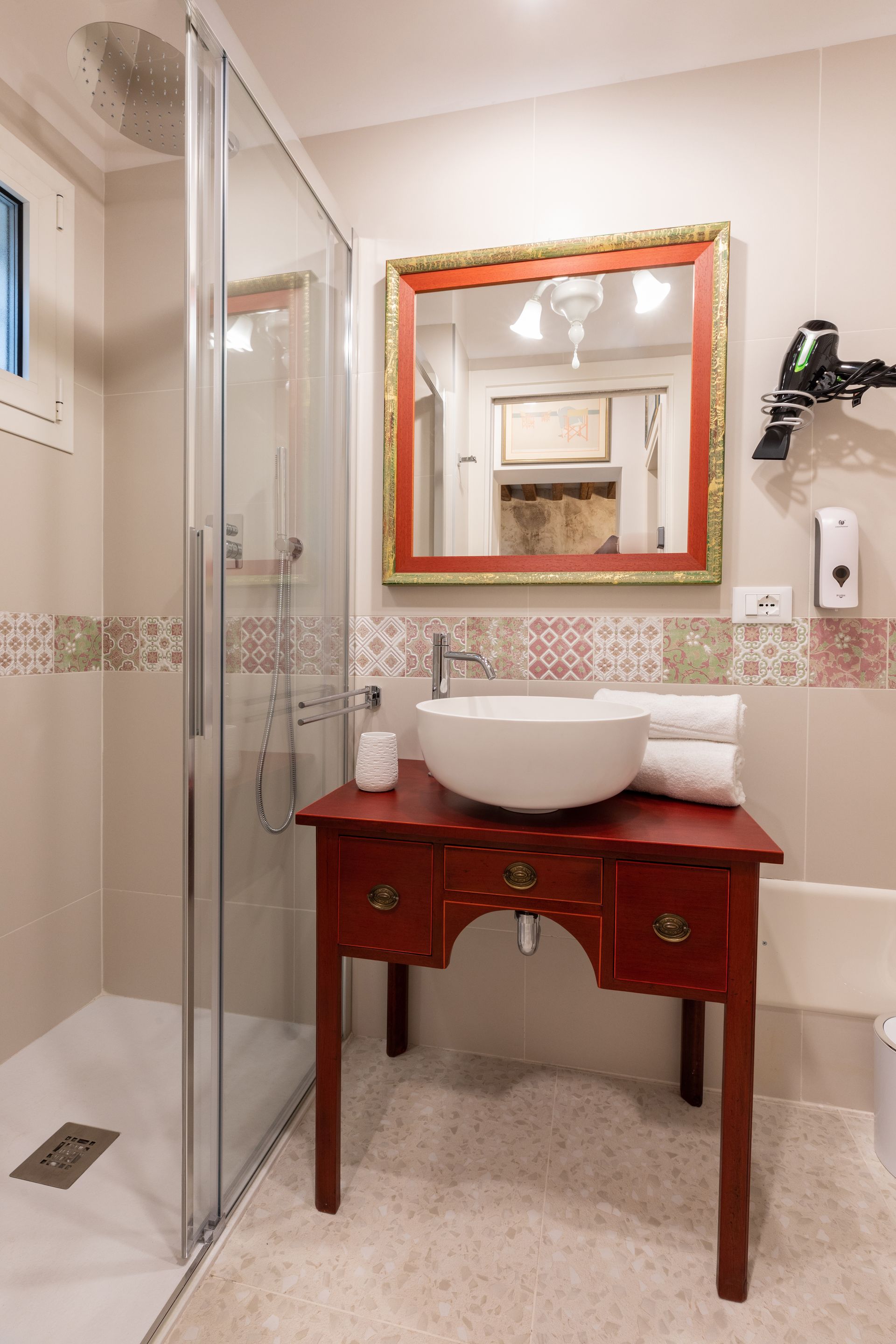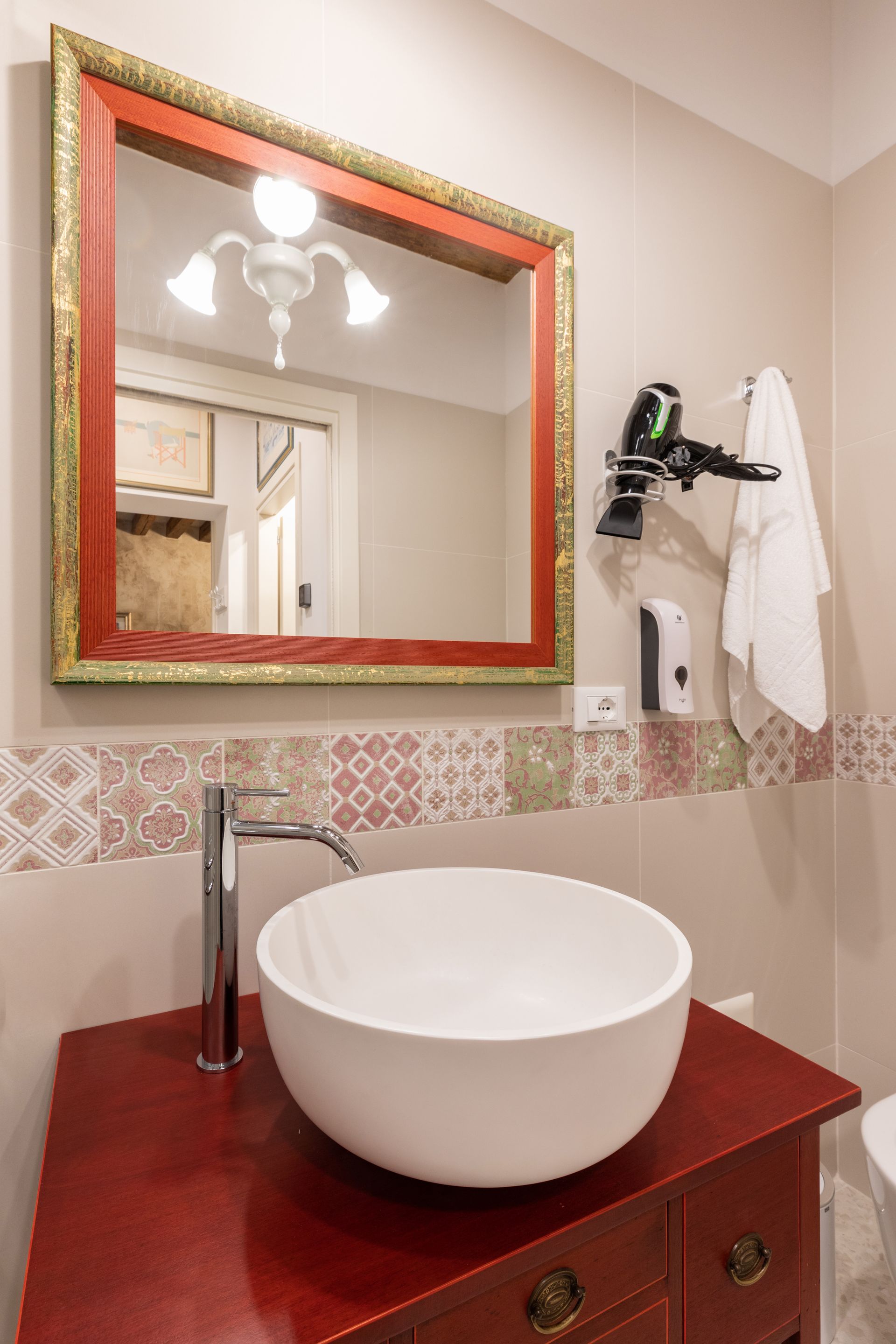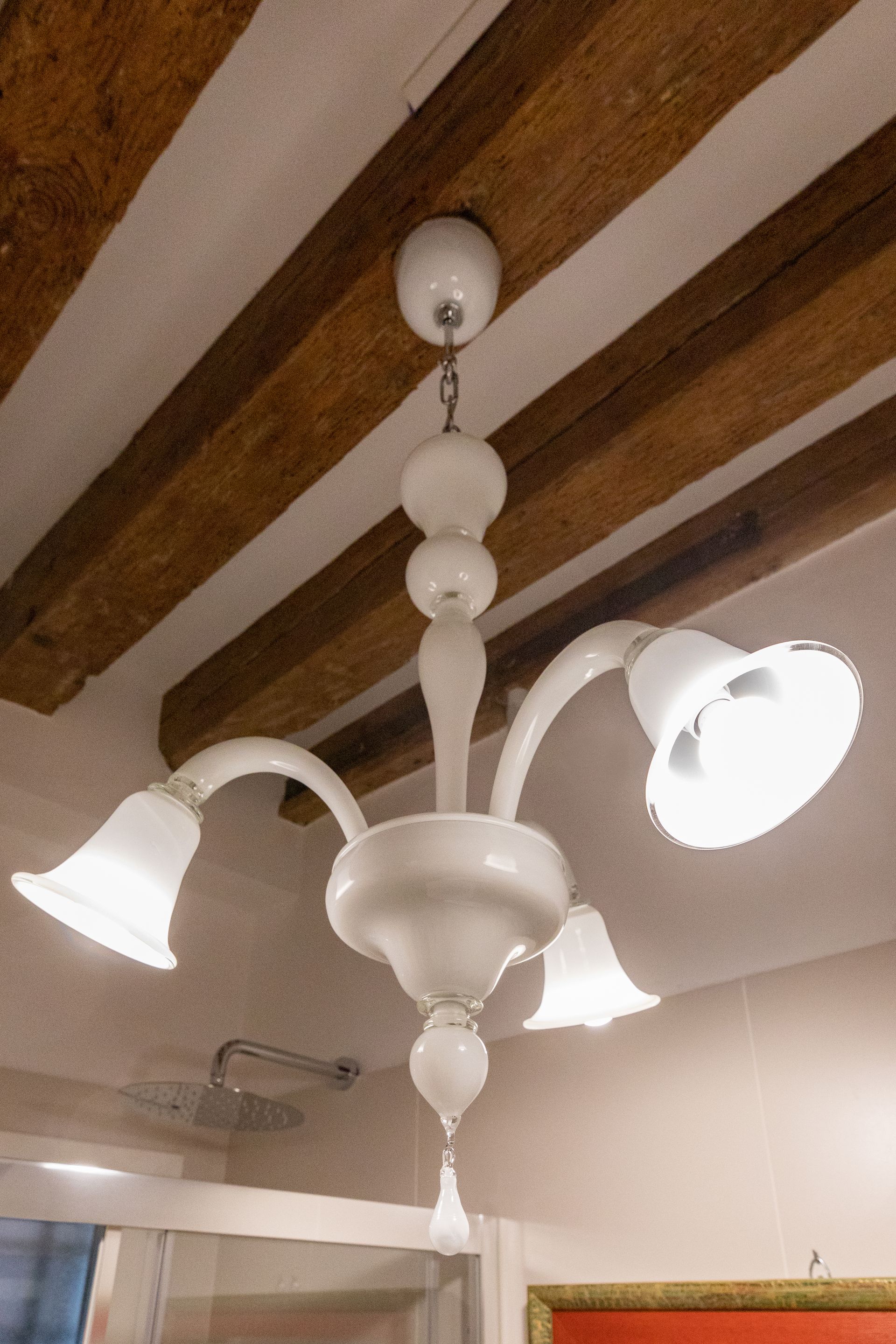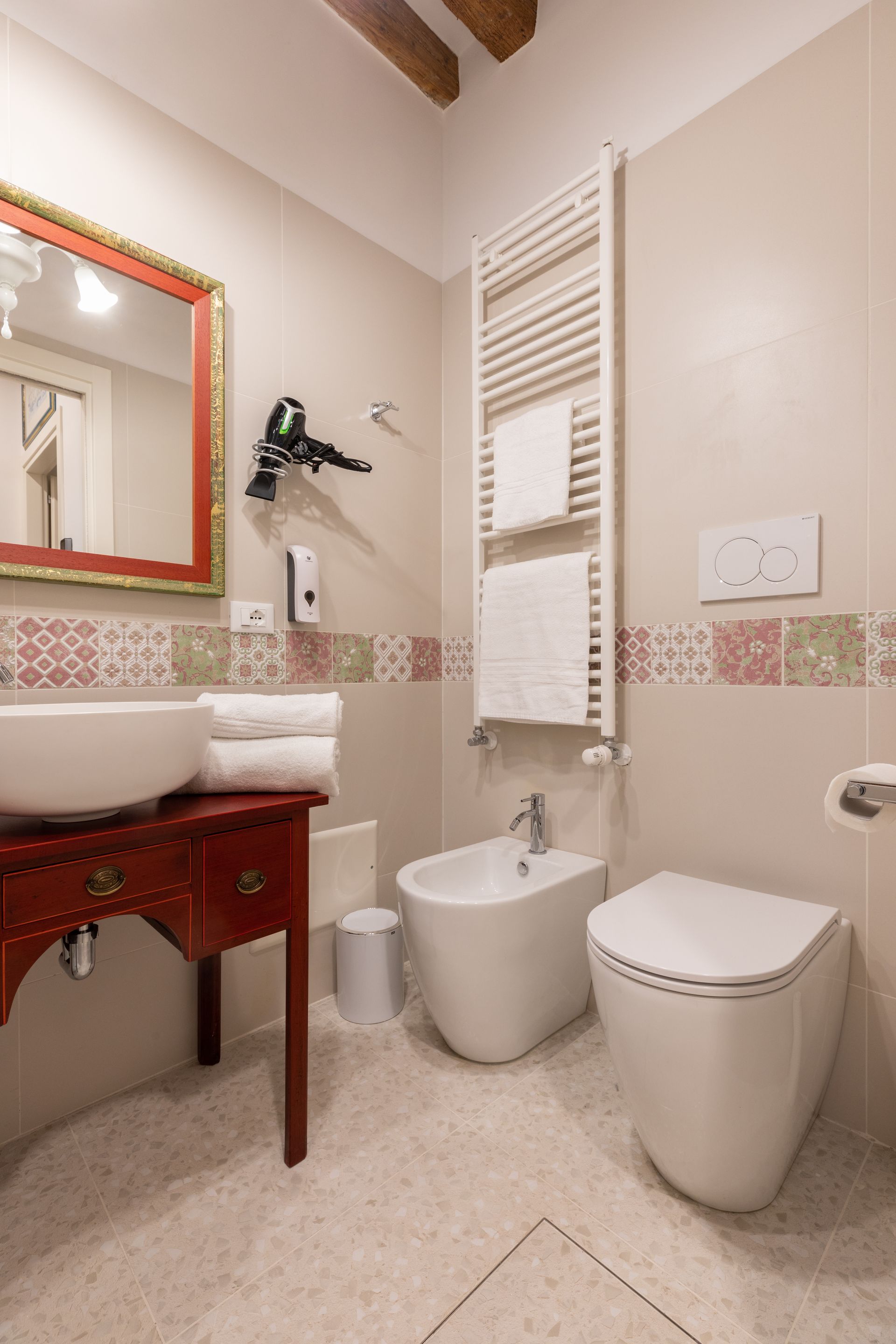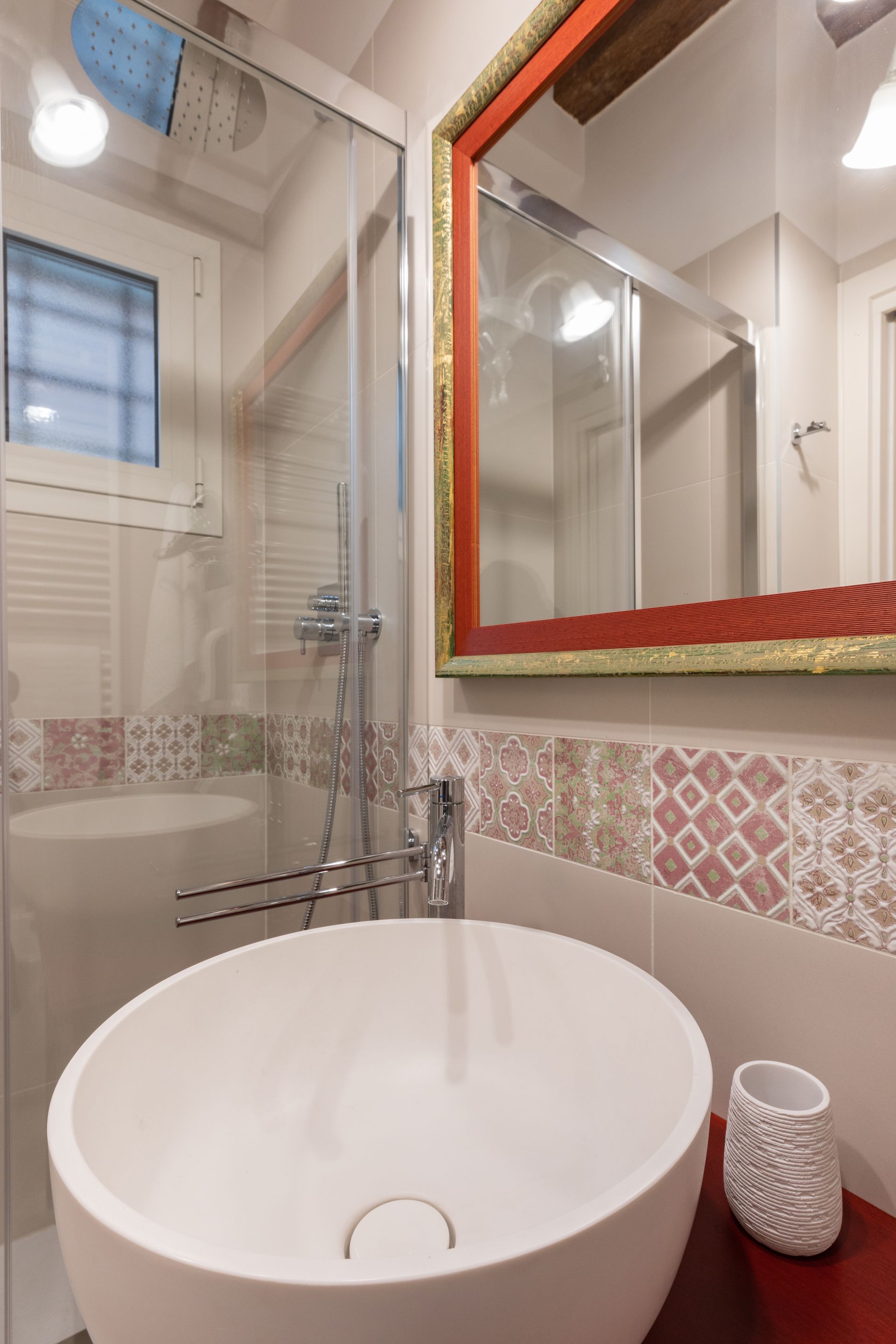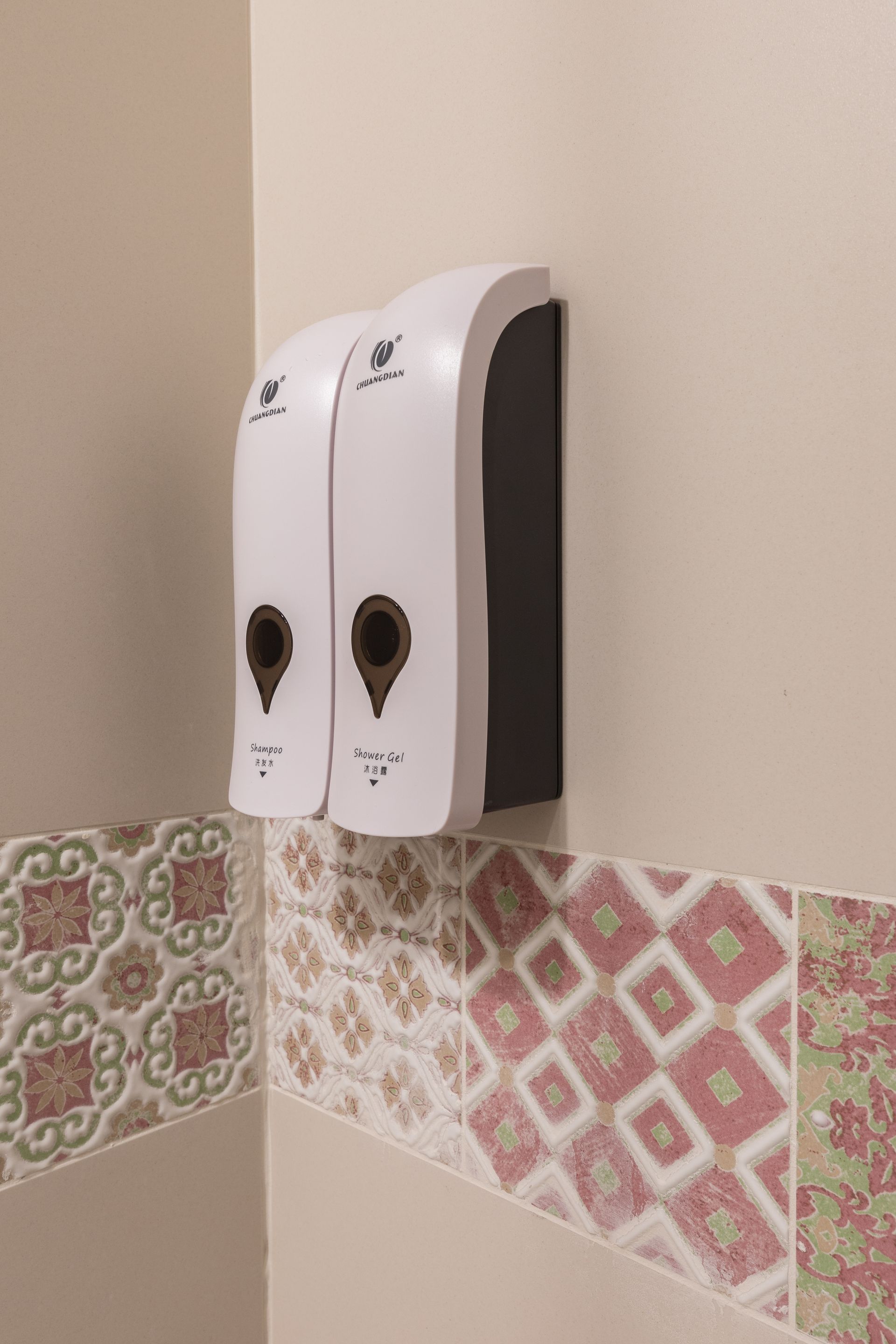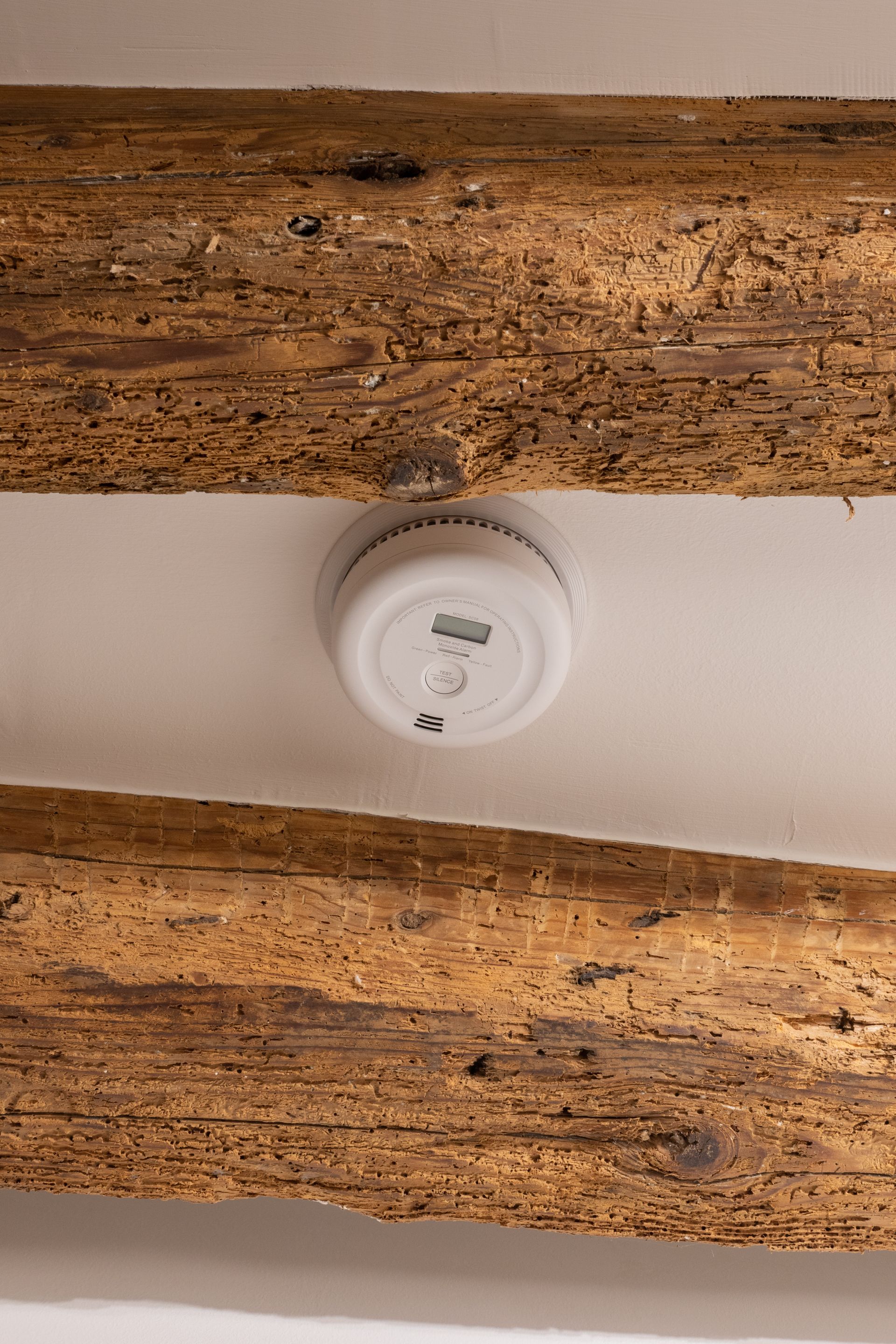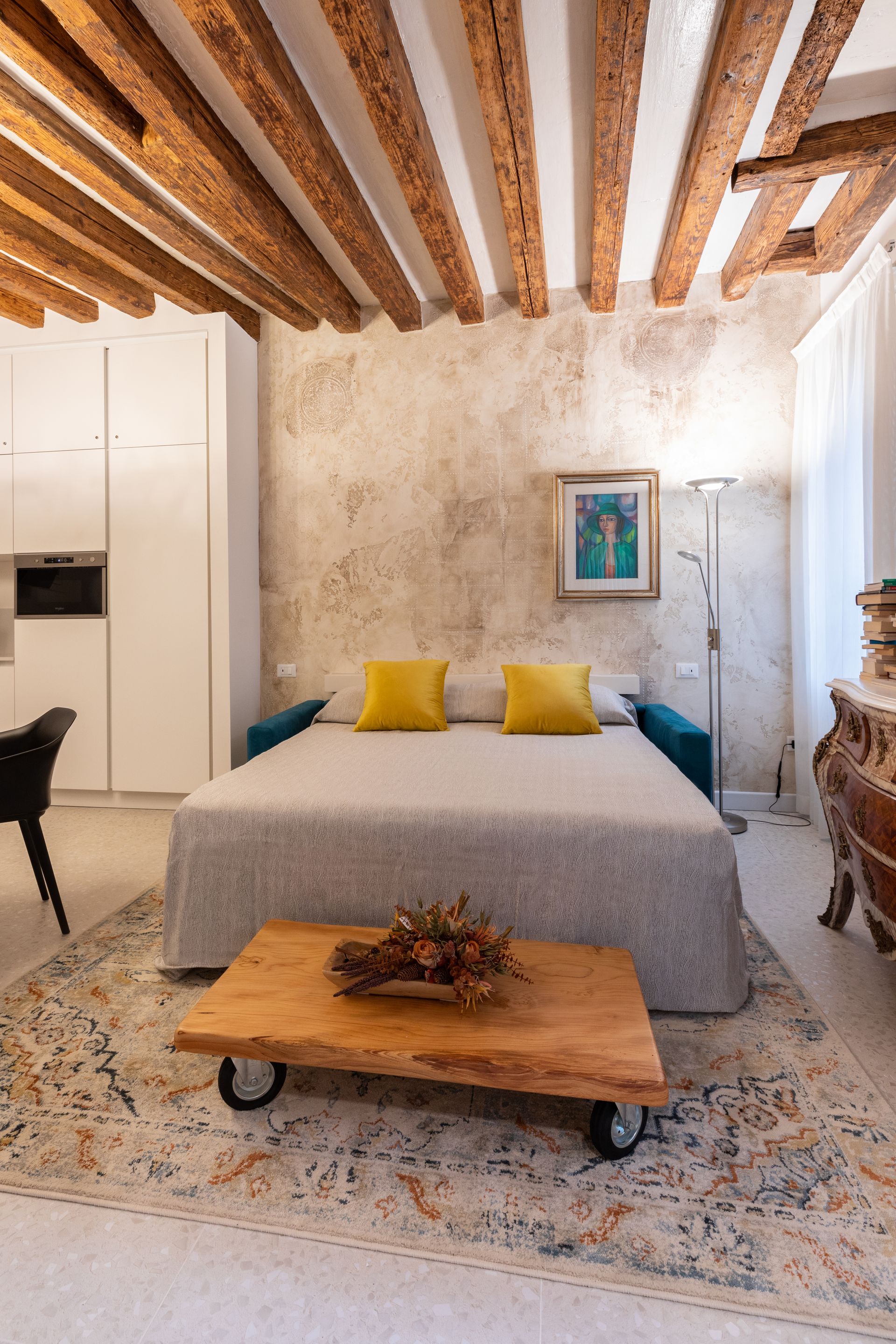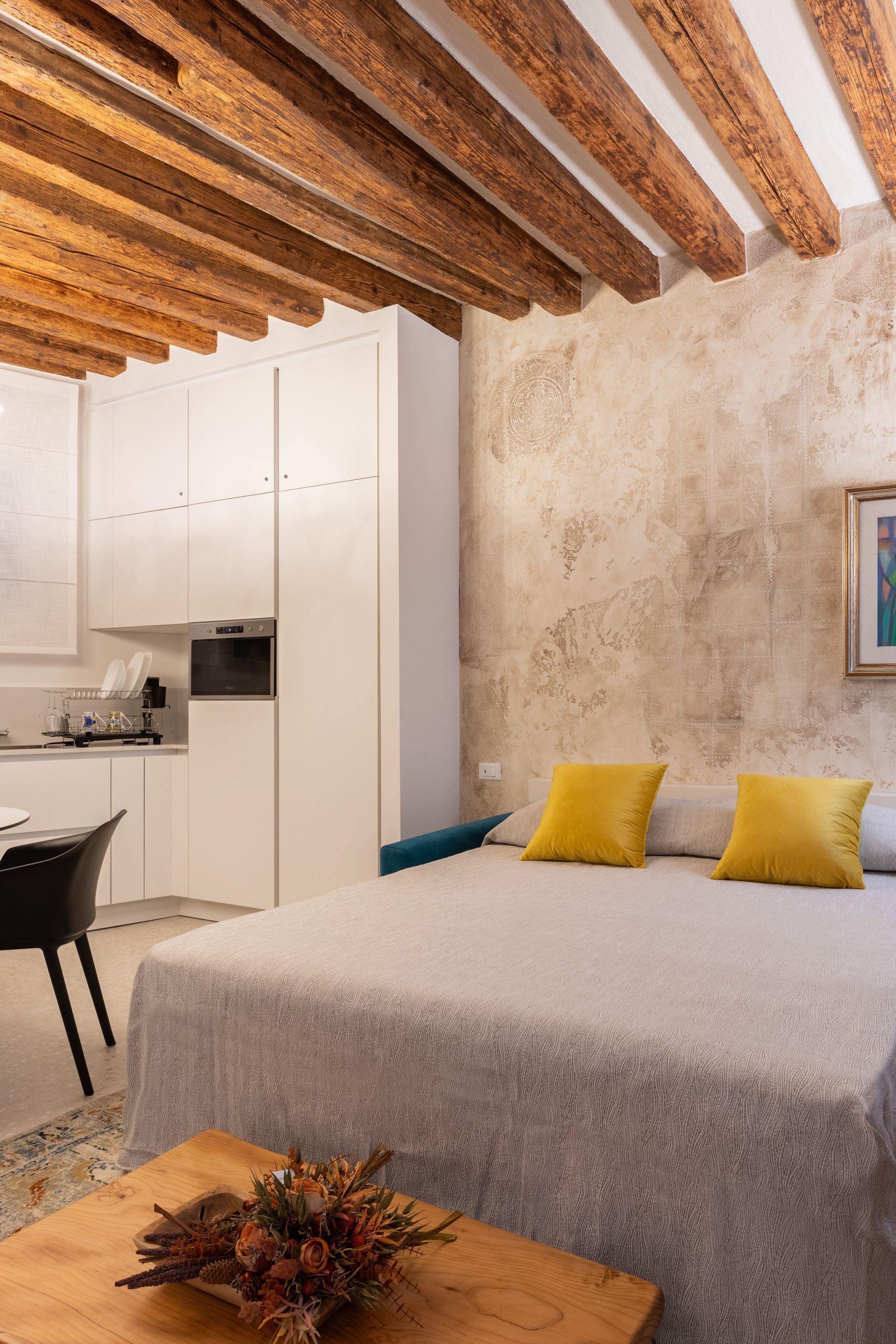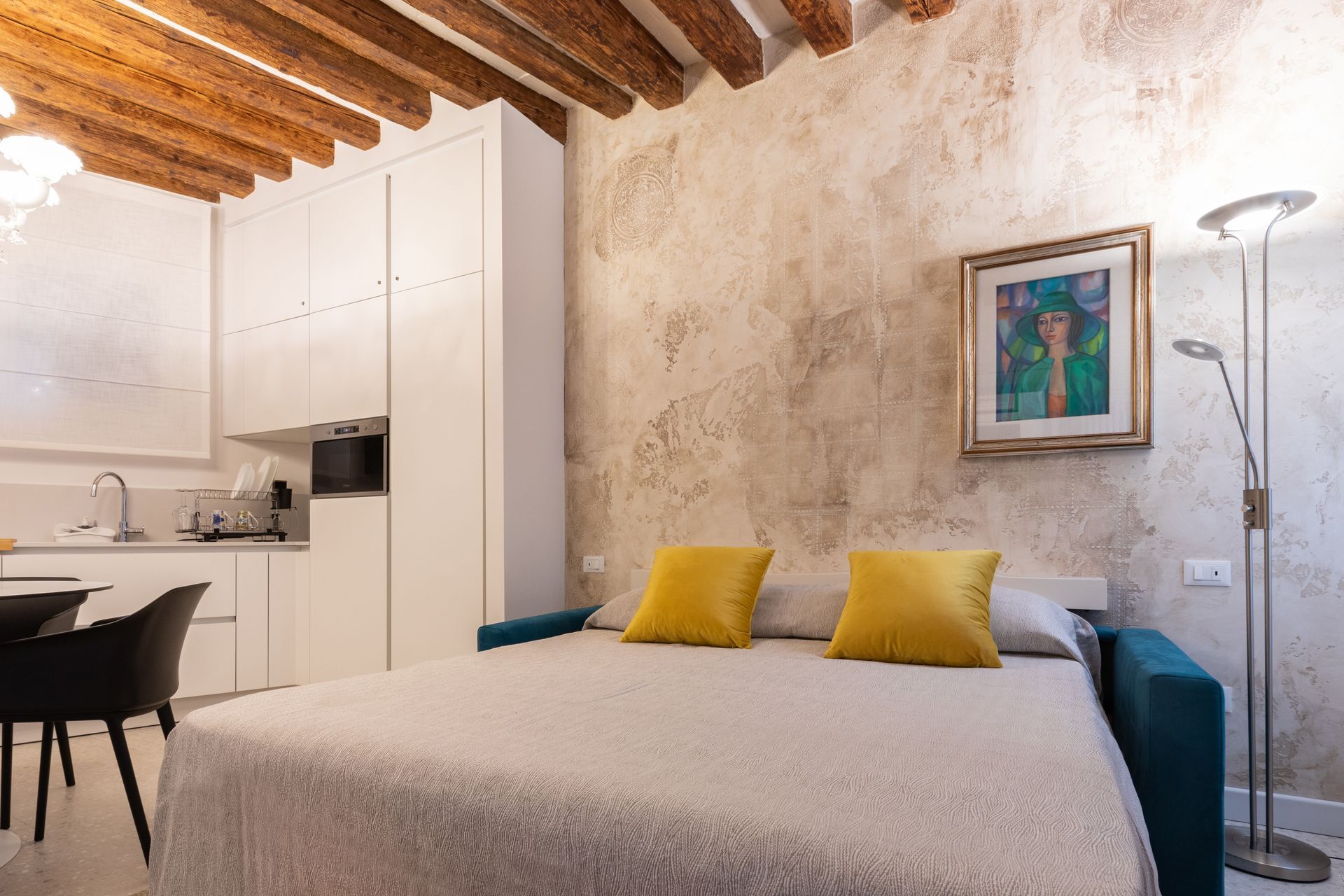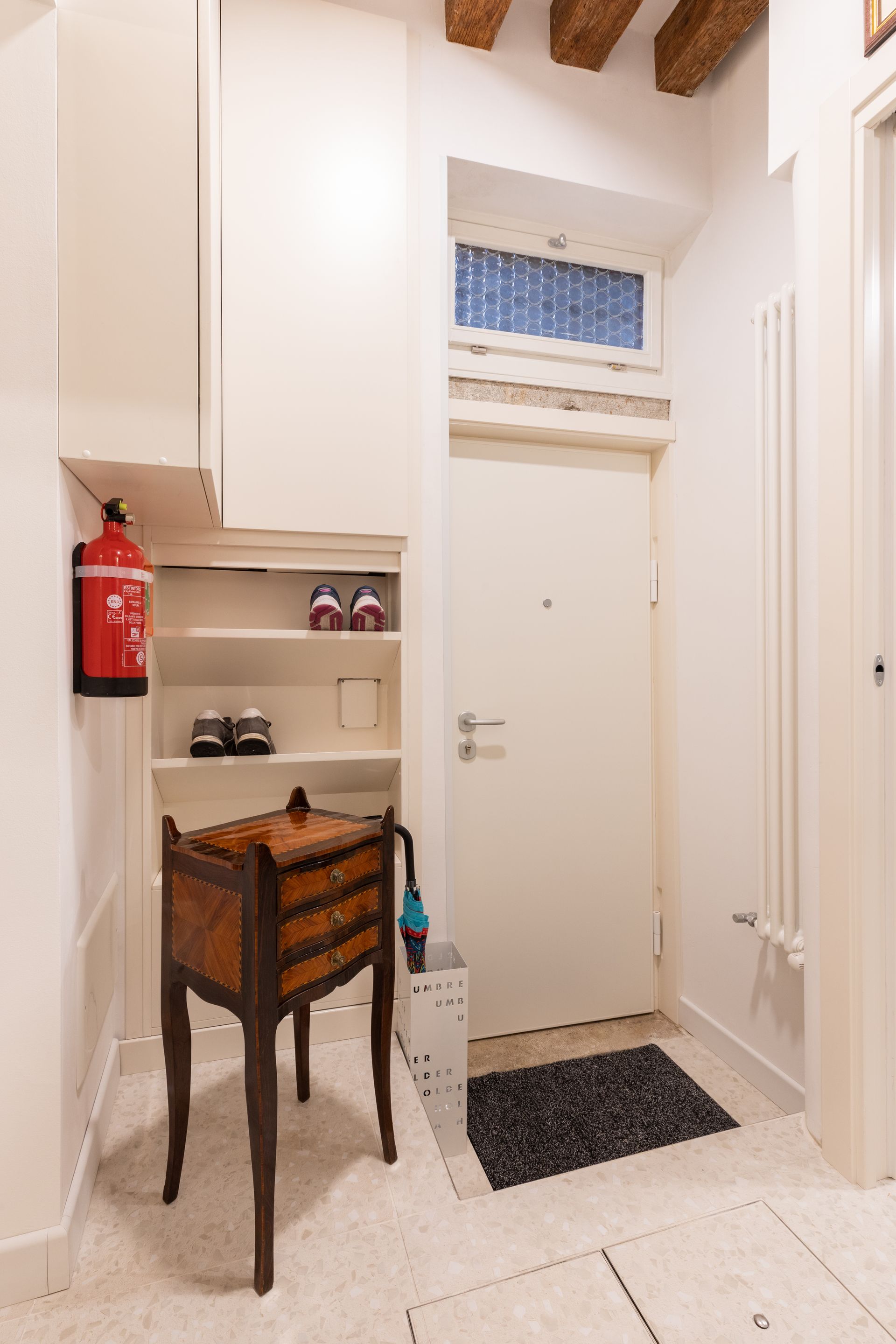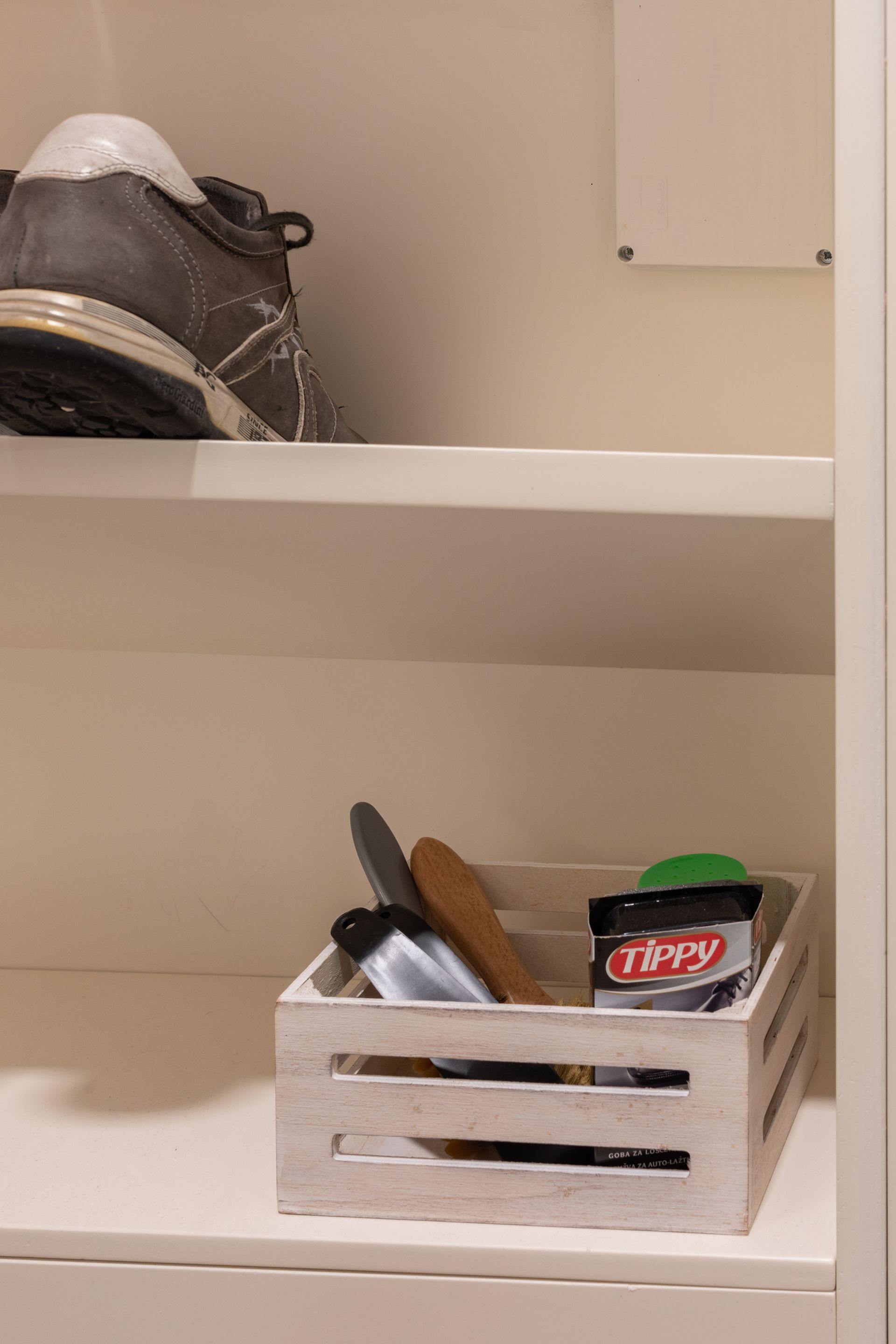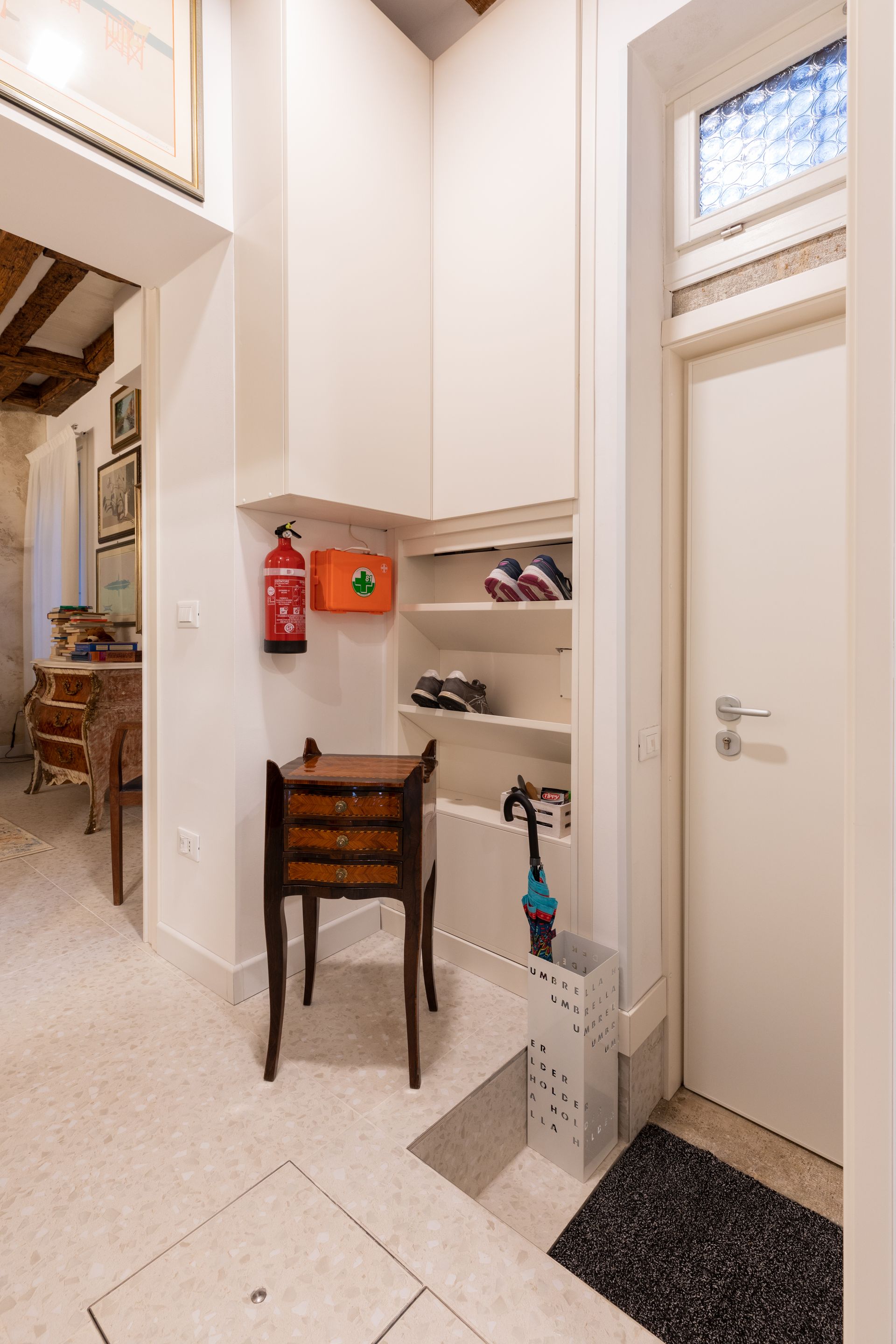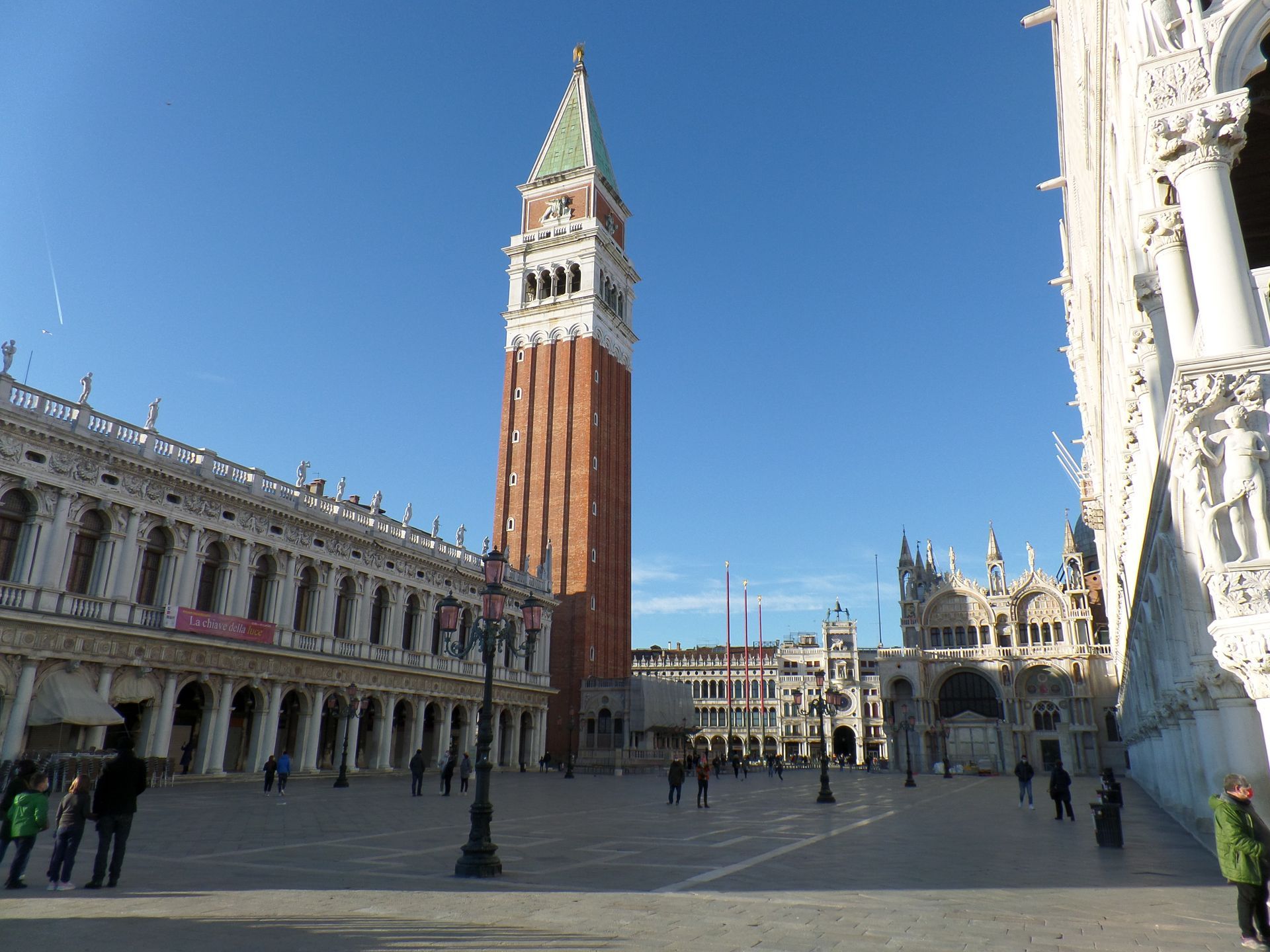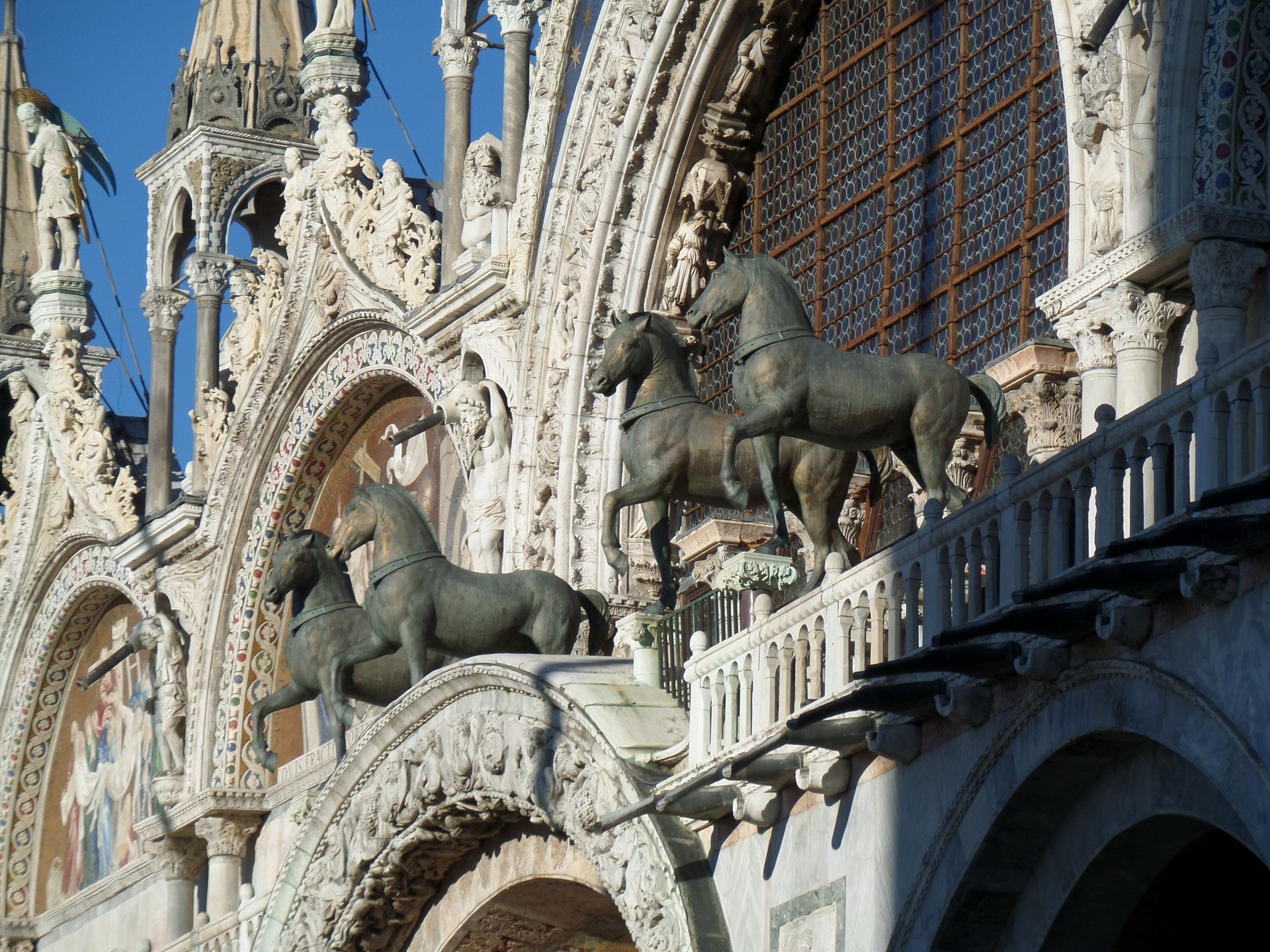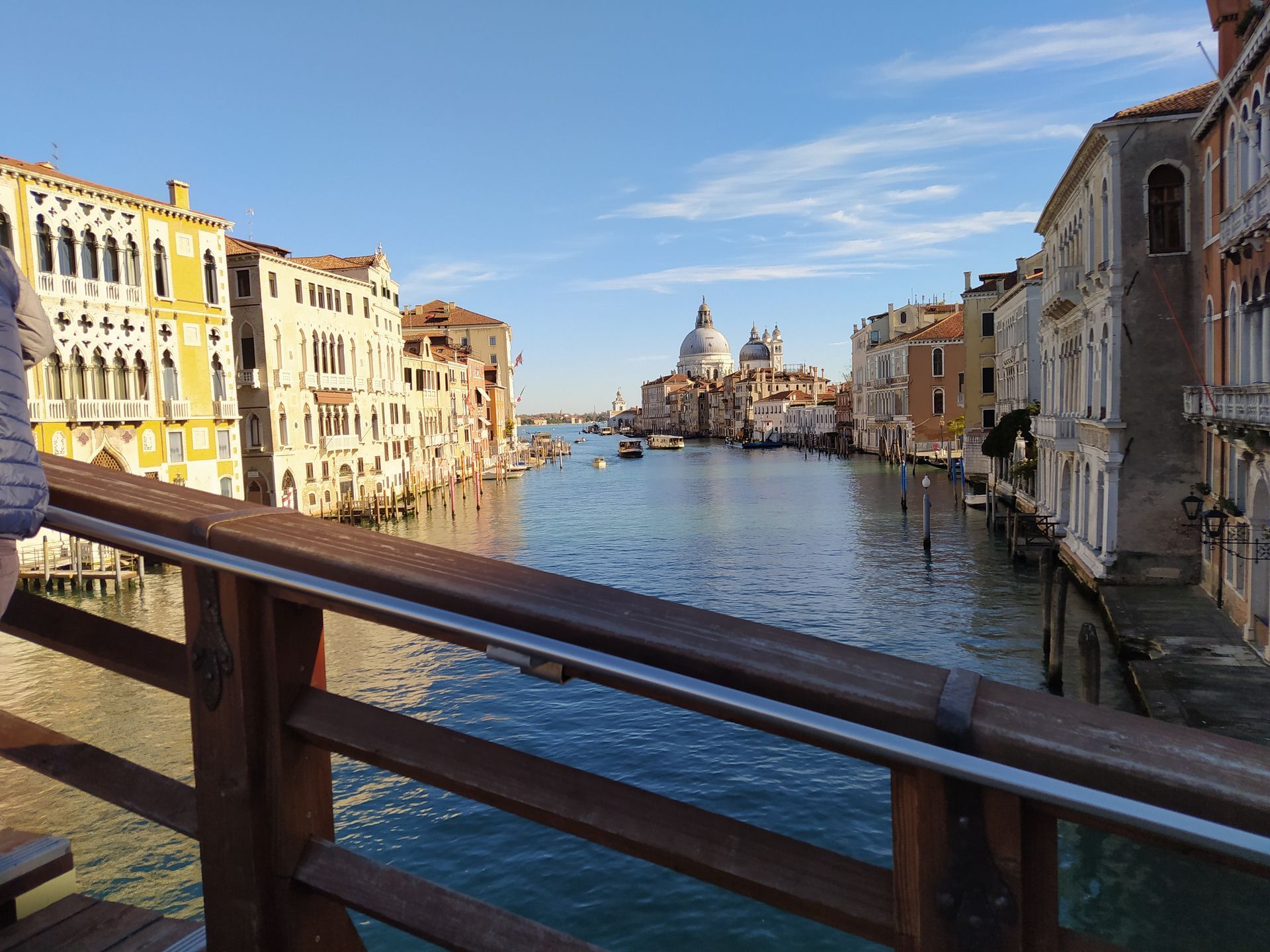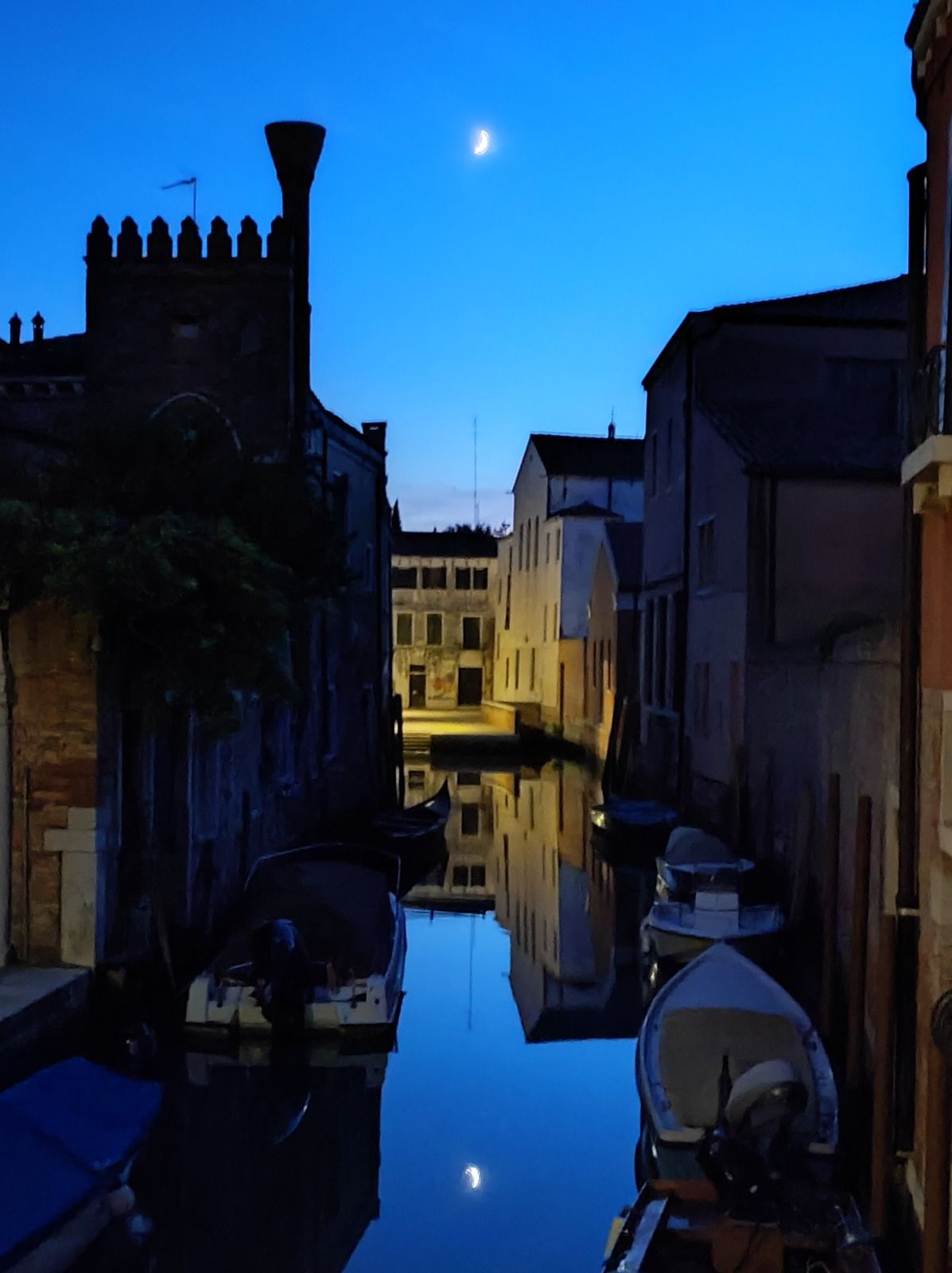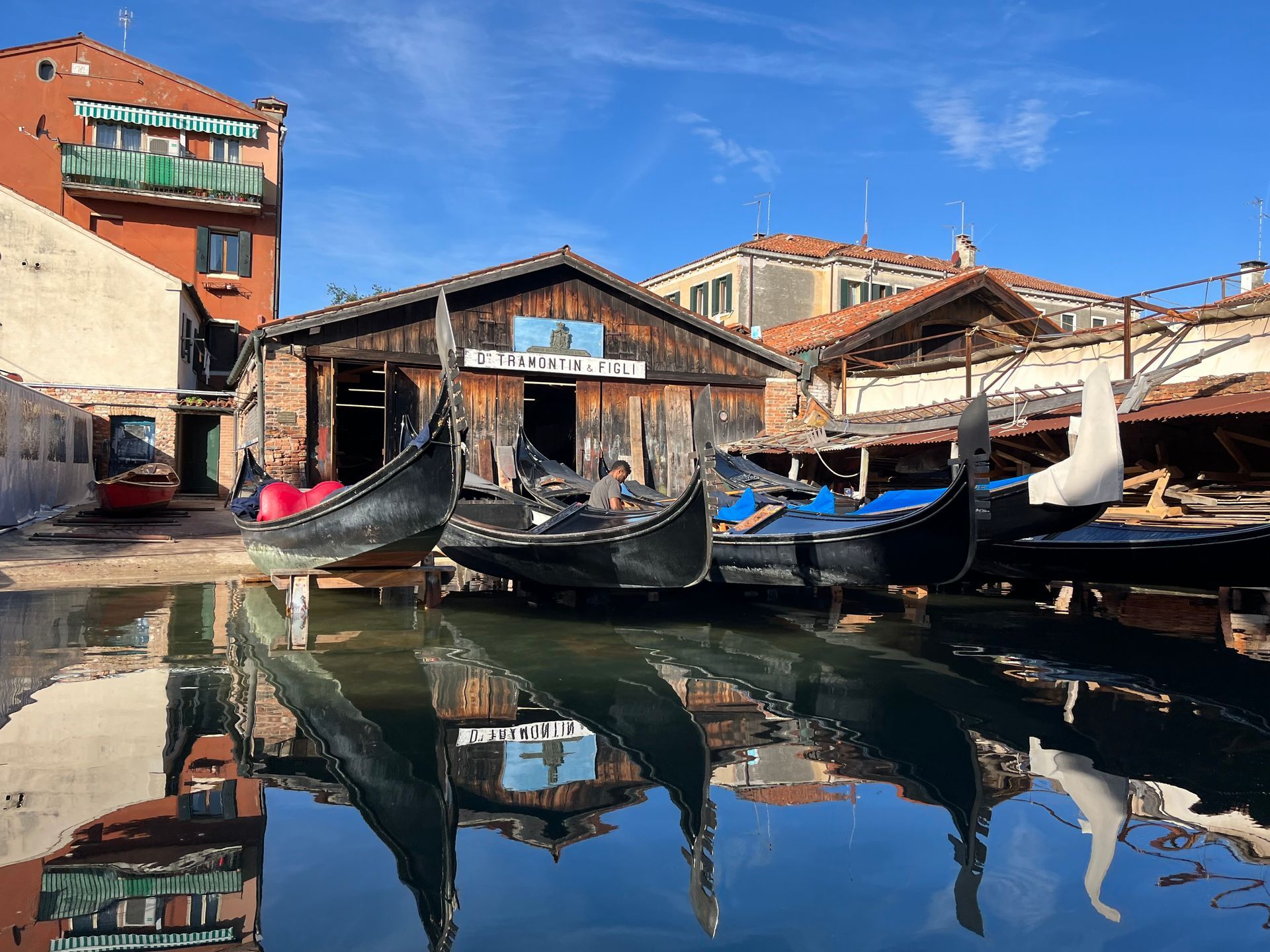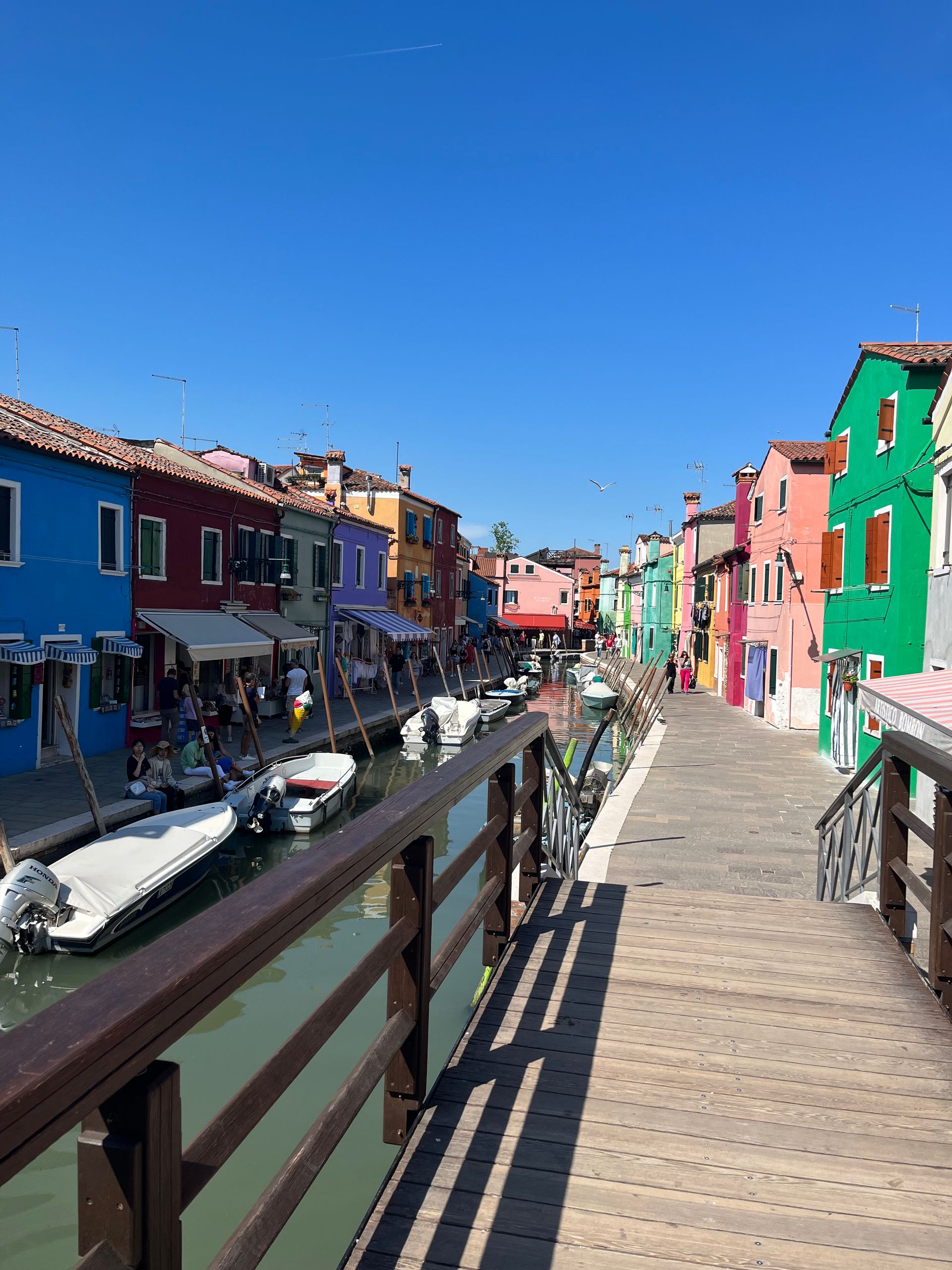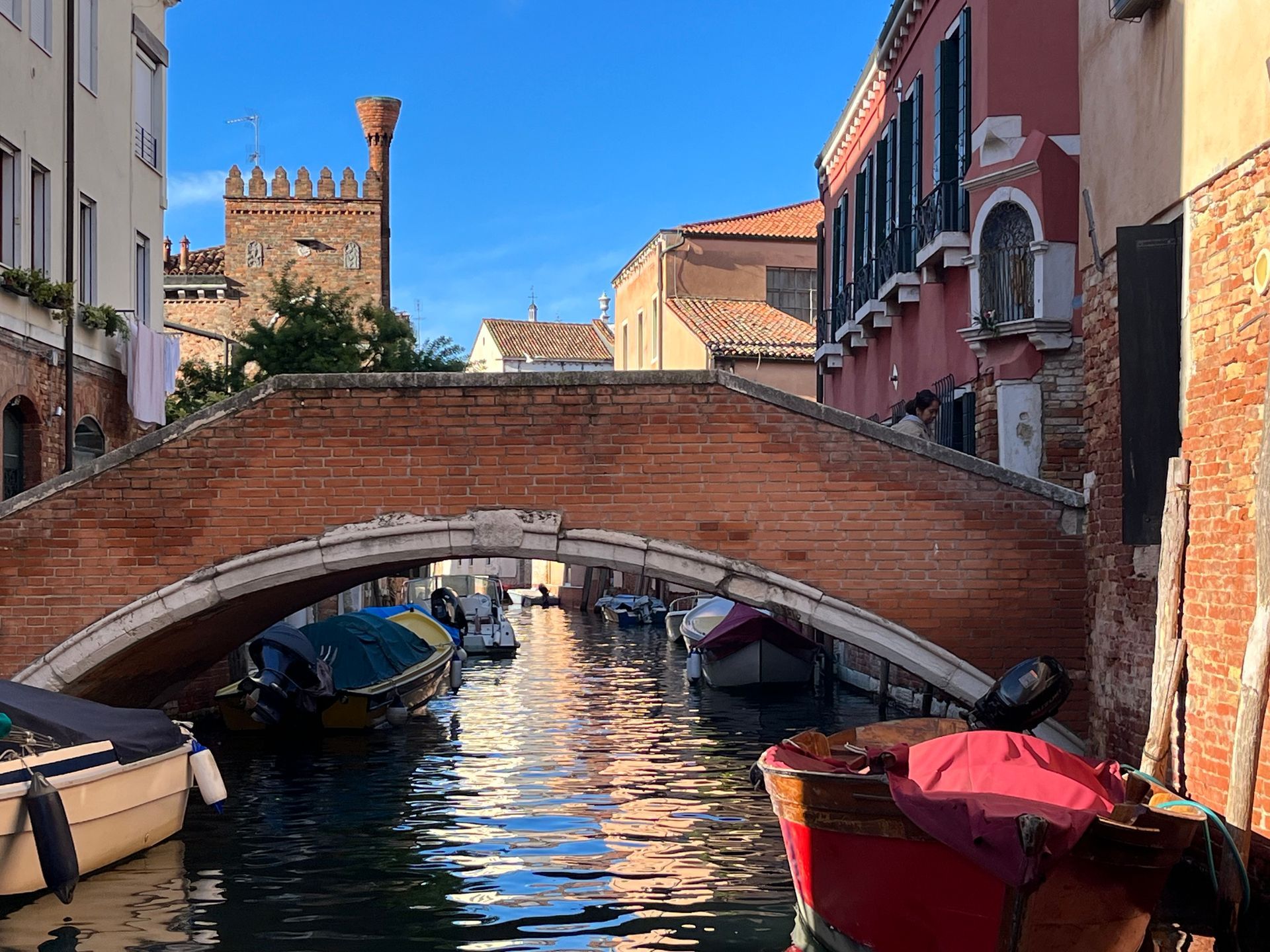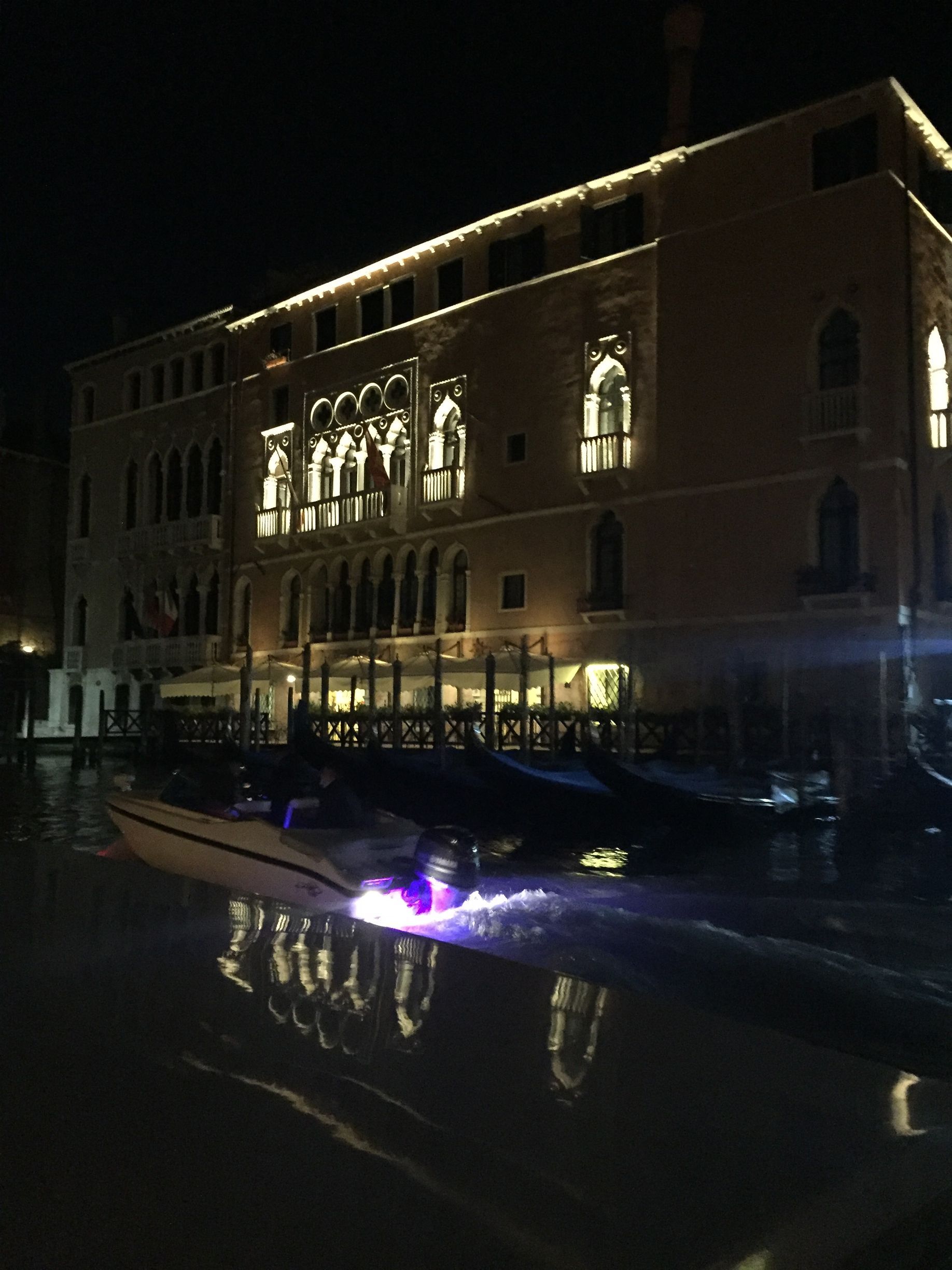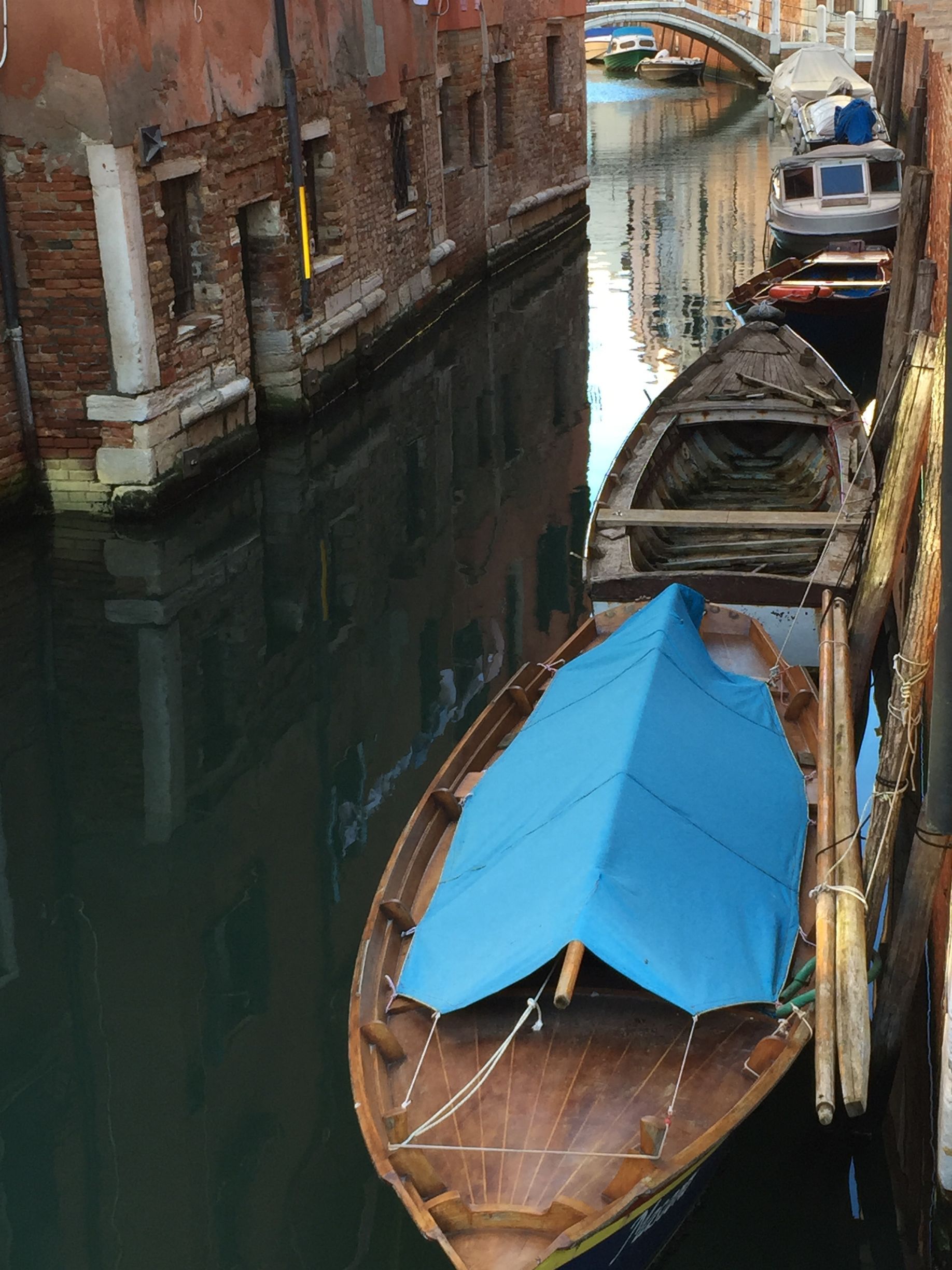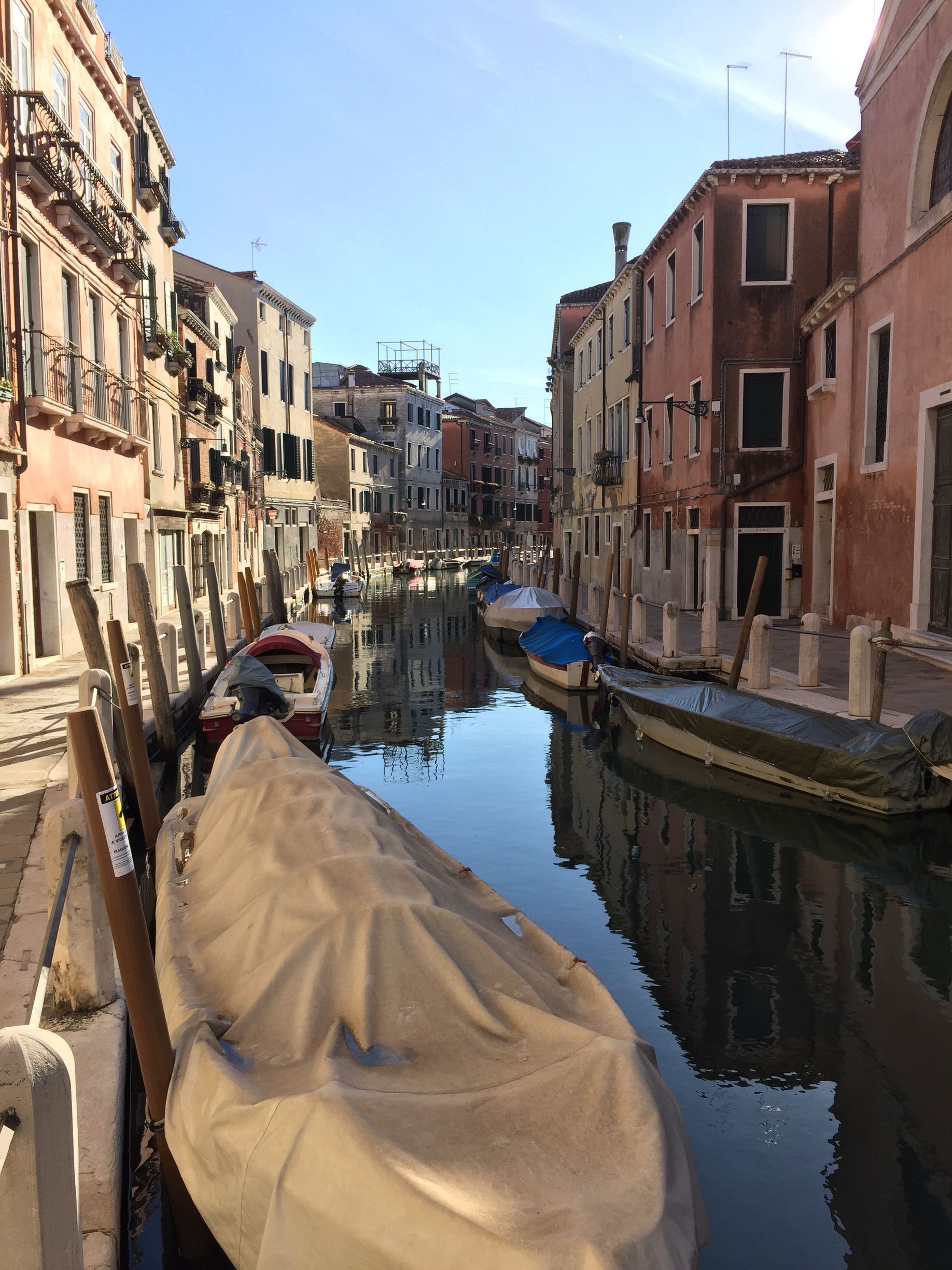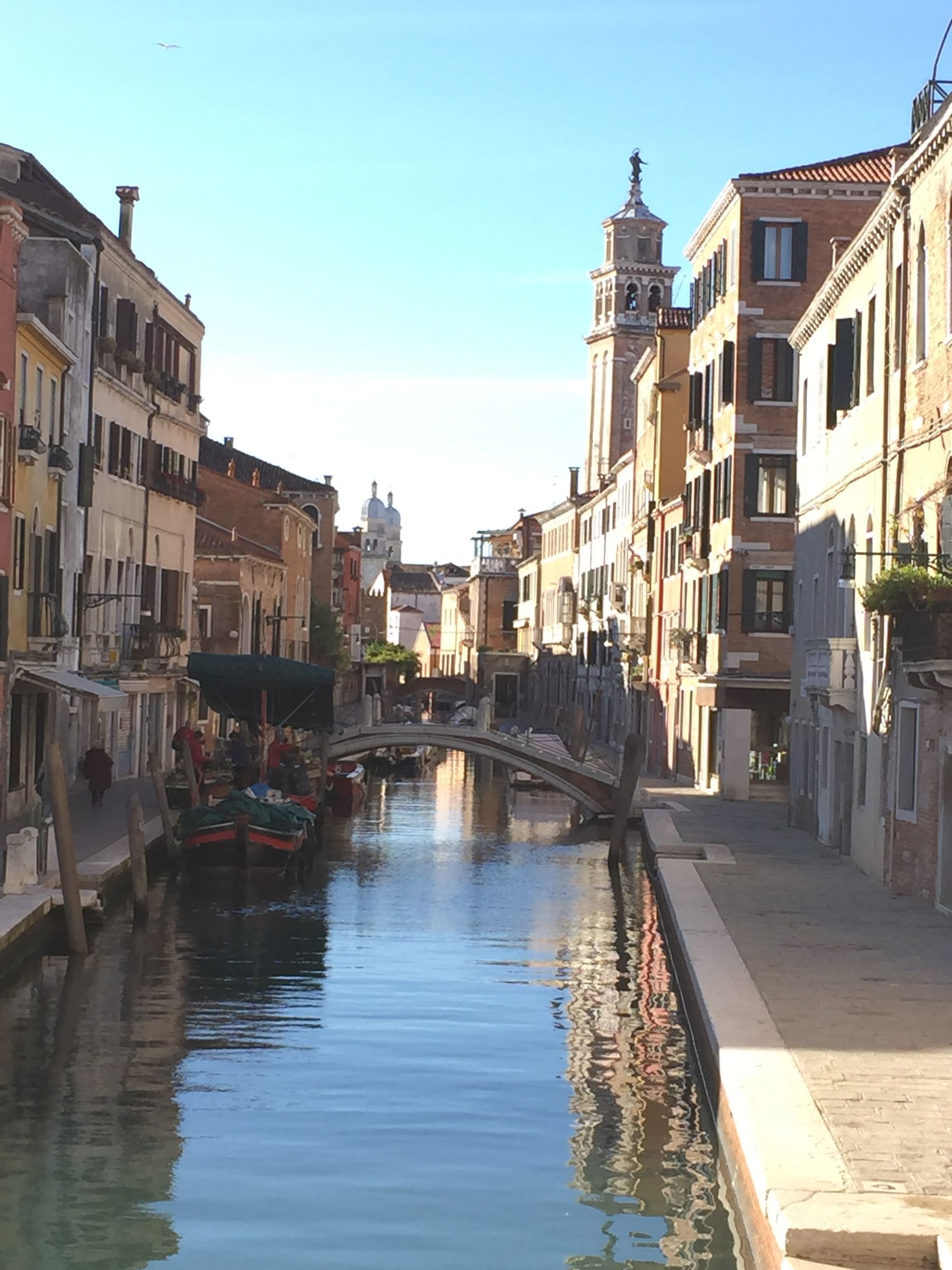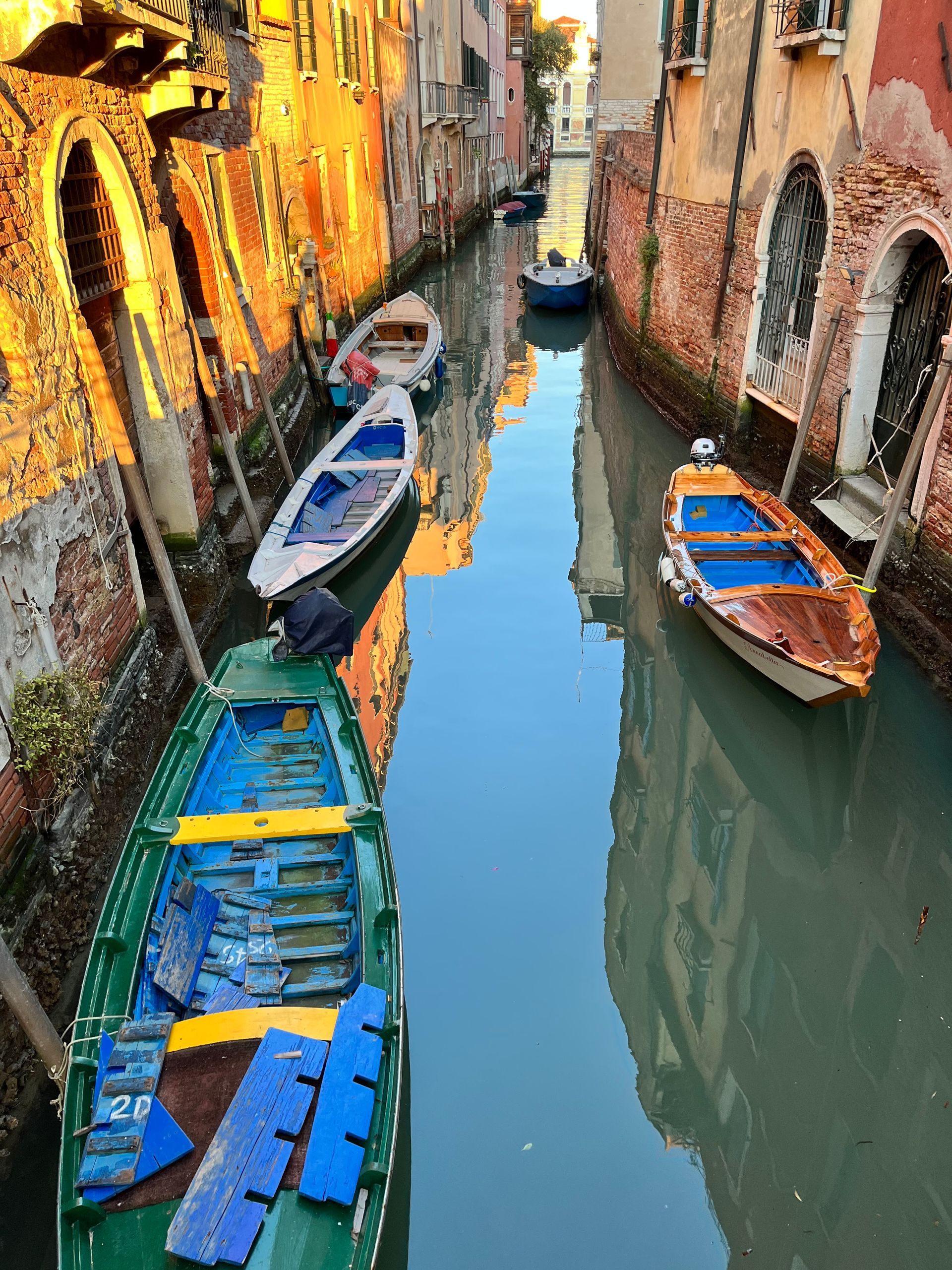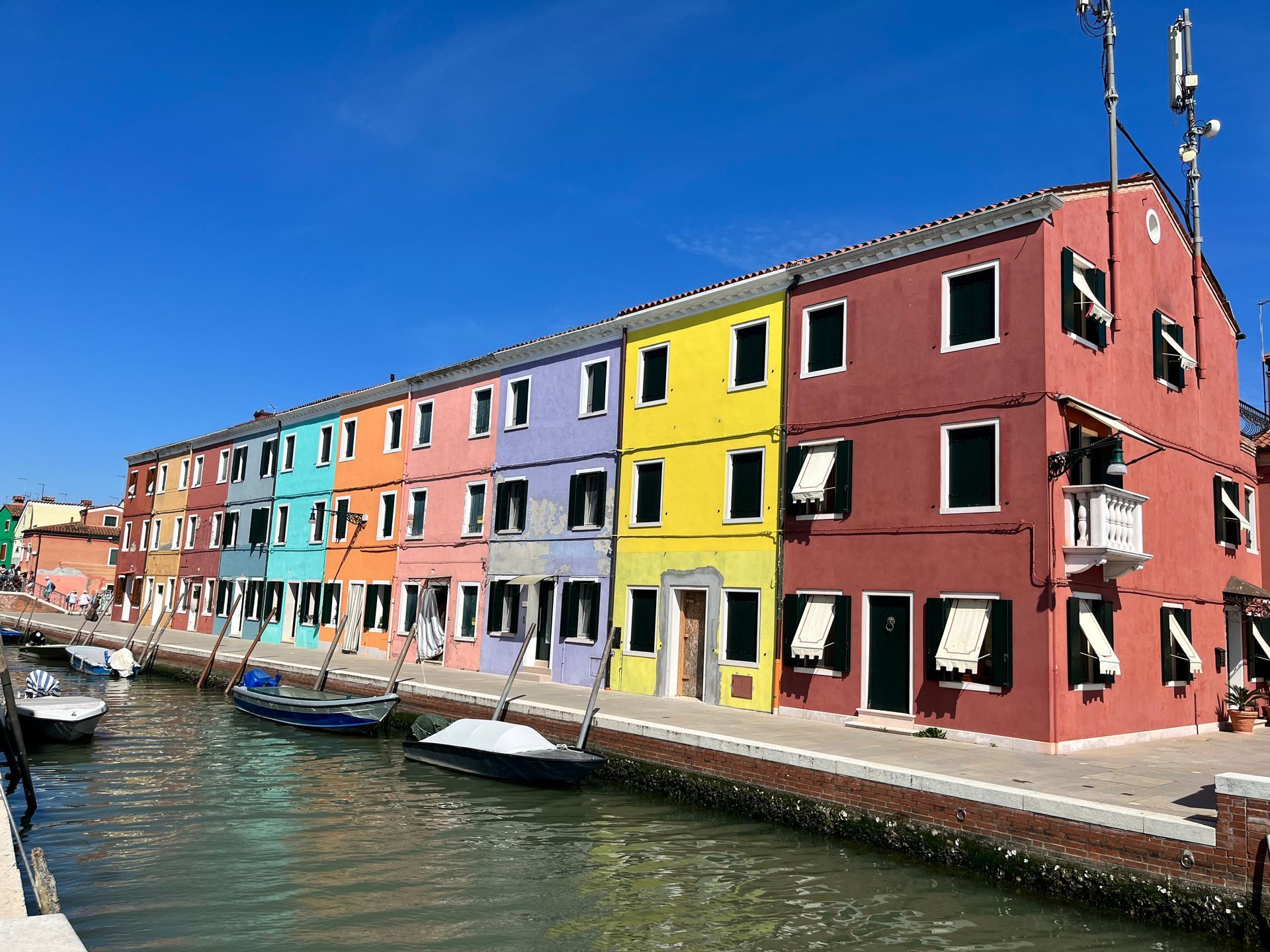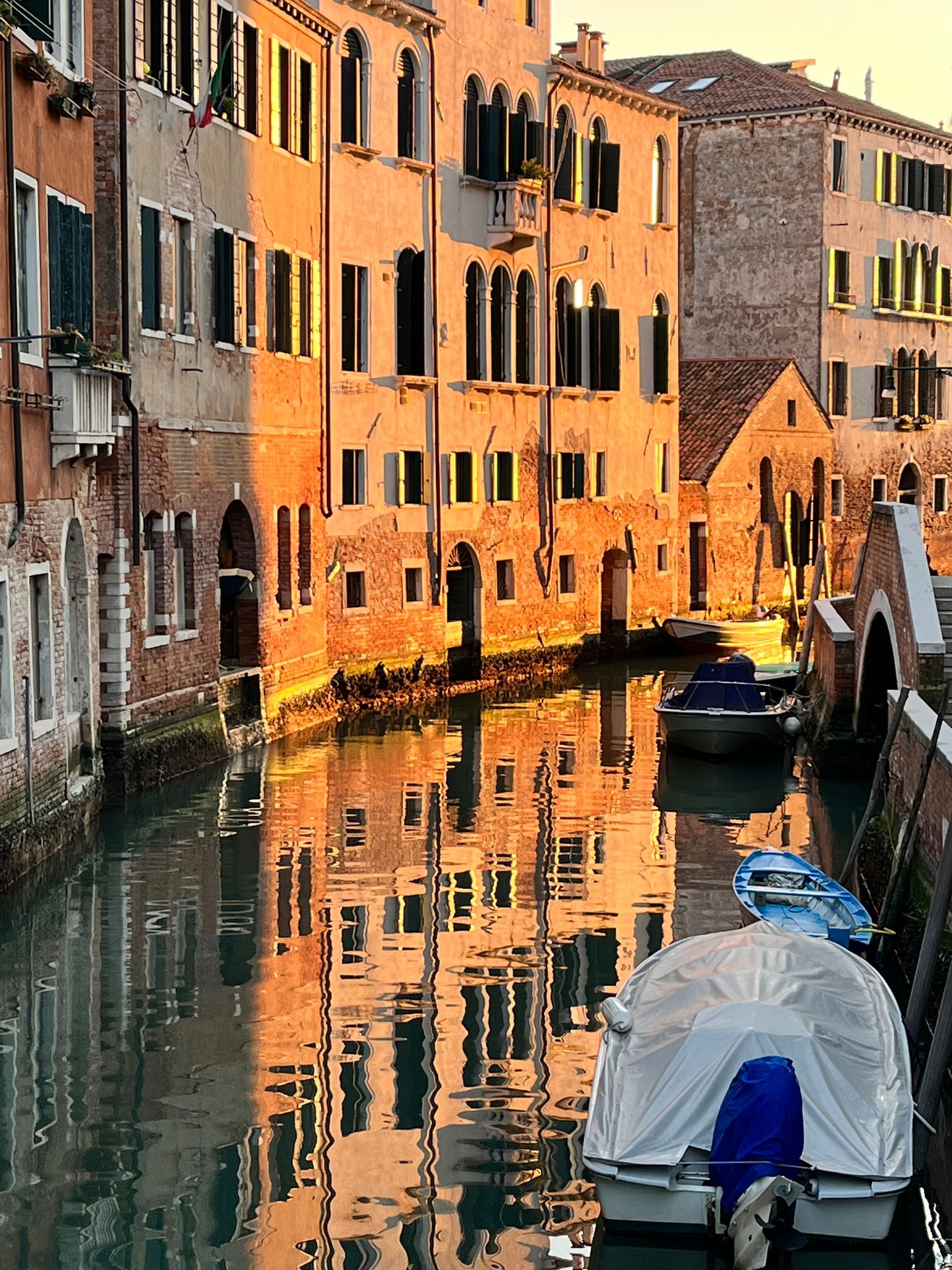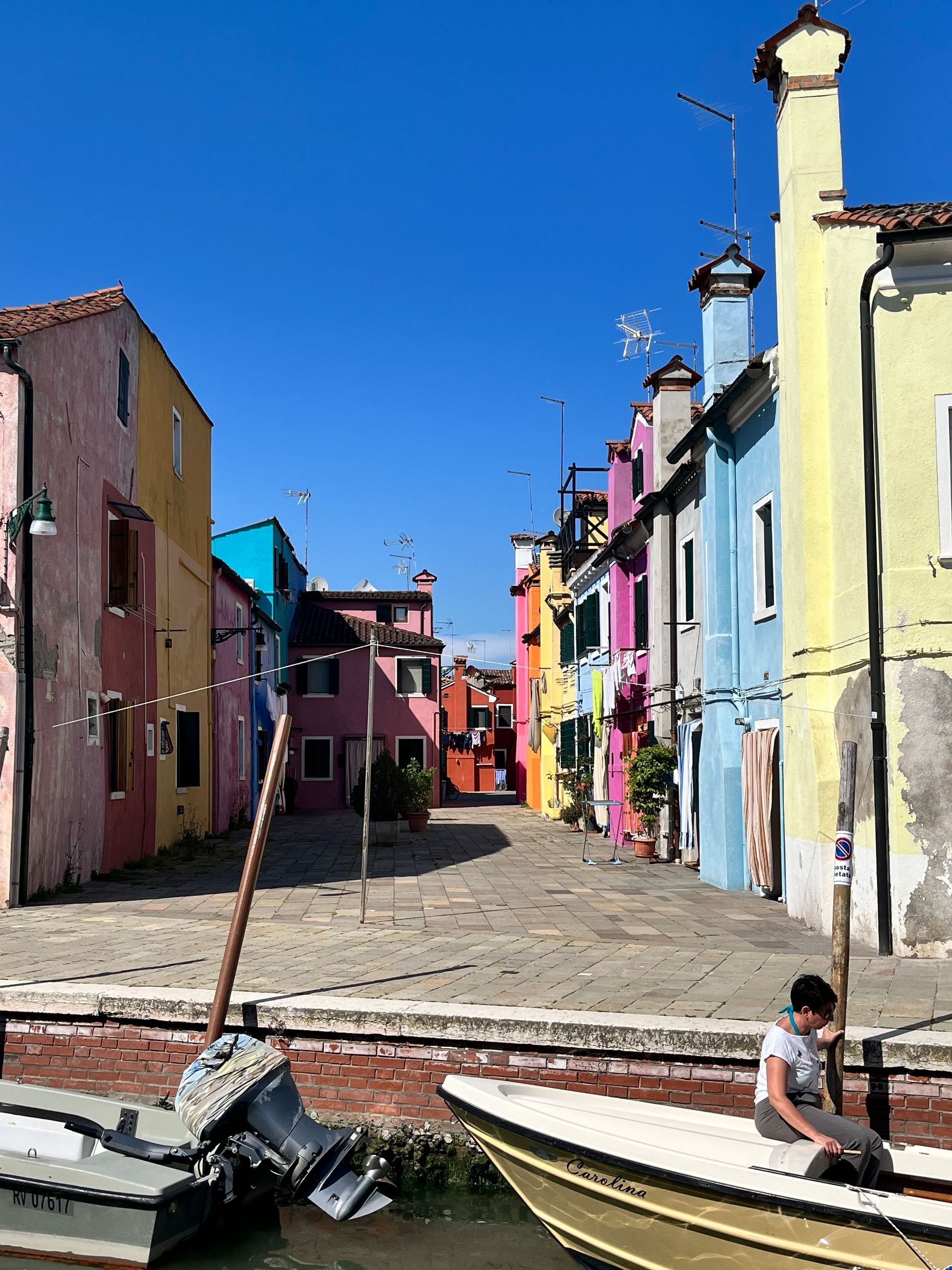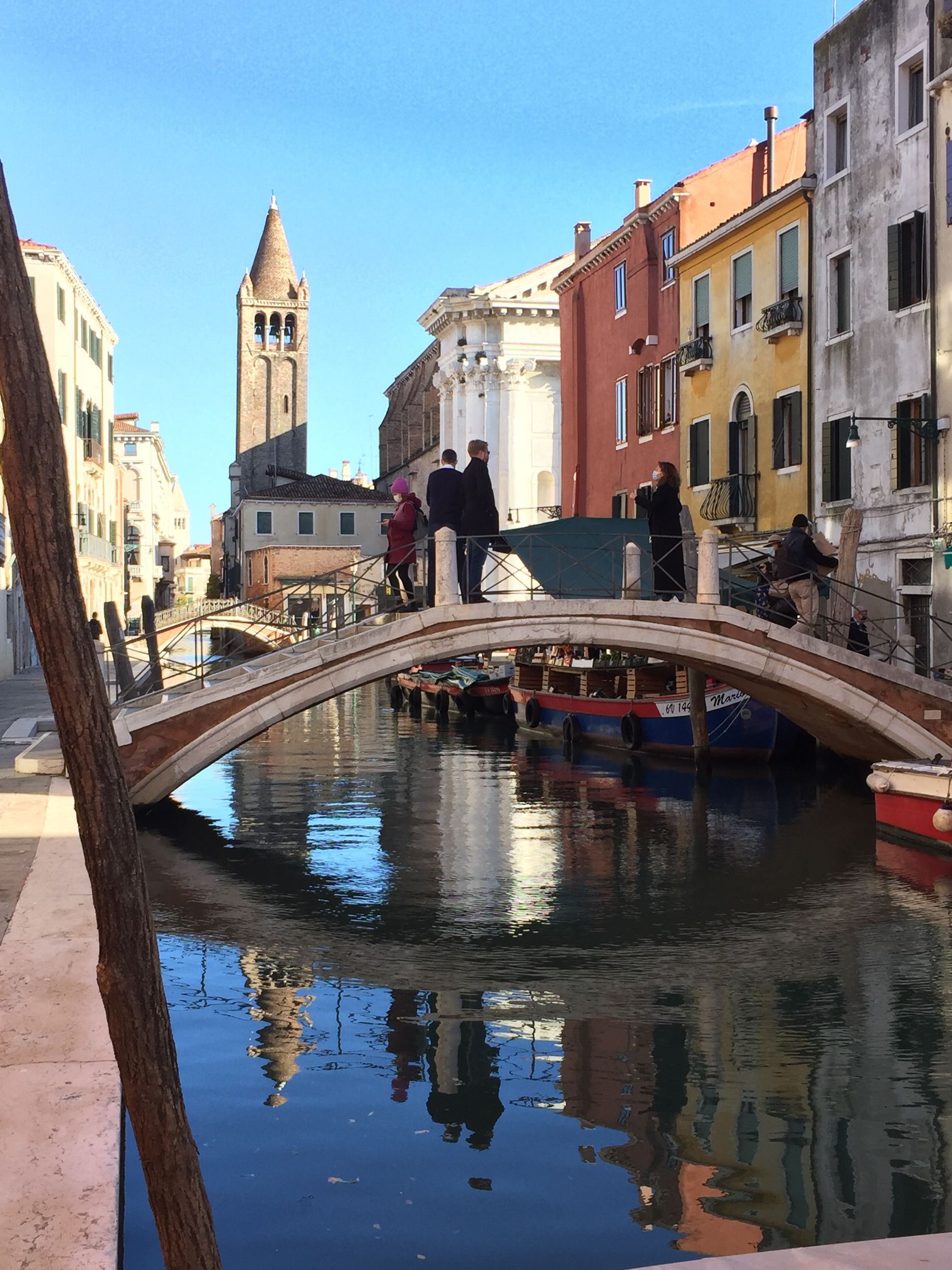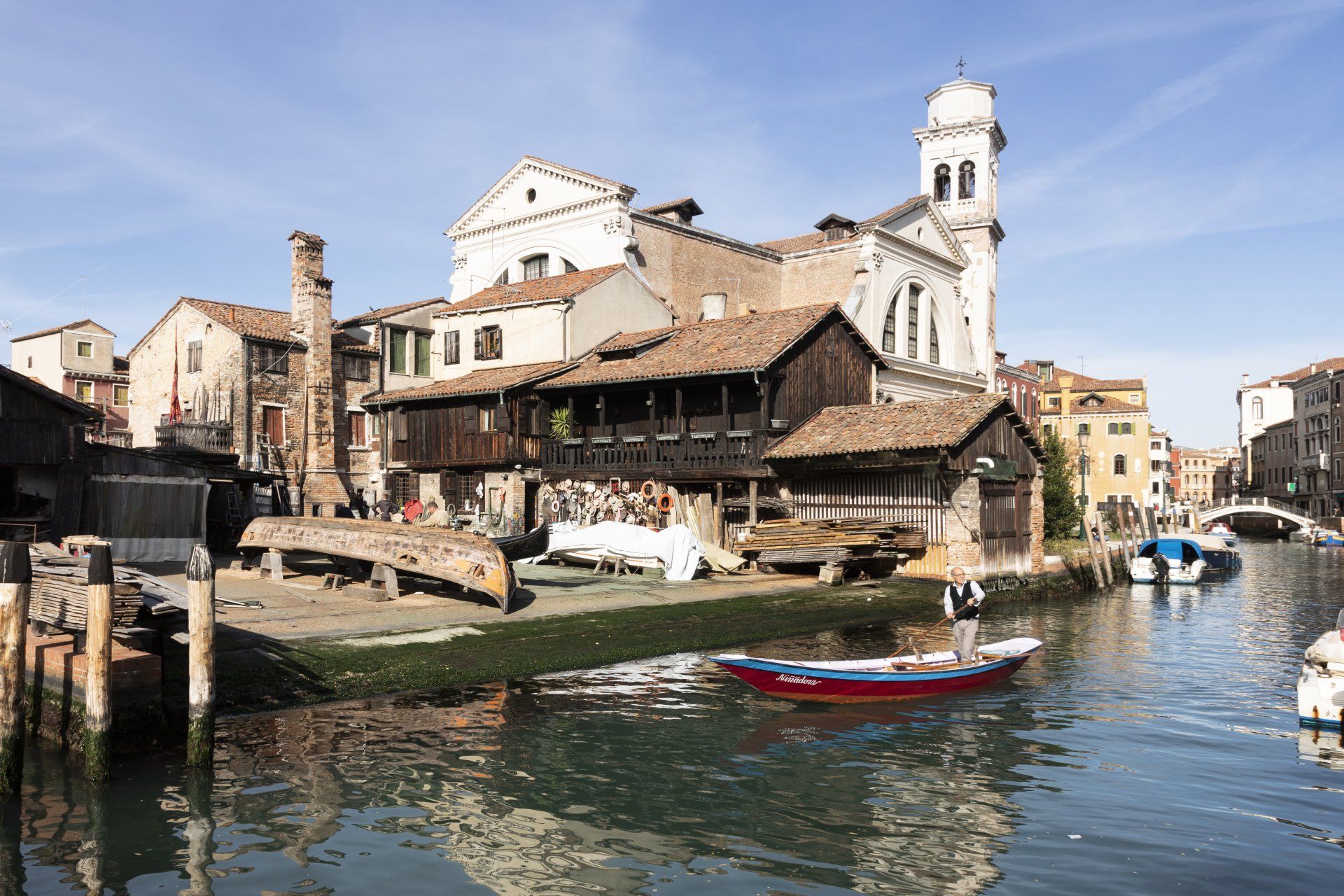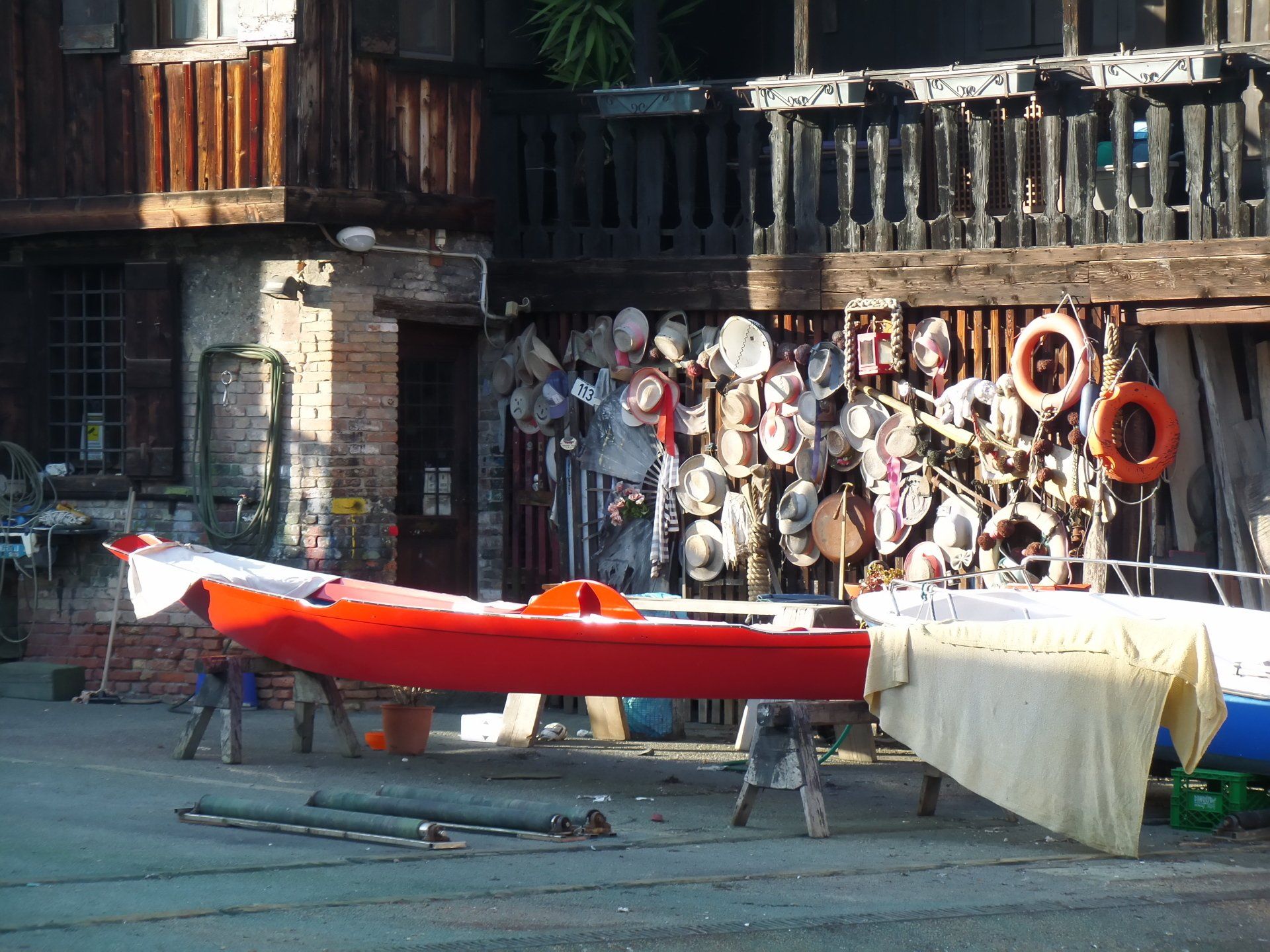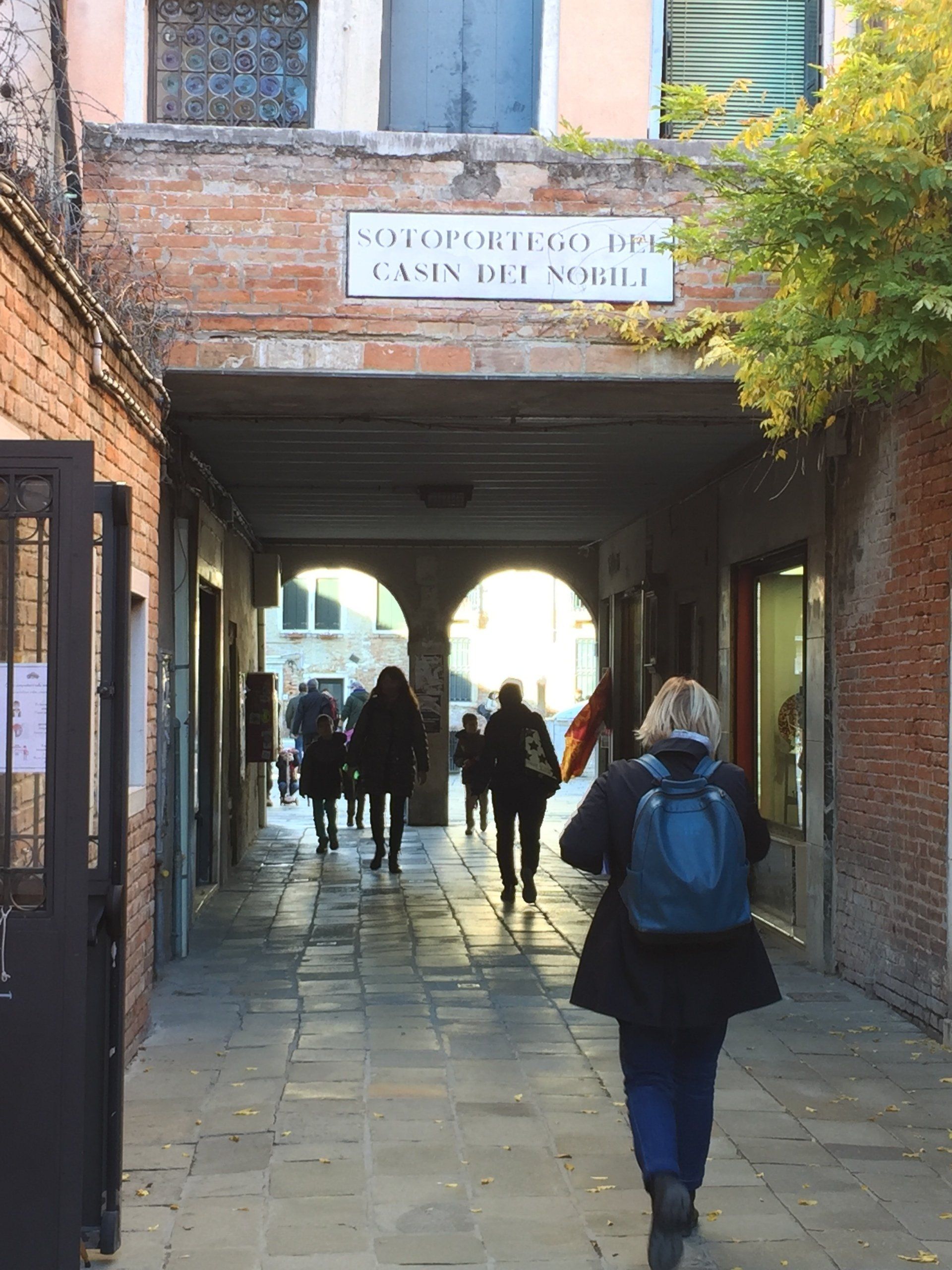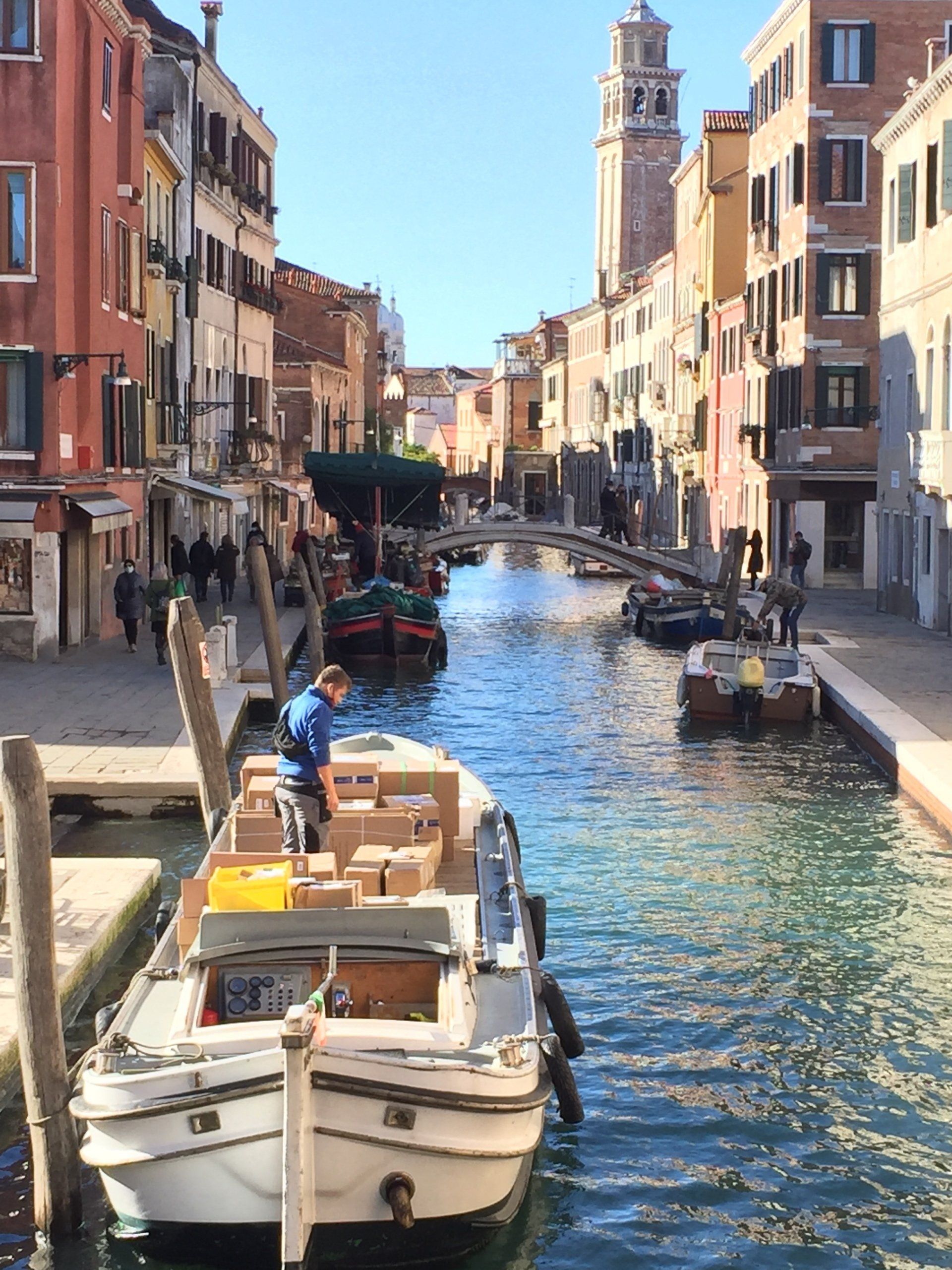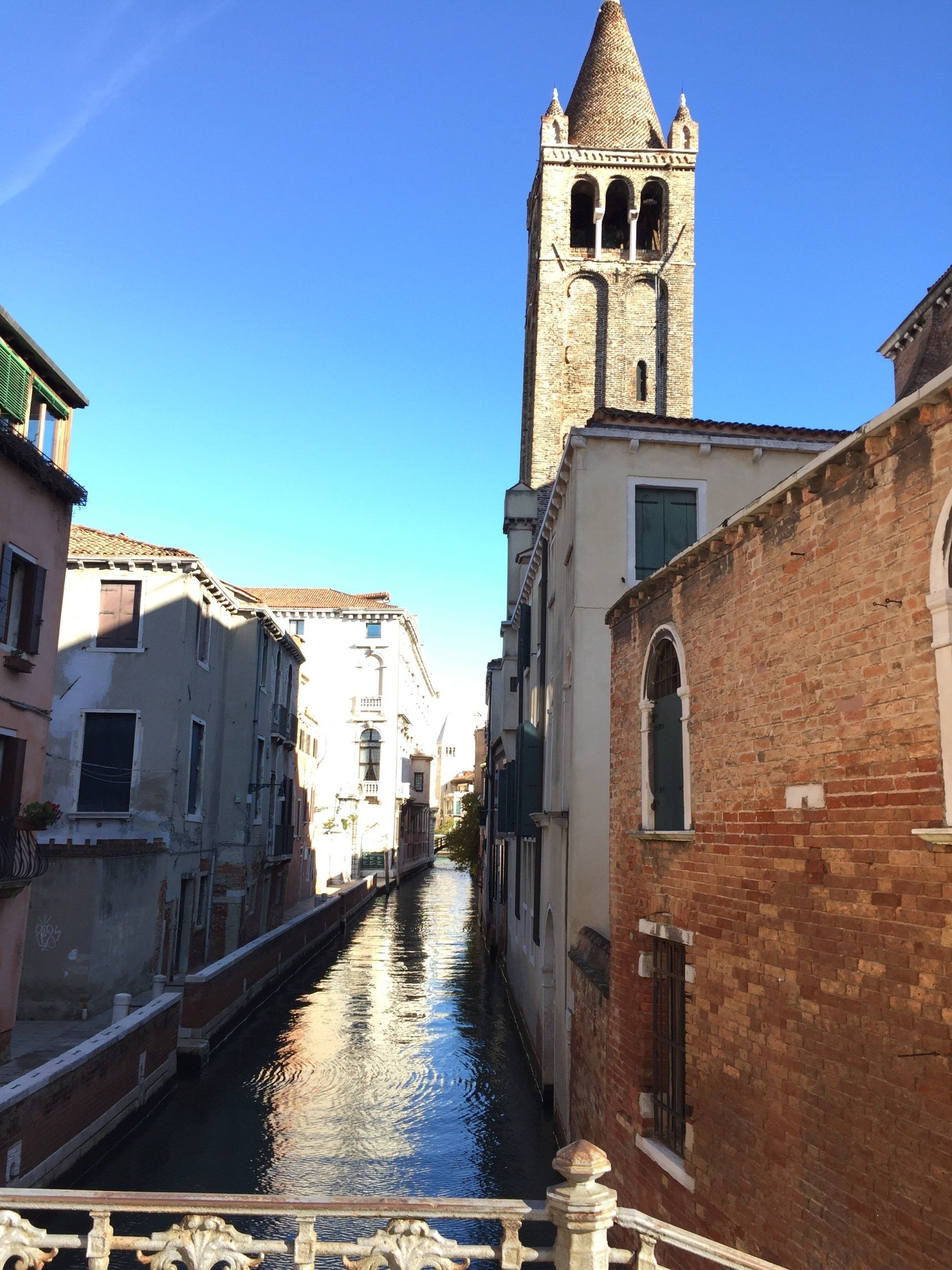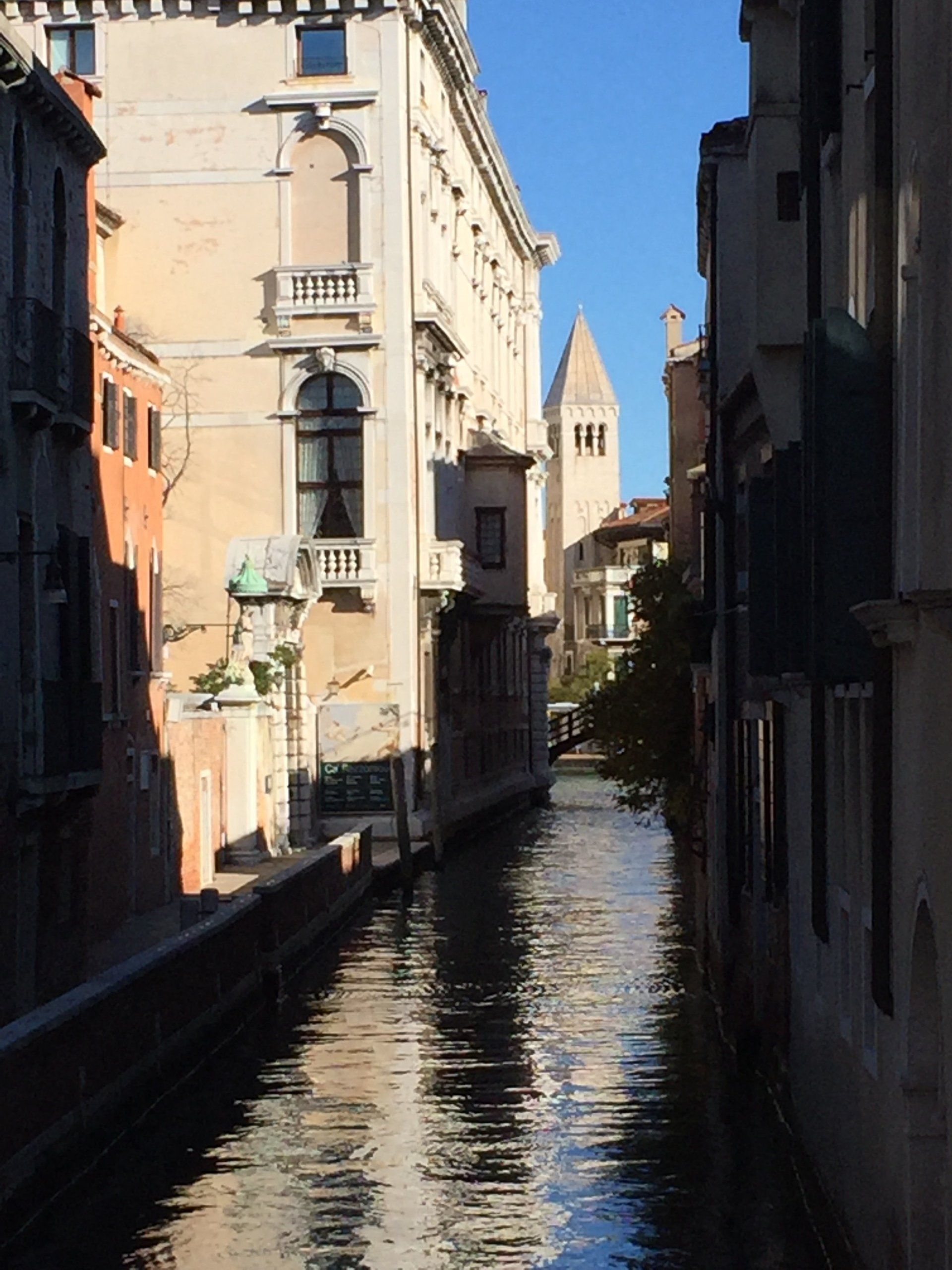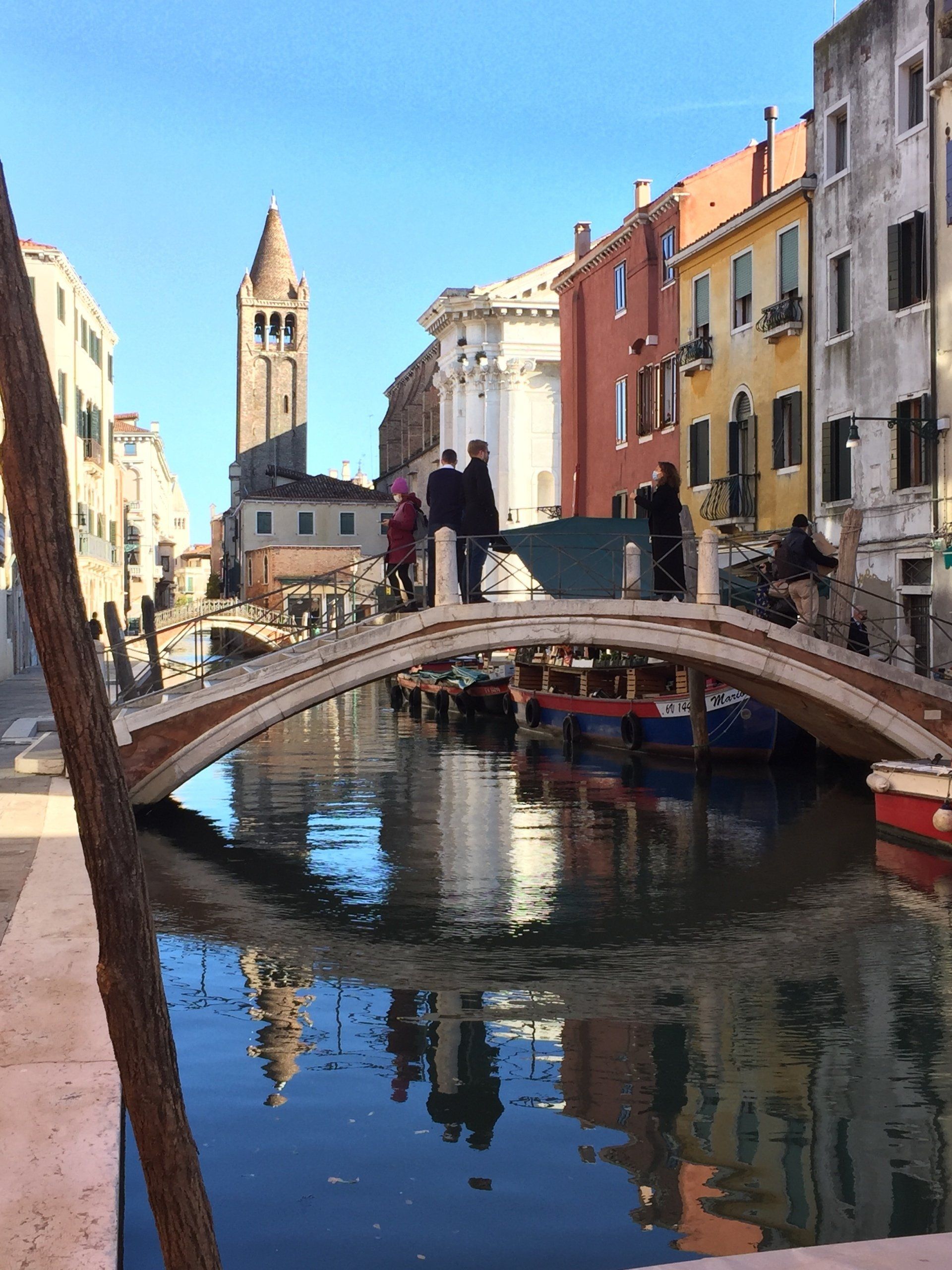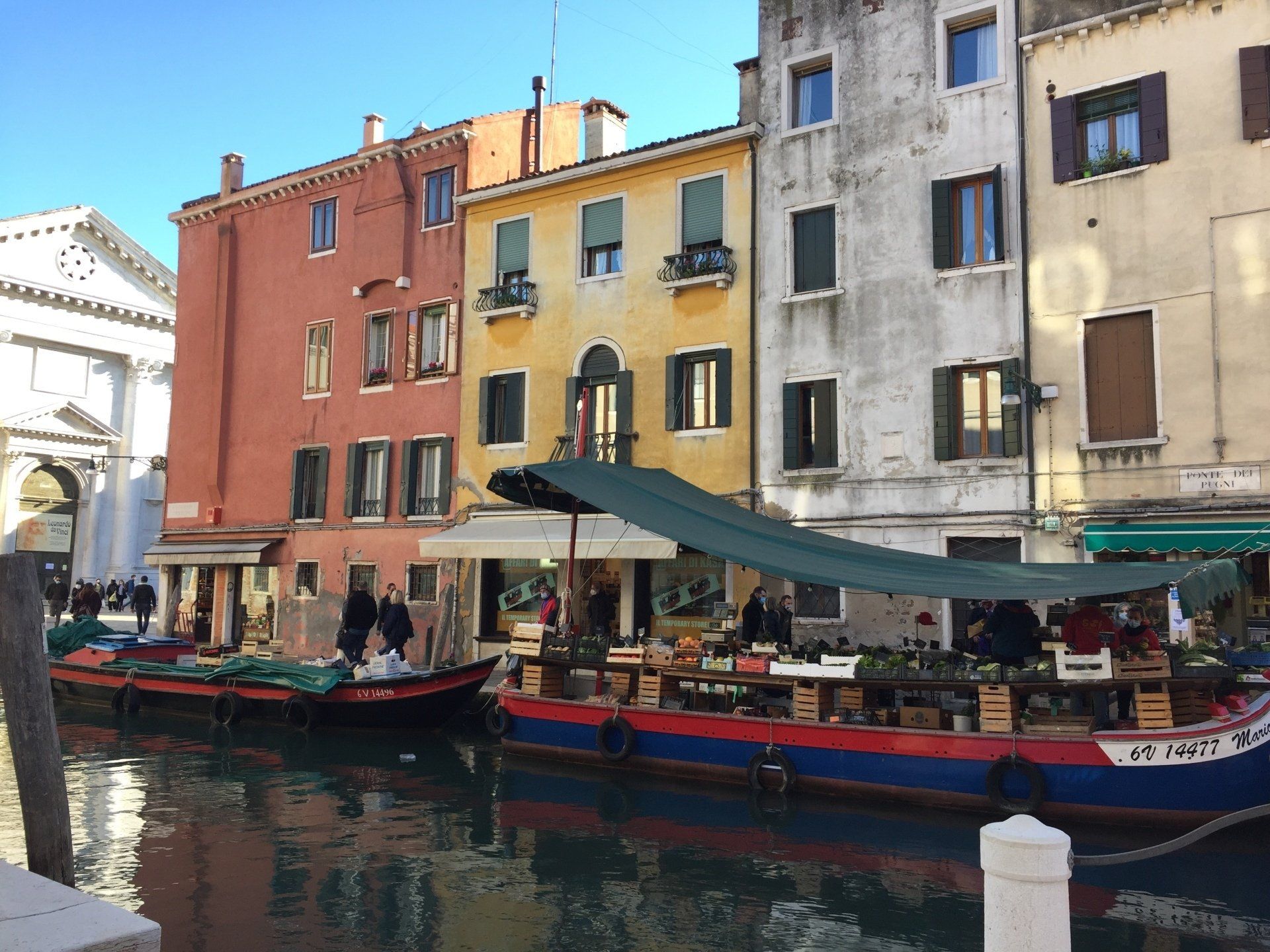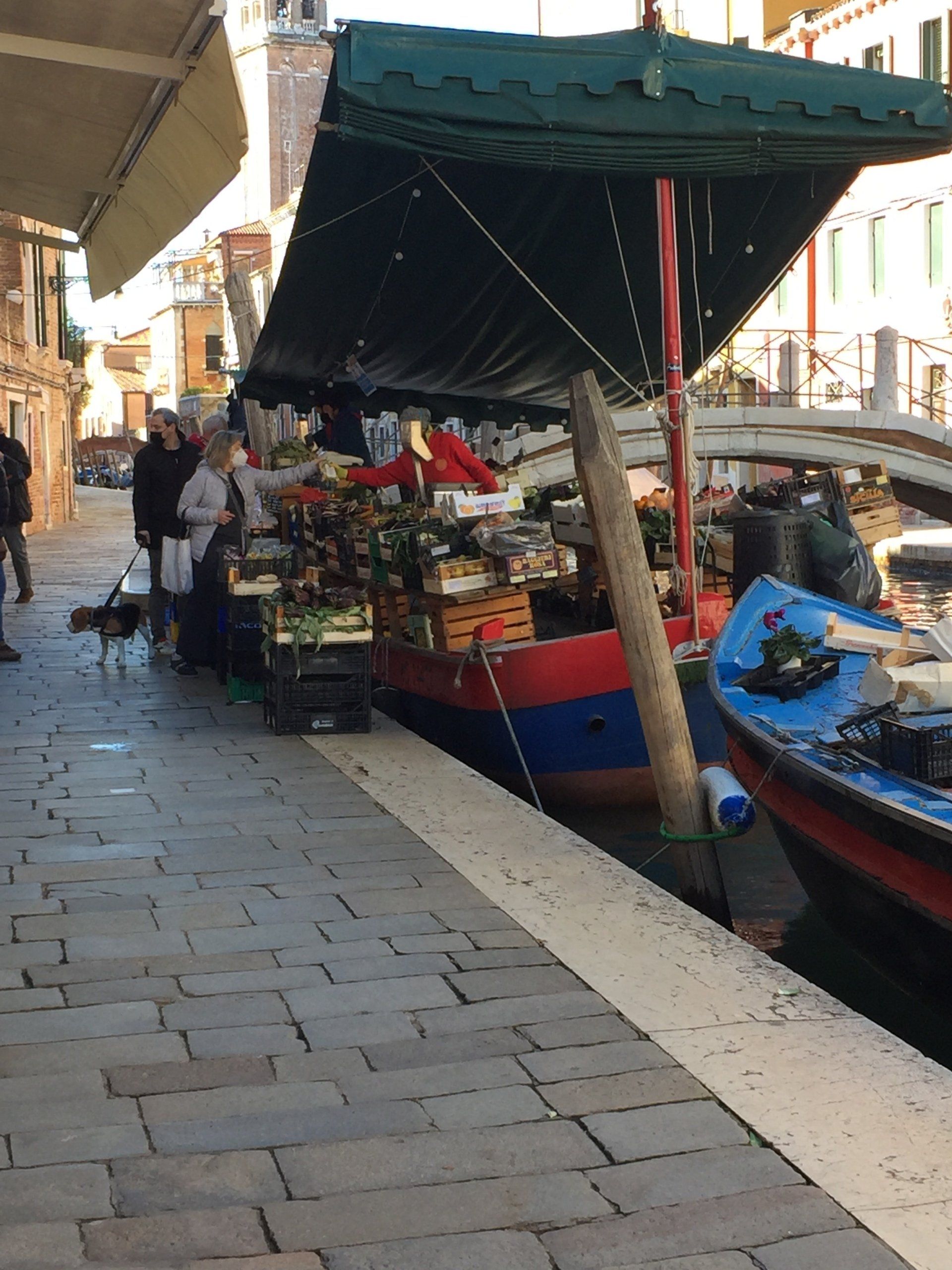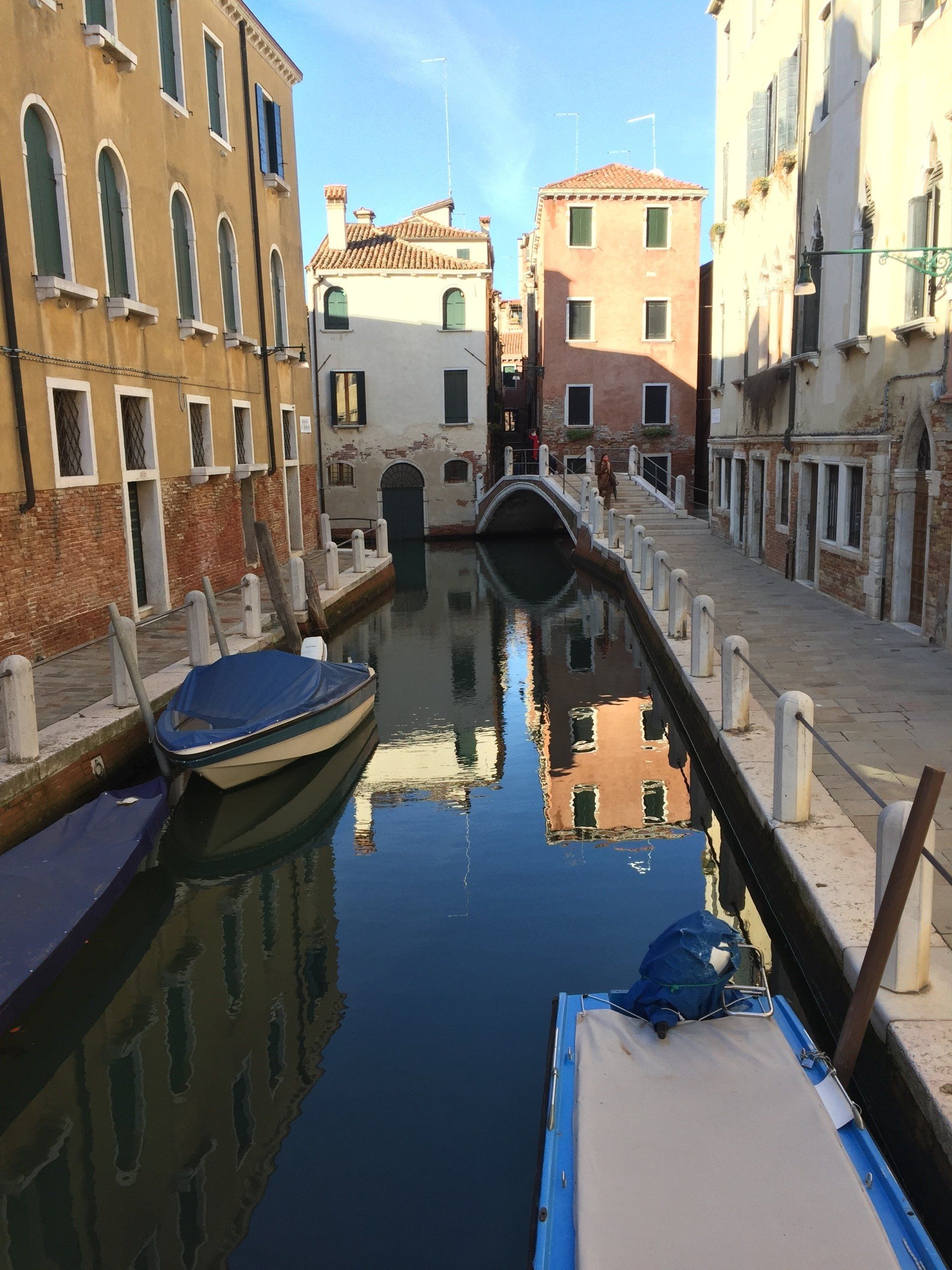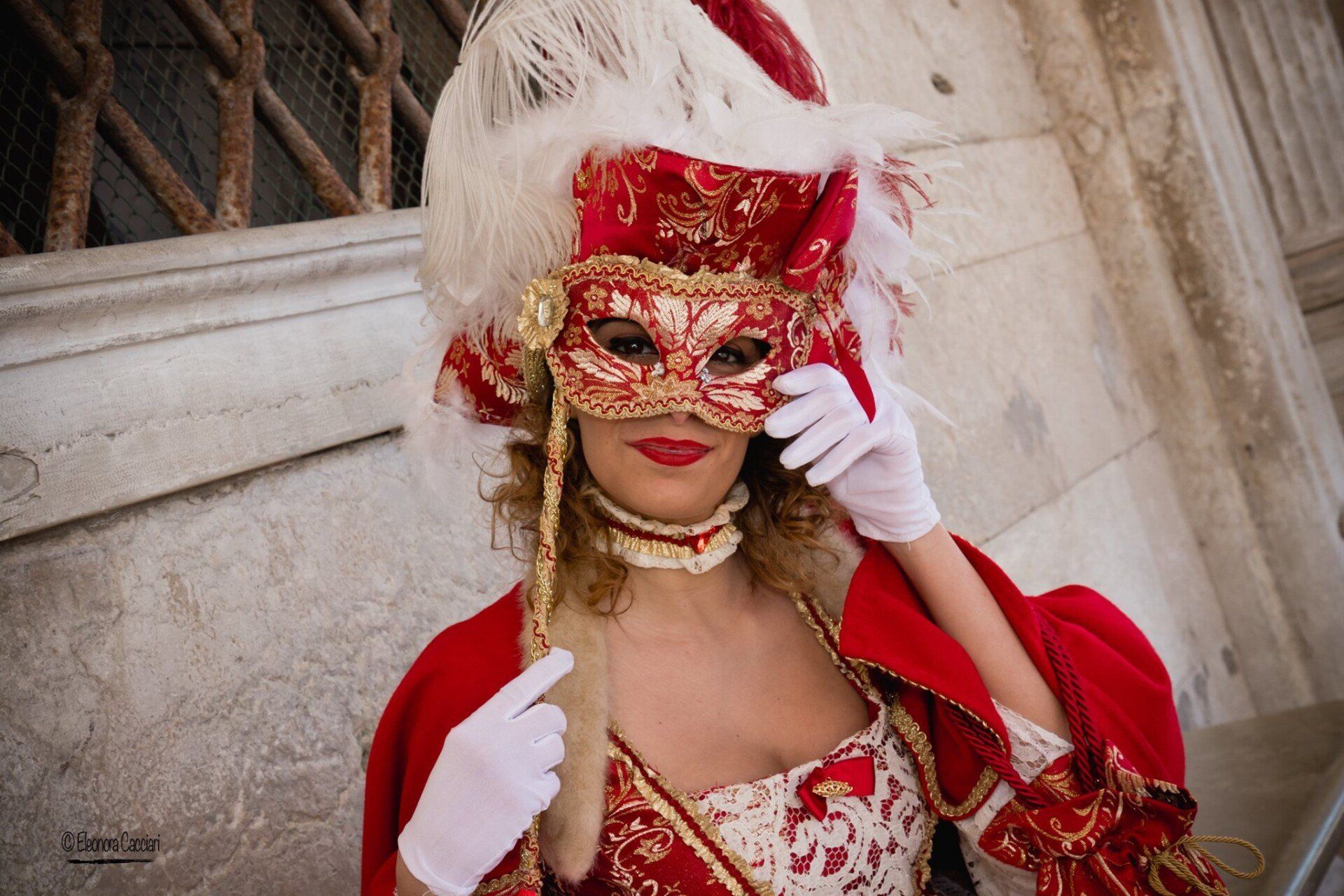The House in Venice
The “Ea casa de mì 2” apartment is located in Venice Dorsoduro 2890A, it can be reached on foot or by vaporetto from Piazzale Roma (bus and taxi station) or from the train station. The closest vaporetto stop is Ca' Rezzonico and is a five-minute walk from the property. From Ca' Rezzonico continue along the street until Campo San Barnaba, turn right and then onto the left bank, Fondamenta Gherardini, after 20 m. take the Ponte dei Pungni on the right and continue straight on the Rio Terrà Canal, at the end of the street turn left onto Campo Santa Margherita, follow the block on the left leaving the square on the right and at the end of the block about 100 metres, on the left, there is Rio Terà de la Scoazzera, you have arrived, the third to last door on the right is 2890A “ea casa de mi 2”.
The property dates back to around 1600, located on the ground floor with independent entrance, completely renovated in 2022/2023 maintaining the original exposed beams, with new furniture, floors and bathroom, it has an area of 55m2 with three meter high ceilings . The structure includes: entrance, kitchen, bedroom (with double bed 160x200), bathroom with window, bidet shower, WC, living room with sofa bed (160x200). The apartment is for 2 people with 4 beds. All systems are new and compliant with regulations, as is the internal structure itself, which has been completely redesigned.
Photo
Apartment amenities
- Books in multiple languages Board games Dual-split air conditioning USB wall sockets 2 Full-HD 4K Smart TVs 2 Free Netflix account without advertising WI-FI 2.4GHz/5GHz free Heating and hot water
- Induction cookerMicrowave ovenFridge with freezerToasterKettleComplete kitchen kitWashing machineDryer
- HairdryerShampoo Body washSoapBath towelsToilet paperBed linenClothes airerIron and ironing board
- Safety deposit box First aid kit 2 Smoke and CO2 detectors Fire extinguisher Motorized armored entrance door with combination lock Exterior security camera
Rules
- Pets not allowed Smoking is prohibited inside It is forbidden to hold parties or gatherings It is forbidden to accommodate unregistered people Take care of the house and furnishings
Services and distances
LOCALS
within a radius of 100 m
- 2 bakeries, 8 bars, 26 restaurants, 3 artisanal gelaterias, 5 pizzerias, 6 bakeries (typical taverns/bars), 3 pastry shops, 2 wine bars, 1 Jazz Club
SERVICES
within a radius of 100 m
- 2 hairdressers3 pharmacies1 laundry1 supermarket 1 book and record shopClothing, Masks..Antique books
PUBLIC TRANSPORT
- Ca' Rezzonico water bus stop 5min (Line 1)Bus/Car Piazzale Roma 10minTrain Central Station 15minPeople Mover 12min
DISTANCES
- Piazzale Roma 12min.Campo San Barnaba 2min.Accademia Bridge 10min.Piazza San Marco 20minRialto Bridge 20min.Teatro La Fenice 14min.Peggy Guggenheim 12minBasilica la Salute 15min
Historical notes
Campo Santa Margherita is in the heart of the Dorsoduro district, on the route to Piazza San Marco via Accademia, halfway between Piazzale Roma and the Accademia bridge, it is one of the oldest and liveliest areas of Venice. Next to the eighteenth-century neoclassical church, we find the famous "Ponte dei Pugni", which was used as a front to resolve city disputes with fists; the team that conquered the bridge won and the losers ended up in the water. Here in 1585 the War of the Fists took place between two important city villages: the Nicolotti of San Nicolò dei Mendicoli and the Castellani of San Pietro di Castello.
Campo Santa Margherita, less than 1 minute walk away, is the lively and young hub of the city's nightlife, a meeting point for an aperitif with bacari, restaurants and clubs of all kinds. Near the apartment, there are the two oldest shipyards in the city, Tramontin in Campiello Sartorio and San Trovaso not far away, also on the Fondamenta Ognissanti on the opposite side, opposite is the bacaro of the same name which is always very popular. Dorsoduro was at the center of ancient Venice. This part of the city was one of the first to be built as it was located on a small island of compact soil, on which houses and artisan workshops could be built.
“Ea casa de mì2” like “Ea casa de mì” are magical places, where you can peacefully experience the spirit of the most beautiful city in the world, there are no words that can fully describe Venice and its places, only living them in the heart of it leaves a unique and indelible memory. The slow rhythms and everyday life that flows all around are the starting point for an unforgettable holiday. Our homes represent a safe place to rest, after returning from the long walks that Venice requires.
Position
Contacts
Historical and cultural insights
The Dorsoduro district occupies the southern sector of the city and extends over 92 hectares; the island of Giudecca belongs to this district from an administrative point of view. The area is made up of a group of islands which includes the districts of S. Nicolò dei Mendicoli, Angelo Raffaele, SS. Gervasio and Protasio, San Basilio, S. Agnese etc., and as some want, also of San Benedetto, and San Trenità.
It is believed that it was so called because its terrain rose above the surrounding area like a ridge and was at the same time very firm and consistent. The other name it had of Scopulo (rock) would confirm its elevation and consistency[1]. Braccolani, however, in his Brief News of the Island of S. Nicolò dei Mendicoli, suggests that Dorsoduro or, as it is called in some chronicles, Dossoduro, comes from the Dosduri family, one of the first to come from Padua to live there. Negri in Soggiorno in Venezia by Edmondo Lundylo would derive from deosumturris (beyond the tower), conjecturing that the Castel Forte di San Rocco, beyond which Dorsoduro extended, was equipped with some large tower, following the custom of the times. This part of the city was semi-deserted in the early days because it was exposed to the incursion of the barbarians. But Orso Partecipazio, elected doge in 864, assigned it to the homes of those men who were employed in his service, and who were called excusati because they were excused and free from any other office, or almost shielded, or squires. The Basegio, Polani and Bambolani families were also concentrated here, having already been banished due to hatred of parties, and then recalled from exile at the request of Emperor Ludovico. From all the districts making up the ancient Dorsoduro, except those of San Benedetto and Santa Trenità, if they were included therein, the current Sestier of Dorsoduro was formed, which mainly embraces the Giudecca, and the nearby island of San George Major.



